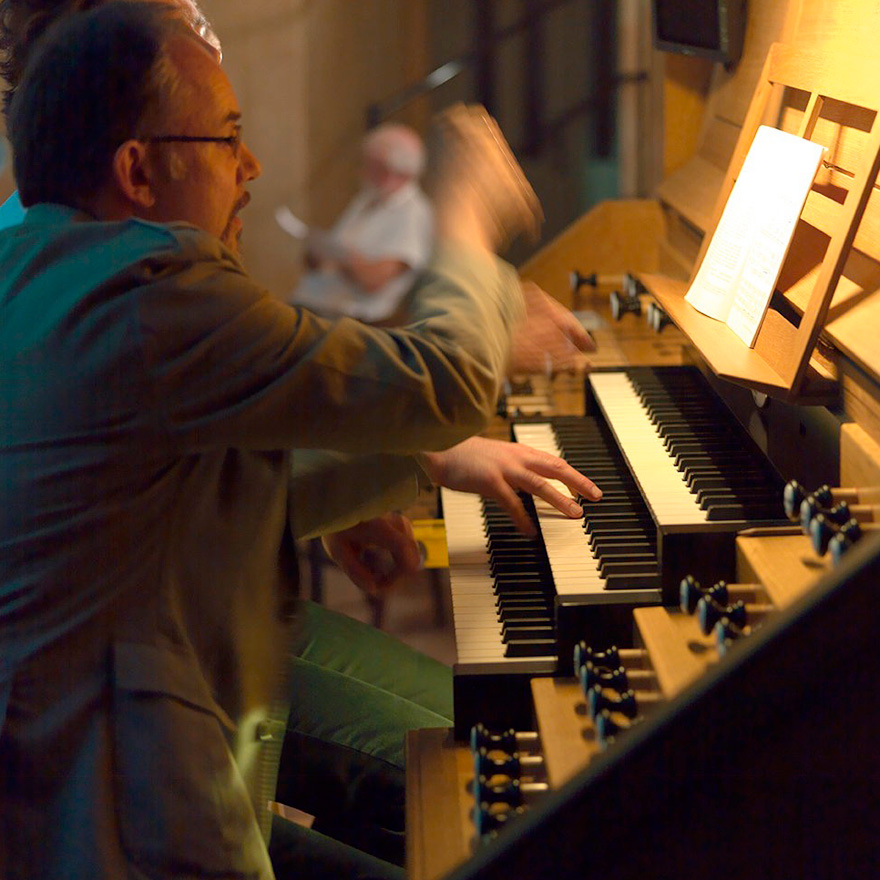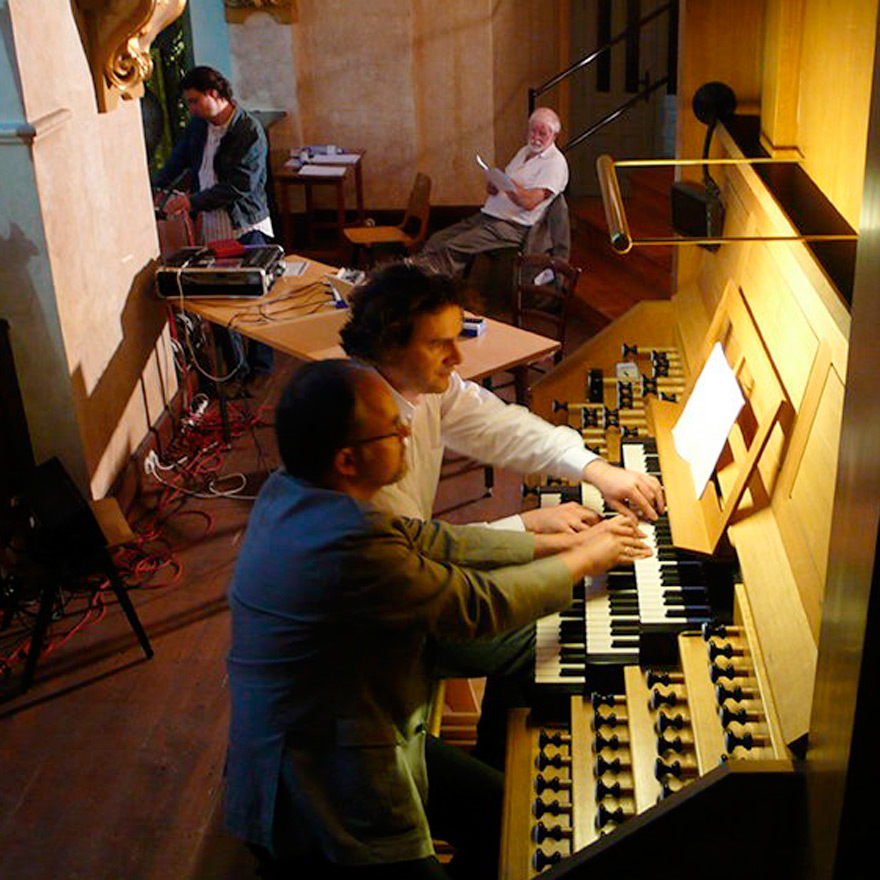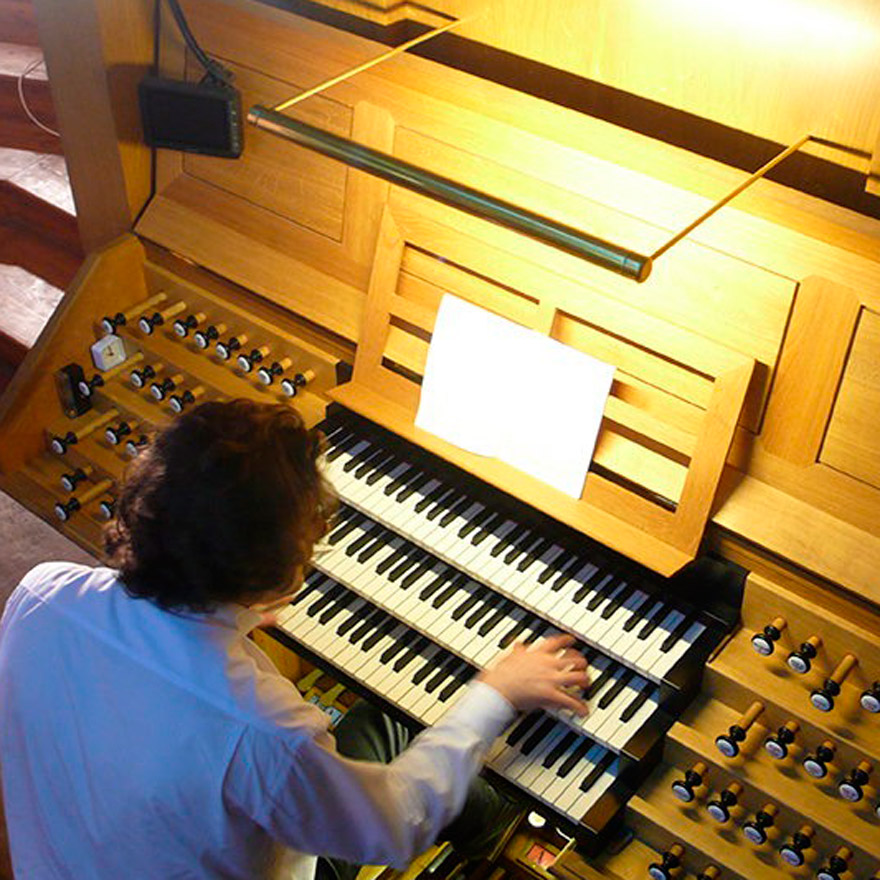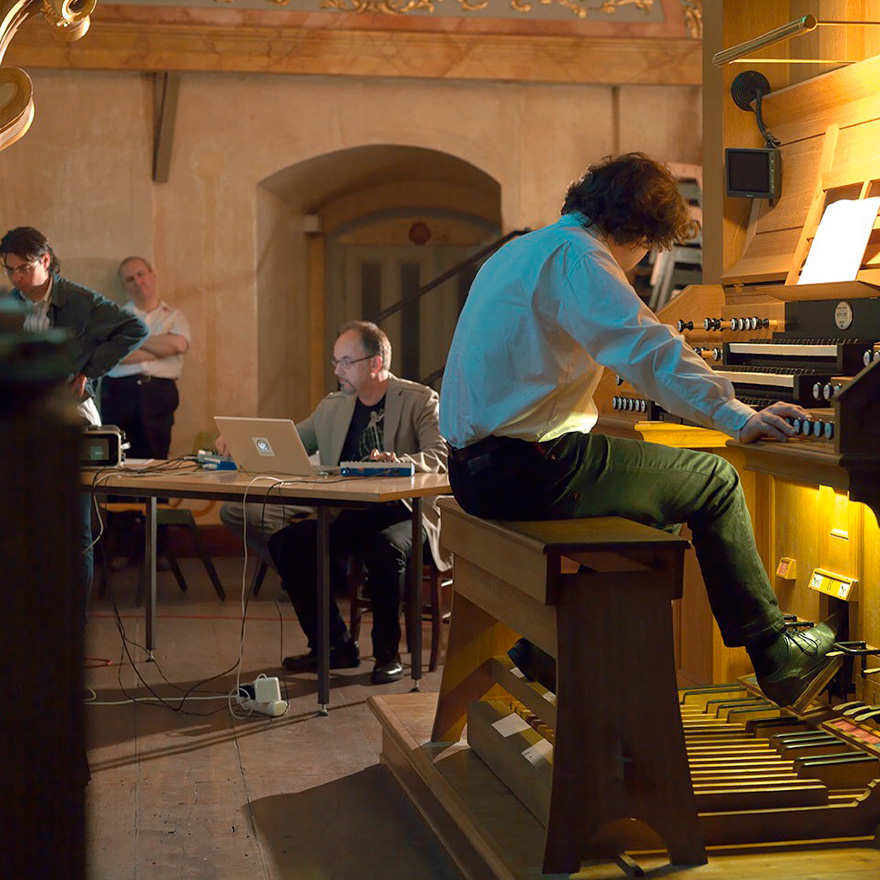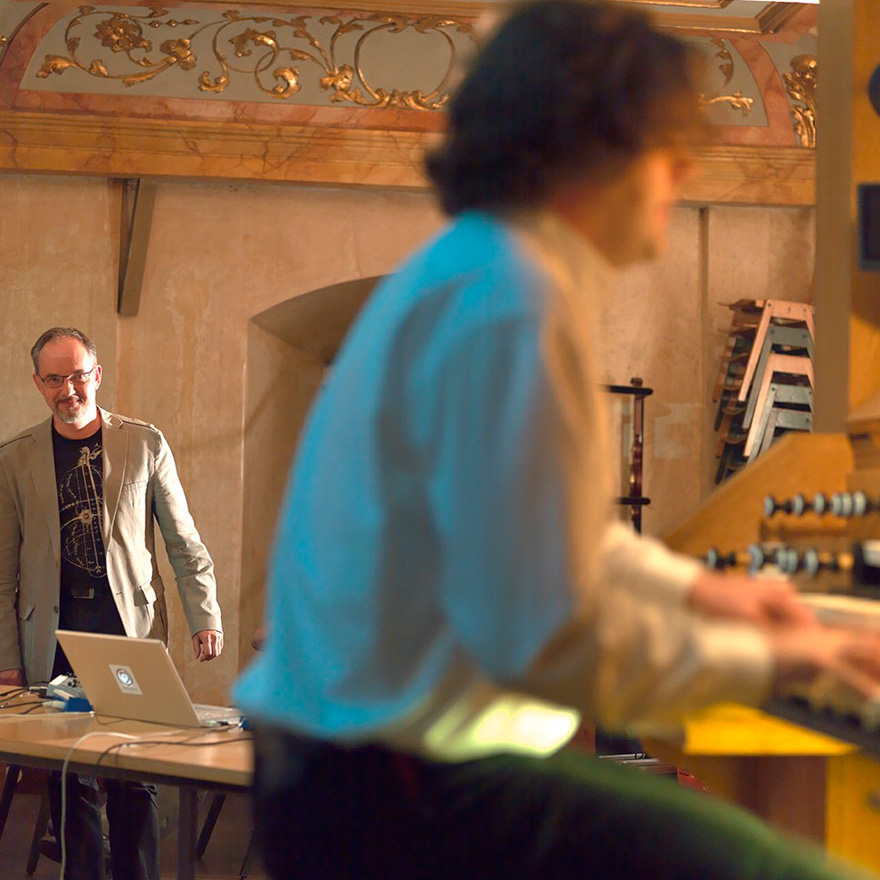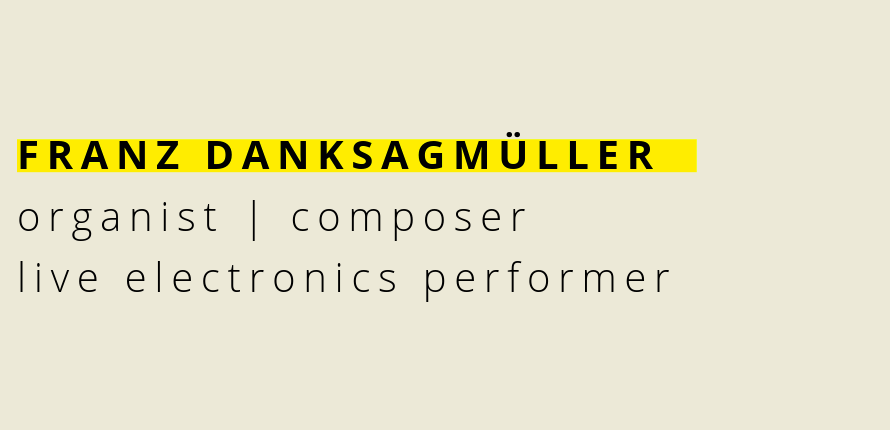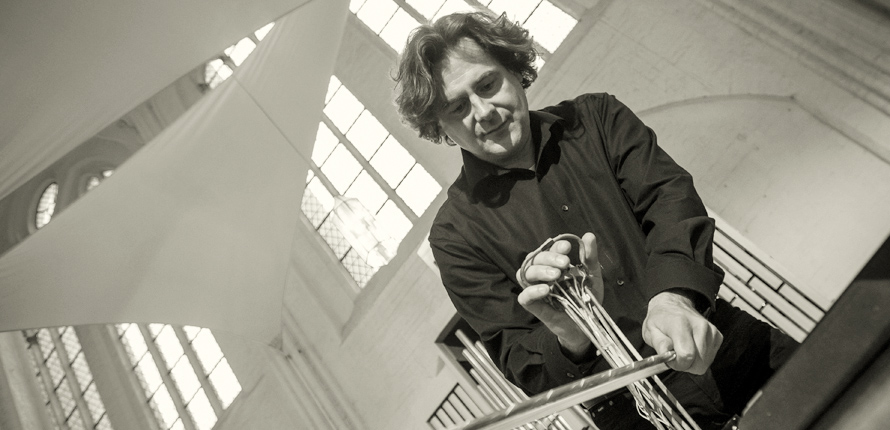2024
04 OCTOBER 2024
Music to the silent film Nosferatu
Organ and live-electronics
with students of the MHL and RAM
Dukes Hall, RAM | London, England
11 OCTOBER 2024
Città di Bergamo
“Puccini reloaded”
Organ and live-electronics
Sant’Alessandro della Croce | Bergamo, Italy
18 OCTOBER 2024
Organ and live-electronics
Works by B. Liberda, B. Hambraeus and F. Danksagmüller
St. Peter, Köln | Germany
31 OCTOBER 2024
Music to the silent film Nosferatu
Organ and live-electronics
with students of the Royal Academy of Music, London
Kathedrale St. Albans | England
04-08 NOVEMBER 2024
org_art_lab
concerts and masterclasses at the hyper- organ
with Gerwin Eisenhauer (percussion), Georg Hajdu (multimedia composition), Franz Danksagmüller (organ)
St. Nikolai Hamburg | Germany
11 NOVEMBER 2024
Organ, live-electronics and video
Works by D. Buxtehude, J.S. Bach, M.S. Orendain, F. Danksagmüller
Music Centre, Helsinki | Finnland
12 NOVEMBER 2024
The Jar
with the ensemble Katrof
live-electronics
Kulturtankstelle Lübeck | Germany
01 DECEMBER 2024
Service as part of the org_art_lab
with students of the MHL
St. Nikolai, Hamburg | Germany
13. DECEMBER 2024
Schöneberger Orgelzyklus
Organ and live-electronics
Works by W. Byrd, J.S. Bach, B. Liberda, F. Danksagmüller
Ev. Kirche Zum Heilsbronnen, Berlin | Germany
Franz Danksagmüller
Composer and organist Franz Danksagmüller unites a broad musical spectrum in his innovative projects, compositions and live electronics performances.
His work continually sounds out links between historic and contemporary music, between classical musical instruments and their modern electronic counterparts.
Franz Danksagmüller performs as a soloist and as part of various musical ensembles.
In recent years, he has given guest performances as an organist and performer at the Elbphilharmonie in Hamburg, the Konzerthaus Berlin, the Palace of Arts in Budapest, the Orgelpark in Amsterdam, the Organ Festival Holland in Alkmaar, at the Festival Musica Sacra in St. Pölten and the Sinus Ton Festival in Magdeburg.
His compositions have been played at the competition for the Paul-Hofhaimer-Preis in Innsbruck, at the International Organ Festival in Alkmaar, the Rainy Days Festival at the Philharmonie Luxemburg and the Carinthischer Sommer in Ossiach (Austria), at the Silbermann Tage in Freiberg and the ECHO competition in Treviso.
In his genre-spanning and interdisciplinary projects, Franz Danksagmüller has collaborated with scientists and diverse artistic personalities, including bass-baritone Klaus Mertens, composer and creator of the Kyma, Carla Scaletti, and duduk player Gevorg Dabaghyan.
The project buxtehude_21 was the result of a 2016 collaboration with saxophonist Bernd Ruf. The two musicians use ‘comprovisations’ to build tantalising bridges between baroque and contemporary music. The project has been critically acclaimed as a “captivating adventure in sound”.
In the musical theatre piece Just Call Me God with John Malkovich in the leading role, Franz Danksagmüller collaborated with Martin Haselböck. In 2017, the ensemble guested at a range of venues, including the Hamburg Elbphilharmonie, the Wiener Konzerthaus, the Concertgebouw Amsterdam, the Union Chapel in London and the House of Music in Moscow.
His latest projects combine his own compositions with visualisations and film recordings. They include sounding science – multiple compositions based on scientific, mathematical and demographic data, broken Bach – a live remix of baroque music for organ and live electronics, and dávny – a composition of sounds and images from abandoned places and defunct instruments.
Franz Danksagmüller studied organ, composition and electronic music in Vienna, Linz, Saarbrucken and Paris. His teachers include Michael Radulescu, Daniel Roth, Erich Urbanner and Karlheinz Essl. He was awarded an Appreciation Award from the Austrian Federal Ministry of Science and Research in 1994, and he has won prizes at various international music competitions. He has performed with the Wiener Symphoniker, the Camerata Salzburg, the Berliner Symphoniker, the Hamburger Symphoniker, the Orchestra of Birmingham, the ORF Vienna Radio Symphony Orchestra, ‘die reihe’ ensemble and the Arnold Schönberg Choir. Furthermore, he has worked with many famous conductors including Sir Simon Rattle, Michael Schønwandt, Erwin Ortner and Ton Koopmann.
From 1995 to 2003, Franz Danksagmüller was a lecturer at the University of Music and Performing Arts in Vienna. From 1999 to 2005, he was organist and composer at the Cathedral of St. Pölten, Austria, and since 2005, he is Professor of Organ and Improvisation at the University of Music Lübeck.
He acts as a juror at distinguished organ competitions, including Haarlem, Alkmaar, Lübeck and St. Albans.
Since 2015, he is a visiting professor at the Xi´an Conservatory of Music in China, and from September 2018, he will be a visiting professor at the Royal Academy of Music in London.
Body of instruments
Organ
The organ (organon = tool, instrument) was probably originally developed as a physical instrument, designed to represent relationships and other mathematical conditions using sound (in a similar way to the monochord). The organ is the most complex musical instrument ever created by man. It has the greatest tonal variety and its range exploits the full range of human hearing. This explains why this complex instrument has always been used to replace or imitate other instruments, including a full orchestra.
Clavichord
The clavichord, by contrast, is a very intimate instrument. It allows the most direct contact to sound creation possible for a keyboard player and produces very subtle tonal nuances. For a long time, it was always THE practice instrument for organists. Franz Danksagmüller’s practice instrument is a copy of David Gerstenberg’s pedal clavichord (1766; two man, pedal), built by Joel Speerstra.
Toy Piano
The toy piano was originally conceived as a children’s instrument. It has held a firm place in the contemporary music scene since the 1940s (thanks in part to John Cage).
Kyma
«The holy grail of sound design», according to Future Music. The sound quality and real-time sound-manipulation possibilities of this system are unrivalled. The Kyma lets you build complex instruments with such a high sound quality that they can enter into dialogue with classical instruments.
These instruments allow the player to transform the sound of any instrument or voice, to layer sounds to create gigantic soundscapes, and to control all sound manipulation parameters in an intuitive manner. Each instrument has an electronic brain, a virtual control panel on the iPad and external controllers, which control the instrument’s various parameters.
www.symbolicsound.com
Continuum Fingerboard
A three-dimensional keyboard, developed by Lippold Haken in the 1990s. It enables the player to freely intonate polyphonically. Moreover, the timbre and volume of each note can be controlled through finger position (forwards, backwards, more or less pressure). This allows for an extremely subtle shaping of individual tones, comparable to what is possible with classical instruments.
www.hakenaudio.com
Wiimote and Nunchuk
Originally developed for the games industry, these controllers are equipped with movement sensors to capture a player’s movements in a precise and nuanced way. This capacity makes them equally suited to controlling musical parameters.
www.nintendo.com
Emotiv brain wave sensor
This sensor records brainwaves in real-time and sends them to the electronic musical instrument, enabling various aspects of the soundtrack to be influenced via the emotions. Since music in turn evokes emotions in the player, a fascinating feedback loop can be created.
www.emotiv.com
Wacom graphic tablet
This graphic tablet generates control data on the x, y and z axes, as well as registering the angle and position of the pen, thereby making it possible to control any given musical parameters. Since you are able to write and modulate sound at the same time, graphical scores can be created during a performance.
www.wacom.com
Gulliphon
The Gulliphon is a self-built instrument that is part hardware, part software. It was built using a piece of scrap metal found in a junkyard. The metal object is connected to the Kyma via a contact microphone and several controllers (potentiometers, sensors) and is played using an Incredibow. The idea behind building this instrument was to create fascinating sounds and musical structures from a single raw tone.
Gulliphon-Projekt
Linnstrument
Another three-dimensional keyboard, developed by Roger Linn.
www.rogerlinndesign.com
2022
12 FEBRUARY 2022
BROKEN BACH – FUTURE MUSIC
Franz Danksagmüller | organ, live-electronics
Stavanger Concert Hall | Norway
20 MARCH 2022
Passio
for vocal ensemble, string quartet, narrator and organ
SanktNikolaiChor
Volkmar Zehner | musical direction
St. Nikolai zu Kiel | Germany
postponed to 2023
29 APRIL 2022
organ concert
works by J.S. Bach, F. Danksagmüller, S. Scheidt
Franz Danksagmüller | organ
Stadtpfarrkirche Ried im Innkreis | Austria
3 MAY 2022
International Organ Improvisation Competition
member of the jury
Brucknerhaus Linz | Austria
12 MAY 2022
Orgelspiele Mecklenburg-Vorpommern:http://www.orgelspiele.de/start.html
opening concert
LUTHER – SERMONES SYMPHONIACI
Klaus Mertens | voice
Franz Danksagmüller | organ and live-electronics
Selmsdorf | Germany
27 MAY 2022
29th International Bach Festival Schaffhausen
BROKEN BACH – FUTURE MUSIC
Franz Danksagmüller | organ, live-electronics
Alexander Goldstein | illuminations
Schaffhausen Minster | Switzerland
9 JUNE 2021
Symposium about the “Hyper Organ”
talk: New Interfaces, New Sounds
Orgelpark Amsterdam | Netherlands
17 JUNE 2022
FAUST
music to the silent film
Franz Danksagmüller | organ
Cathedral of Bolzano | Italy
25 JUNE 2022
organ concert
works by J.S. Bach, W. Byrd, F. Danksagmüller, J.P. Sweelinck
Franz Danksagmüller | organ, electronics
St. Andreas, Ostönnen | Germany
8 JULY 2022
Lübecker Orgelsommer
works by J.S. Bach, F. Danksagmüller, C. Franck, D. Mack
Franz Danksagmüller | organ, electronics
St. Jakobi Lübeck | Germany
25 JULY – 29 JULY 2022
International Organ Festival Haarlem
improvisation masterclass (styles of the 20th and 21st century, new technologies)
Haarlem | Netherlands
15 AUGUST 2022
LUTHER – SERMONES SYMPHONIACI
Klaus Mertens | voice
Franz Danksagmüller | organ and live-electronics
Meldorf | Germany
21 AUGUST – 24 AUGUST 2022
Pargas Organfestival
masterclass
Pargas | Finland
23 AUGUST 2022
organ concert
works by J.S. Bach, F. Danksagmüller
Franz Danksagmüller | organ
Cathedral of Turku | Finland
24 AUGUST 2022
organ concert
works by J.S. Bach, F. Danksagmüller, G..Nordqvist, I. Hannikainen
Franz Danksagmüller | organ
Annastiina Tahkola | mezzo-soprano
Pargas | Finland
25 AUGUST 2022
organ concert
works by F. Danksagmüller, M. Hynninen, B. Liberda
Franz Danksagmüller | organ, live-electronics
Cathedral of Kuopio | Finland
26 AUGUST – 28 AUGUST 2022
masterclass
Sibelius Academy, Kuopio | Finland
31 AUGUST 2022
festival BRANDNEU
works by Uros Rojko (world premiere), F. Danksagmüller, B. Liberda, D. Mack
Franz Danksagmüller | organ, live-electronics
St. Martin, Kassel | Germany
10 SEPTEMBER 2022
Klingendes Gewebe
music from and about the “Abrahamsteppich”
Franz Danksagmüller | organ, live-electronics
Cathedral of Halberstadt | Germany
13 SEPTEMBER 2022
LUTHER – SERMONES SYMPHONIACI
Klaus Mertens | voice
Franz Danksagmüller | organ and live-electronics
Cathedral of Merseburg | Germany
15. SEPTEMBER 2022
organ concert
works by J.S. Bach, W. Byrd, F. Danksagmüller, S. Scheidt
Franz Danksagmüller | organ
Cathedral of Freiberg | Germany
25 SEPTEMBER 2022
LUTHER – SERMONES SYMPHONIACI
Klaus Mertens | voice
Franz Danksagmüller | organ and live-electronics
Stralsund | Germany
23 SEPTEMBER – 2 OCTOBER 2022
International Dietrich Buxtehude Organ Competition
“There is no free will” for organ and live-electronics
St. Jakobi, Lübeck | Germany
3 OCTOBER 2022
LUTHER – SERMONES SYMPHONIACI
Klaus Mertens | voice
Franz Danksagmüller | organ and live-electronics
Pirmasens | Germany
7 OCTOBER 2022
LUTHER – SERMONES SYMPHONIACI
Klaus Mertens | voice
Franz Danksagmüller | organ and live-electronics
Osnabrück | Germany
9 OCTOBER 2022
organ concert
works by J.S. Bach, W. Byrd, F. Danksagmüller, J.P. Sweelinck
Franz Danksagmüller | organ
Olkusz | Poland
14 OCTOBER 2022
*opening concert of the symposium “Trilogie”
*
works by D. Mack
Franz Danksagmüller | organ, electronics
St. Nikolai Kiel | Germany
17 OCTOBER 2022
THE GOLEM
music to the silent film
students of the Royal Academy of Music | organ, percussion, violin, bassoon
The Duke´s Hall, Royal Academy of Music, London | England
12 DECEMBER 2022
METROPOLIS
music to the silent film
Franz Danksagmüller | organ, live-electronics
Brucknerhaus Linz | Austria
2021
2 April 2021
Passio
for vocal ensemble, string quartet, narrator and organ
performance at the Good Friday Liturgy
Dommusik St. Pölten
Otto Kargl | musical direction
Cathedral St. Pölten, Austria
20 April 2021
Tabulatura Nova
Festival KlangART-Vision
Concert for organ and live-electronics with works by S. Scheidt, J.S. Bach, W. Byrd und F. Danksagmüller
Franz Danksagmüller | organ and live-electronics
St. Wenzel Naumburg, Germany
15 MAI 2021
Orgelspiele Mecklenburg-Vorpommern
works by J.S. Bach, L. van Beethoven, R. Schumann
Klaus Mertens | Bass-Bariton
Franz Danksagmüller | organ
Pütte, Germany
30 MAI 2021
Orgelspiele Mecklenburg-Vorpommern
ascendo sin(π)
performance by the vocal ensemble “Nobiles”, Leipzig
Wotenik, Germany
11 JULI 2021
ascendo sin(π)
performance by the vocal ensemble “Nobiles”, Leipzig
Basilika St. Gangolf Münchenlohra, Germany
24 JULI 2021
ascendo sin(π)
performance by the vocal ensemble “Nobiles”, Leipzig
Kloster Wechselburg, Germany
25 JULI 2021
ascendo sin(π)
performance by the vocal ensemble “Nobiles”, Leipzig
Schloss Albrechtsberg, Germany
25 JULI 2021
Festival “Kirchklang”
Bach am Traunsee
J.S. Bach, Orgelbüchlein
Bodo Hell | recitation
Franz Danksagmüller | organ
Traunsee, Austria
2 AUGUST 2021
Schwarzenberg Musiksommer
*ascendo sin(π)
*
performance by the vocal ensemble “Nobiles”, Leipzig
St. Georgen Schwarzenberg, Germany
3 AUGUST 2021
BROKEN BACH
Quincena Musical de San Sebastián
Franz Danksagmüller | organ, live-electronics
*Cathedral of the Good Shepherd, San Sebastian, Spain
*
20 AUGUST 2021
organ concert
works by J.S. Bach, A. Isoir, F. Danksagmüller
Franz Danksagmüller | organ
*
St. Jakobi, Lübeck, Germany*
29 AUGUST 2021
organ concert
works by J.S. Bach, S. Scheidt, F. Danksagmüller
Franz Danksagmüller | organ
*
St. Katharinen, Hamburg, Germany*
4 SEPTEMBER 2021
*organ and choir concert
*
works by J.S. Bach, J. Brahms, E. Whitacre, F. Danksagmüller
Arndt Martin Henzelmann | Chorensemble XIV VII
Franz Danksagmüller | organ
Dom zu Halberstadt, Germany
9 SEPTEMBER 2021
Dies Organorum Belgrade
organ concert and masterclass
works by J.S. Bach, S. Scheidt, F. Danksagmüller
Franz Danksagmüller | organ
*
Cathedral of Blessed Virgin Mary Belgrade, Serbia*
18 SEPTEMBER 2021
*ascendo sin(π)
*
performance by the vocal ensemble “Nobiles”, Leipzig
Stolpe Hohen Neuendorf, Germany
21 SEPTEMBER 2021
organ concert and world premiere of “MC – Turm aus Licht”
works by J.S. Bach, B. Hambraeus, F. Danksagmüller
Franz Danksagmüller | organ
Freiburg Minster, Germany
28 SEPTEMBER 2021
Europäisches Totentanz Festival
ascendo sin(π)
performance by the vocal ensemble “Nobiles”, Leipzig
Marienkirche Lübeck, Germany
27 NOVEMBER 2021
“The Cabinet of Dr. Caligari”
music to the silent film
Franz Danksagmüller | live-electronics, piano
Schlossplatz Eutin, Germany
2020
16 January 2020
Internationale Messiaen-Tage Görlitz
music and video- performance to the silent film Journey to the moon by Georges Méliès
Anne Michael | organ
Sarah Weinberg | voice
Franz Danksagmüller | live- electronics, video-synthesizer
Görlitz, Germany
17 January 2020
ascendo sin(π)
performance by the vocal ensemble “Nobiles”, Leipzig
Stiftskirche Stuttgart, Germany
7 February 2020
DÁVNY
listening to time
Franz Danksagmüller | organ, live-electronics and live-video
Orgelpark Amsterdam, Netherlands
27 March 2020
BROKEN BACH
Franz Danksagmüller | organ, live-electronics
Konzerthaus Stavanger, Norway
06 May 2020
Diabelli-Variations
Johannes Fischer | percussion
Franz Danksagmüller | keyboard instruments, live-electronic
University of Music Lübeck, concert hall | Germany
15 May 2020
Orgelspiele Mecklenburg-Vorpommern
Evensong
World premiere of a composition by Sarah Proske
(student of the MHL, major study course “Improvisation, Composition, New Media)
for choir, saxophone, organ and percussion
project supervision: Franz Danksagmüller
Brandshagen | Germany
16 May 2020
Orgelspiele Mecklenburg-Vorpommern
Works by J.S. Bach, L. van Beethoven, R. Schumann
Klaus Mertens | Bass-Bariton
Franz Danksagmüller | Orgel
Pütte, Germany
23 May 2020
Orgelspiele Mecklenburg-Vorpommern
memento mori
World premiere of a composition by Giulia Corvaglia
(student of the MHL, major study course “Improvisation, Composition, New Media)
for male choir, percussion, organ, live-electronics and video installation
project supervision: Franz Danksagmüller
Brandshagen,Germany
24 May 2020
Orgelspiele Mecklenburg-Vorpommern
works by Perotin, F. Danksagmüller, Josquin des Préz, Thomas Tallis
Vokalensemble Nobiles, Leipzig
Franz Danksagmüller | organ
Nossendorf, Germany
31 May 2020
BROKEN BACH
Alexander Goldstein | visuals
Franz Danksagmüller | organ, live- electronics
Gewandhaus Leipzig, Germany
31 Mai 2020
Nosferatu – A Symphony of Horrors
Franz Danksagmüller | organ, live- electronics
Gewandhaus Leipzig, Germany
04 June 2020
Opening concert of the Symposium “composing for contemporary organs”
Orgelpark Amsterdam, Netherlands
30 June 2020
Dies Organorum Belgrade
Works by J.S. Bach, Franz Danksagmüller
Franz Danksagmüller | organ and live-electronics
Cathedral Belgrade, Serbia
11 July 2020
organ and choir concert
works by A. Vivaldi, F. Danksagmüller
Franz Danksagmüller | organ
Halberstadt Cathedral, Germany
24 July 2020
organ concert
works by J.S. Bach, F. Danksagmüller
St. Jakobi, Lübeck, Germany
2019
23 March 2019
GRAPHIC SCORES
Franz Danksagmüller | organ, live-electronics, visuals
Konzerthaus Berlin, Germany
4 May 2019
BRAHMSFEST LÜBECK
opening concert
Franz Danksagmüller | organ
Konrad Elser | piano,
Daniel Sepec | violin,
Barbara Westphal | viola,
Ulf Tischbirek | cello
University of Music Lübeck, concert hall
6 May 2019
DIE UTOPIE DER SOLIDARITÄT
Friedrich Cerha: Eine Art Chansons
Johannes Fischer | percussion
Laurens Patzlaff | piano
Jörg Linowitzki | double bass
Franz Danksagmüller | chansonnier
Concert Hall, University of Music, Lübeck, Germany
16 May 2019
FEUERWERK
Orgelspiele Mecklenburg
opening concert
Johannes Fischer | percussion
Alexander Goldstein | illumination
Franz Danksagmüller | organ, live- electronics
Wittenburg, Germany
19 May 2019
ORGAN CONCERT
compositions by Franz Danksagmüller
Franz Danksagmüller | Orgel
Jesuitenkirche Vienna, Austria
29 May 2019
EIN ABEND ÜBER DEN HIMMEL
Stefan Klein | speaker
Isabella Beyer | immersive media
Lukas Kowalski | guitar
Franz Danksagmüller | live- electronics
Bernd Schwarze | concept
Knut Winkmann | director
St. Petri, Lübeck, Germany
30 May 2019
Orgelspiele Mecklenburg
SYMPHONIE NACH E.A. POE
Ludwig-Christian Glockzin | narrator
Greatmade | video installation
Franz Danksagmüller | concept organ, live- electronics
Rühn, Germany
20 June 2019
NOVA – IMPERFECTING PERFECTION
chamber opera in virtual space
premiere
Anna Herbst | soprano
Gerard Quinn | baritone
Olof von Gagern | viola
Virgil Widrich | virtual scenery
Oleg Prodeus | scenery, illumination
Kay Link |direction
Franz Danksagmüller | concept, music and live- electronics
as part of the German Protestant Church Congress
Orchesterzentrum, Dortmund, Germany
21 June 2019
NOVA – IMPERFECTING PERFECTION
chamber opera in virtual space
further performances at 11 am and 3 pm
04 July 2019
Internationale Orgelwoche Nürnberg
DÁVNY
listening to time
world premiere
Franz Danksagmüller | organ, live-electronics and live-video
St. Martha, Nürnberg, Germany
07 – 20 July 2019
International Organ Festival St. Albans
International Organ and Improvisation Competition
Member of the Jury
THE CABINET OF DR. CALIGARI
music to the silent film
Franz Danksagmüller | organ, live- electronics
Kathedral St. Albans, England
5 – 10 August 2019
MINDING MUSIC, MAKING SOUND
Summer Academy
talks, workshops and performances
Artist in Residence at the Oude Kerk
Orgelpark and Oude Kerk, Amsterdam, Netherlands
11 – 14 August 2019
IMPROVISATION WORKSHOP
lecturers:
Christiane Michel-Ostertun
Nico Miller en Sietze de Vries
Franz Danksagmüller
Hildesheim, Germany
17 August 2019
ORGAN CONCERT
compositions by Bach, Mendelssohn, Danksagmüller
Franz Danksagmüller | organ
Cathedral of Merseburg, Germany
30 August – 5 September 2019
19TH ORGAN COMPETITION FOR THE PAUL-HOFHAIMER-AWARD
commissioned work: Franz Danksagmüller : “danza irrazionale”
31 August 2019
ORGAN CONCERT
compositions by Franz Danksagmüller
Franz Danksagmüller | organ
Marktkirche Hannover, Germany
3 September 2019
LOST SOUNDS
world premiere
Franz Danksagmüller | organ and live-electronics
Cathedral Kaliningrad, Russia
7 September 2019
ELOHENU
Semjon Kalinowsky | viola
Franz Danksagmüller | organ
St. Michaelis, Eutin, Germany
7 – 15 September 2019
XIV. INTERNATIONALER GOTTFRIED-SILBERMANN-ORGELWETTBEWERB
compulsory piece: Franz Danksagmüller : “A Fancy”
19 September 2019
DIALOGS
organ concert with Ilze Bertrand
Ilze Bertrand | portative
Franz Danksagmüller | organ
Sint-Stefanuskerk, Gent, Belgium
21 September 2019
BROKEN BACH
Alexander Goldstein | visuals
Franz Danksagmüller | organ, live-electronics
Cathedral of Merseburg, Germany
28 September 2019
ASCENDO SIN (π)
world premiere
Ensemble Nobiles (Leipzig)
Cella Sankt Benedikt, Hannover, Germany
4 October 2019
THE PHANTOM OF THE OPERA
music to the silent film
Franz Danksagmüller | organ
St.- Crucis-Kirche, Bad-Sooden-Allendorf, Germany
7 October 2019
NOSFERATU
Improvisation project with students of the Royal Academy of Music, London
Duke Hall, Royal Academy of Music, London, England
09 – 10 October 2019
AUGMENTER L’ORGUE !
symposium about the “augmented organ” by the Collegium Musicæ of the Sorbonne Université
workshop and concert
Franz Danksagmüller | organ and live-electronics
Paris, France
12 October 2019
DÁVNY
listening to time
Franz Danksagmüller Orgel | live-electronics and live-video
Orgelpark, Amsterdam, Netherlands
19 October 2019
CONCERT FOR ORGAN, ENSEMBLE AND LIVE- ELECTRONICS
Franz Danksagmüller | composition, organ, live- electronics
Paslek, Poland
27 October 2019
DIE UNENDLICHE FEINHEIT DES RAUMES
by Oliver Schneller for orchestra and organ
world premiere
Franz Danksagmüller | organ
Konzerthalle „Georg Philipp Telemann“, Magdeburg, Germany
23 November 2019
BROKEN BACH
Franz Danksagmüller | organ and live-electronics
Großhansdorf, Germany
15 December 2019
TANZ-LICHT-MUSIK-RAUM: project about the “Warschauer Kniefall”
a cooperation with the Music Academy in Łódź and the University of Music, Lübeck
Franz Danksagmüller, Krzysztof Urbaniak and Elzbieta Aleksandrowicz, direction
Philharmonie Łódź, Poland
2018
13.01.2018
2ND INTERNATIONAL MESSIAN- DAYS Görlitz/Zgorzelec
SOUNDING SCIENCE
data driven music derived from laws of mathematics, scientific data and economic data
Franz Danksagmüller | live- electronics and visuals
Cathedral St. Jakobus | Görlitz (Germany)
26.01.2018
ORGAN CONCERT
Works by J.S. Bach, F. Danksagmüller and G. Muffat
Eglise Saint-Saveur, La Rochelle (France)
18.04.2018
LUTHER – SERMONES SYMPHONIACI
Klaus Mertens | voice
Franz Danksagmüller | organ and live-electronics
Waldshut | Germany
20.04.2018
ELOHENU – A JEWISH PRAYER
Semjon Kalinowsky | viola
Franz Danksagmüller | organ
Waldshut | Germany
21.04.2018
Movimentos Festival
SAFETY LAST
Live soundtrack to the silent film
Franz Danksagmüller | piano and live- electronics
Wolfsburg | Germany
09.05.2018
INTERNATIONAL ORGELPARK SYMPOSIUM 2018
concert and lecture
Franz Danksagmüller | clavichord and live- eletronics
Orgelpark Amsterdam | Netherlands
22.05. – 27. 05. 2018
CLASSICAL BEAT 2018
workshops and concerts with participants of the festival
Eutin | Germany
25.05.2018
Der Golem
Live soundtrack to the silent film
Franz Danksagmüller | organ and live- electronics
St. Marien, Lübeck | Germany
26.05.2018
FIREWORKS
“comprovisations” about G.F. Handel´s “Music for the Royal Fireworks”
Franz Danksagmüller | live- electronics
Schuppen 6, Lübeck | Germany
27.05.2018
FIREWORKS
Lund | Sweden
07.06.2018 – 09.06.2018
SYMPOSIUM about the Clavichord
at the “Orgelpark” in Amsterdam
Lecture and Concert
Amsterdam | Netherlands
13.06.2018
BUXTEHUDE_21
Bernd Ruf | saxophone
Franz Danksagmüller | organ and live-electronics
Cathedral of Schleswig | Germany
20.06.2018
BUXTEHUDE_21
Bernd Ruf | saxophone
Franz Danksagmüller | organ and live-electronics
St. Nikolai Wismar | Germany
25.06. – 30.06.2018
PARGAS ORGAN FESTIVAL
master class
Pargas | Finland
26.06.
ORGAN CONCERT
Nagu | Finland
28.06.
ORGAN CONCERT
Cathedral Tampere | Finland
07.07.2018
ELOHENU – A JEWISH PRAYER
Semjon Kalinowsky | viola
Franz Danksagmüller | organ
Saint Paul´s Abbey, Lacanttal | Austria
16.7. – 21.07.2018
International Organ Festival Haarlem
improvisation masterclass and member of the jury
Haarlem | Netherlands
27.07.2018
ORGAN CONCERT
St. Jakobi Lübeck | Germany
02.09.2018
ELOHENU – A JEWISH PRAYER
Semjon Kalinowsky | viola
Franz Danksagmüller | organ
Uster | Swizerland
03.09.2018
ELOHENU – A JEWISH PRAYER
Semjon Kalinowsky | viola
Franz Danksagmüller | organ
Donaueschingen | Germany
05.09.2018
ORGAN CONCERT
St. Nicolai Herzberg | Germany
19.09.2018
Festival International d’Orgue de Fribourg
broken Bach
Alexander Goldstein | visuals
Franz Danksagmüller | organ and live-electronics
Cathedral Fribourg | Swizerland
21.09.2018
BUXTEHUDE_21
Bernd Ruf | saxophone
Franz Danksagmüller | organ and live-electronics
St. Jakobi Lübeck | Germany
21.09. – 29.09.2018
International Buxtehude Organ Competition
member of the jury
Lübeck and Hamburg | Germany
05.10.2018
ELOHENU – A JEWISH PRAYER
Semjon Kalinowsky | viola
Franz Danksagmüller | organ
Linz | Austria
06.10.2018
ELOHENU – A JEWISH PRAYER
Semjon Kalinowsky | viola
Franz Danksagmüller | organ
Admont Abbey | Austria
19.10.2018
Nosferatu
Live soundtrack to the silent film
Franz Danksagmüller | organ
Grote Sint LaurensKerk Alkmaar | Netherlands
21.11.2018
Die Buddenbrooks
Live soundtrack to the silent film
Großer Saal MHL | Lübeck
07.12.2018
concert on the “Warschauer Kniefall”
multimedia performance in cooperation with the Academy of Music in Łódź
Franz Danksagmüller | concept, organ and live- electronics
2017
25.11.2017
about dying
Interdisciplinary Project
St. Petri, Lübeck | Germany
19.11.2017
Elohenu – A Jewish Prayer
Semjon Kalinowsky | viola
Franz Danksagmüller | organ
Tutzing | Germany
13.-17.11.2017
Organ concert and masterclass
At the Eule organ at the Conservatory of Music Xi´an
Xi´an | China
29.10.2017
buxtehude_21
Bernd Ruf | saxophone
Franz Danksagmüller | organ and live-electronics
St. Nicolai, Sylt | Germany
26.10.2017
Von morgens bis mitternachts (Karlheinz Martin 1920)
Sinus Ton- Festival Magdeburg
Live soundtrack to the silent film (live- electronics)
Studiokino Magdeburg / Germany
25.10.2017
buxtehude_21
Internationales Orgelfestival Düsseldorf
Bernd Ruf | saxophone
Franz Danksagmüller | organ and live-electronics
St. Josef, Düsseldorf| Germany
22.10.2017
organ concert
St. Elisabeth, Wien | Austria
20.10.2017
Luther – sermones symphoniaci
Festival Musica Sacra
Cathedral of St. Pölten | Austria
14.10.2017
Luther – sermones symphoniaci
Klaus Mertens | voice
Franz Danksagmüller | organ and live-electronics
Konzerthaus Berlin | Germany
07.10.2017
The Cabinet of Dr. Caligari (Robert Wiene, 1920)
Live soundtrack to the silent film (organ and electronics)
Kino Thun / Swizerland
01.10.2017
Elohenu – A Jewish Prayer
Semjon Kalinowsky | viola
Franz Danksagmüller | organ
Aachen | Germany
30.09.2017
Soirée «Zukunftsmusik»
Hildebrandt-Tage 2017
World premiere of the commissioned work «Kyrie» and concert with organ and live electronics
St. Wenzel Naumburg | Germany
15.09.2017
Luther – sermones symphoniaci
Klaus Mertens | voice
Franz Danksagmüller | organ and live-electronics
Darmstadt | Germany
12.09.2017
Luther – sermones symphoniaci
St. Jacobi, Hamburg | Germany
05.09.2017
organ concert
Freiburger Münster | Germany
20.08.2017
Gmundner Festwochen
GRAND ORGAN MACABRE HARMONICA
Franz Danksagmüller | toy piano, piano and live- electronics
Martin Haselböck | organ and piano
Martin Schwab | actor
compositions by Franz Danksagmüller and Martin Haselböck
Stadttheater Gmunden | Austria
17.08.2017
The Phantom of the Opera
Live soundtrack to the silent film (organ)
Elbphilharmonie Hamburg | Germany
13.08.2017
Hotel Pupik – organ matinee
Murnau | Austria
01.08.2017
Luther – sermones symphoniaci
Klaus Mertens | voice
Franz Danksagmüller | organ and live-electronics
Rotenburg | Germany
28.07.2017
organ concert
Works by J. S. Bach | J. U. Steigleder | F. Danksagmüller
St. Jakobi, Lübeck | Germany
23.07.2017
Luther – sermones symphoniaci
Cathedral of Schleswig | Germany
21.07.2017
Luther – sermones symphoniaci
St. Nikolai Kiel | Germany
20.07.2017
Luther – sermones symphoniaci
Klaus Mertens | voice
Franz Danksagmüller | organ and live-electronics
Roskilde | Danmark
12.07.2017
organ concert
Works by J. S. Bach | J. U. Steigleder | F. Danksagmüller
Norden | Germany
02.07.2017
Elohenu – A Jewish Prayer
Semjon Kalinowsky | viola
Franz Danksagmüller | organ
Solingen | Germany
26.06. – 30.06.2017
Pargas Organ Festival
concert and masterclass
Pargas | Finland
23.06.2017
live music to silent films of Buster Keaton
Bargteheide | Germany
21.06.2017
buxtehude_21
Bernd Ruf | saxophone
Franz Danksagmüller | organ and live-electronics
St. Nikolai Wismar | Germany
09.06. – 17.06. 2017
Organ Festival Holland
organ competition: member of the jury, masterclass, concert
Alkmaar | Netherlands
08.06.2017
Opening concert of the international Symposium about the Hyper Organ
Orgelpark Amsterdam | Netherlands
05.06.2017
buxtehude_21
Bernd Ruf | saxophone
Franz Danksagmüller | organ and live-electronics
Höchster Orgelsommer | Germany
04.06.2017
buxtehude_21
Halle | Germany
03.06.2017
buxtehude_21
Cathedral of Ratzeburg | Germany
20.05. + 21.05.2017
Elohenu – A Jewish Prayer
Semjon Kalinowsky | viola
Franz Danksagmüller | organ
Hannover and Sangerhausen | Germany
17.05.2017
Luther – sermones symphoniaci
Klaus Mertens | voice
Franz Danksagmüller | organ and live-electronics
St. Jakobi, Lübeck | Germany
04.05.2017
Luther – sermones symphoniaci
Klaus Mertens | voice
Franz Danksagmüller | organ and live-electronics
Cathedral of Innsbruck | Austria
25.04.2017
The Cabinet of Dr. Caligari
Live soundtrack to the silent film with organ and live electronics
Academy of Music Oslo | Norway
24.04. – 27.04.2017
masterclass
Improvisation and Programmusik
Academy of Music Oslo | Norway
14.04.2017
Passio
For choir | string quartet | organ | soloists and speaker
Performance within the liturgy on good friday
Cathedral of St. Pölten / Austria
08.03. – 09.04.2017
Just Call me God
John Malkovich | actor
Martin Haselböck | organ
Michael Sturminger | screenplay
Franz Danksagmüller | live-electronics
08.03.- 10.03. Hamburg | Elbphilharmonie
12.03.- 13.03. Vienna | Konzerthaus
15.03. Amsterdam | Concertgebouw
18.03. Groningen | De Oosterport
21.03. Birmingham | Symphony Hall
23.03.- 25.03. London | Union Chapel
28.03. Luxembourg | Philharmonie
02.04. Moscow | House of Music
04.04. Budapest | Palace of Arts
09.04. Munich | Residenztheater
Kontakt | Imprint
Prof. Franz Danksagmüller
Engelsgrube 66
23552 Lübeck
Germany
Mobil: +49 157 81875891
franz@danksagmueller.com
German VAT ID: DE253210015
Editorial: Antje Hubert
Design: Sibyll Amthor | www.einfachschoen-design.de
Realisation: Nils Hartlef
Translation: Richenda Gillespie | www.dialeforenglish.com
Privacy Policy
We are very delighted that you have shown interest in our enterprise. Data protection is of a particularly high priority for the management of the Prof. Franz Danksagmüller. The use of the Internet pages of the Prof. Franz Danksagmüller is possible without any indication of personal data; however, if a data subject wants to use special enterprise services via our website, processing of personal data could become necessary. If the processing of personal data is necessary and there is no statutory basis for such processing, we generally obtain consent from the data subject.
The processing of personal data, such as the name, address, e-mail address, or telephone number of a data subject shall always be in line with the General Data Protection Regulation (GDPR), and in accordance with the country-specific data protection regulations applicable to the Prof. Franz Danksagmüller. By means of this data protection declaration, our enterprise would like to inform the general public of the nature, scope, and purpose of the personal data we collect, use and process. Furthermore, data subjects are informed, by means of this data protection declaration, of the rights to which they are entitled.
As the controller, the Prof. Franz Danksagmüller has implemented numerous technical and organizational measures to ensure the most complete protection of personal data processed through this website. However, Internet-based data transmissions may in principle have security gaps, so absolute protection may not be guaranteed. For this reason, every data subject is free to transfer personal data to us via alternative means, e.g. by telephone.
1. Definitions
The data protection declaration of the Prof. Franz Danksagmüller is based on the terms used by the European legislator for the adoption of the General Data Protection Regulation (GDPR). Our data protection declaration should be legible and understandable for the general public, as well as our customers and business partners. To ensure this, we would like to first explain the terminology used.
In this data protection declaration, we use, inter alia, the following terms:
a) Personal data
Personal data means any information relating to an identified or identifiable natural person (“data subject”). An identifiable natural person is one who can be identified, directly or indirectly, in particular by reference to an identifier such as a name, an identification number, location data, an online identifier or to one or more factors specific to the physical, physiological, genetic, mental, economic, cultural or social identity of that natural person.
b) Data subject
Data subject is any identified or identifiable natural person, whose personal data is processed by the controller responsible for the processing.
c) Processing
Processing is any operation or set of operations which is performed on personal data or on sets of personal data, whether or not by automated means, such as collection, recording, organisation, structuring, storage, adaptation or alteration, retrieval, consultation, use, disclosure by transmission, dissemination or otherwise making available, alignment or combination, restriction, erasure or destruction.
d) Restriction of processing
Restriction of processing is the marking of stored personal data with the aim of limiting their processing in the future.
e) Profiling
Profiling means any form of automated processing of personal data consisting of the use of personal data to evaluate certain personal aspects relating to a natural person, in particular to analyse or predict aspects concerning that natural person’s performance at work, economic situation, health, personal preferences, interests, reliability, behaviour, location or movements.
f) Pseudonymisation
Pseudonymisation is the processing of personal data in such a manner that the personal data can no longer be attributed to a specific data subject without the use of additional information, provided that such additional information is kept separately and is subject to technical and organisational measures to ensure that the personal data are not attributed to an identified or identifiable natural person.
g) Controller or controller responsible for the processing
Controller or controller responsible for the processing is the natural or legal person, public authority, agency or other body which, alone or jointly with others, determines the purposes and means of the processing of personal data; where the purposes and means of such processing are determined by Union or Member State law, the controller or the specific criteria for its nomination may be provided for by Union or Member State law.
h) Processor
Processor is a natural or legal person, public authority, agency or other body which processes personal data on behalf of the controller.
i) Recipient
Recipient is a natural or legal person, public authority, agency or another body, to which the personal data are disclosed, whether a third party or not. However, public authorities which may receive personal data in the framework of a particular inquiry in accordance with Union or Member State law shall not be regarded as recipients; the processing of those data by those public authorities shall be in compliance with the applicable data protection rules according to the purposes of the processing.
j) Third party
Third party is a natural or legal person, public authority, agency or body other than the data subject, controller, processor and persons who, under the direct authority of the controller or processor, are authorised to process personal data.
k) Consent
Consent of the data subject is any freely given, specific, informed and unambiguous indication of the data subject’s wishes by which he or she, by a statement or by a clear affirmative action, signifies agreement to the processing of personal data relating to him or her.
2. Name and Address of the controller
Controller for the purposes of the General Data Protection Regulation (GDPR), other data protection laws applicable in Member states of the European Union and other provisions related to data protection is:
Prof. Franz Danksagmüller
Engelsgrube 66
23552 Lübeck
Germany
Phone: +49 157 81875891
Email: franz@danksagmueller.com
Website: www.danksagmueller.com
3. Collection of general data and information
The website of the Prof. Franz Danksagmüller collects a series of general data and information when a data subject or automated system calls up the website. This general data and information are stored in the server log files. Collected may be (1) the browser types and versions used, (2) the operating system used by the accessing system, (3) the website from which an accessing system reaches our website (so-called referrers), (4) the sub-websites, (5) the date and time of access to the Internet site, (6) an Internet protocol address (IP address), (7) the Internet service provider of the accessing system, and (8) any other similar data and information that may be used in the event of attacks on our information technology systems.
When using these general data and information, the Prof. Franz Danksagmüller does not draw any conclusions about the data subject. Rather, this information is needed to (1) deliver the content of our website correctly, (2) optimize the content of our website as well as its advertisement, (3) ensure the long-term viability of our information technology systems and website technology, and (4) provide law enforcement authorities with the information necessary for criminal prosecution in case of a cyber-attack. Therefore, the Prof. Franz Danksagmüller analyzes anonymously collected data and information statistically, with the aim of increasing the data protection and data security of our enterprise, and to ensure an optimal level of protection for the personal data we process. The anonymous data of the server log files are stored separately from all personal data provided by a data subject.
4. Routine erasure and blocking of personal data
The data controller shall process and store the personal data of the data subject only for the period necessary to achieve the purpose of storage, or as far as this is granted by the European legislator or other legislators in laws or regulations to which the controller is subject to.
If the storage purpose is not applicable, or if a storage period prescribed by the European legislator or another competent legislator expires, the personal data are routinely blocked or erased in accordance with legal requirements.
5. Rights of the data subject
a) Right of confirmation
Each data subject shall have the right granted by the European legislator to obtain from the controller the confirmation as to whether or not personal data concerning him or her are being processed. If a data subject wishes to avail himself of this right of confirmation, he or she may, at any time, contact any employee of the controller.
b) Right of access
Each data subject shall have the right granted by the European legislator to obtain from the controller free information about his or her personal data stored at any time and a copy of this information. Furthermore, the European directives and regulations grant the data subject access to the following information:
- the purposes of the processing;
- the categories of personal data concerned;
- the recipients or categories of recipients to whom the personal data have been or will be disclosed, in particular recipients in third countries or international organisations;
- where possible, the envisaged period for which the personal data will be stored, or, if not possible, the criteria used to determine that period;
- the existence of the right to request from the controller rectification or erasure of personal data, or restriction of processing of personal data concerning the data subject, or to object to such processing;
- the existence of the right to lodge a complaint with a supervisory authority;
- where the personal data are not collected from the data subject, any available information as to their source;
- the existence of automated decision-making, including profiling, referred to in Article 22(1) and (4) of the GDPR and, at least in those cases, meaningful information about the logic involved, as well as the significance and envisaged consequences of such processing for the data subject.
Furthermore, the data subject shall have a right to obtain information as to whether personal data are transferred to a third country or to an international organisation. Where this is the case, the data subject shall have the right to be informed of the appropriate safeguards relating to the transfer.
If a data subject wishes to avail himself of this right of access, he or she may, at any time, contact any employee of the controller.
c) Right to rectification
Each data subject shall have the right granted by the European legislator to obtain from the controller without undue delay the rectification of inaccurate personal data concerning him or her. Taking into account the purposes of the processing, the data subject shall have the right to have incomplete personal data completed, including by means of providing a supplementary statement.
If a data subject wishes to exercise this right to rectification, he or she may, at any time, contact any employee of the controller.
d) Right to erasure (Right to be forgotten)
Each data subject shall have the right granted by the European legislator to obtain from the controller the erasure of personal data concerning him or her without undue delay, and the controller shall have the obligation to erase personal data without undue delay where one of the following grounds applies, as long as the processing is not necessary:
- The personal data are no longer necessary in relation to the purposes for which they were collected or otherwise processed.
- The data subject withdraws consent to which the processing is based according to point (a) of Article 6(1) of the GDPR, or point (a) of Article 9(2) of the GDPR, and where there is no other legal ground for the processing.
- The data subject objects to the processing pursuant to Article 21(1) of the GDPR and there are no overriding legitimate grounds for the processing, or the data subject objects to the processing pursuant to Article 21(2) of the GDPR.
- The personal data have been unlawfully processed.
- The personal data must be erased for compliance with a legal obligation in Union or Member State law to which the controller is subject.
- The personal data have been collected in relation to the offer of information society services referred to in Article 8(1) of the GDPR.
If one of the aforementioned reasons applies, and a data subject wishes to request the erasure of personal data stored by the Prof. Franz Danksagmüller, he or she may, at any time, contact any employee of the controller. An employee of Prof. Franz Danksagmüller shall promptly ensure that the erasure request is complied with immediately.
Where the controller has made personal data public and is obliged pursuant to Article 17(1) to erase the personal data, the controller, taking account of available technology and the cost of implementation, shall take reasonable steps, including technical measures, to inform other controllers processing the personal data that the data subject has requested erasure by such controllers of any links to, or copy or replication of, those personal data, as far as processing is not required. An employees of the Prof. Franz Danksagmüller will arrange the necessary measures in individual cases.
e) Right of restriction of processing
Each data subject shall have the right granted by the European legislator to obtain from the controller restriction of processing where one of the following applies:
- The accuracy of the personal data is contested by the data subject, for a period enabling the controller to verify the accuracy of the personal data.
- The processing is unlawful and the data subject opposes the erasure of the personal data and requests instead the restriction of their use instead.
- The controller no longer needs the personal data for the purposes of the processing, but they are required by the data subject for the establishment, exercise or defence of legal claims.
- The data subject has objected to processing pursuant to Article 21(1) of the GDPR pending the verification whether the legitimate grounds of the controller override those of the data subject.
If one of the aforementioned conditions is met, and a data subject wishes to request the restriction of the processing of personal data stored by the Prof. Franz Danksagmüller, he or she may at any time contact any employee of the controller. The employee of the Prof. Franz Danksagmüller will arrange the restriction of the processing.
f) Right to data portability
Each data subject shall have the right granted by the European legislator, to receive the personal data concerning him or her, which was provided to a controller, in a structured, commonly used and machine-readable format. He or she shall have the right to transmit those data to another controller without hindrance from the controller to which the personal data have been provided, as long as the processing is based on consent pursuant to point (a) of Article 6(1) of the GDPR or point (a) of Article 9(2) of the GDPR, or on a contract pursuant to point (b) of Article 6(1) of the GDPR, and the processing is carried out by automated means, as long as the processing is not necessary for the performance of a task carried out in the public interest or in the exercise of official authority vested in the controller.
Furthermore, in exercising his or her right to data portability pursuant to Article 20(1) of the GDPR, the data subject shall have the right to have personal data transmitted directly from one controller to another, where technically feasible and when doing so does not adversely affect the rights and freedoms of others.
In order to assert the right to data portability, the data subject may at any time contact any employee of the Prof. Franz Danksagmüller.
g) Right to object
Each data subject shall have the right granted by the European legislator to object, on grounds relating to his or her particular situation, at any time, to processing of personal data concerning him or her, which is based on point (e) or (f) of Article 6(1) of the GDPR. This also applies to profiling based on these provisions.
The Prof. Franz Danksagmüller shall no longer process the personal data in the event of the objection, unless we can demonstrate compelling legitimate grounds for the processing which override the interests, rights and freedoms of the data subject, or for the establishment, exercise or defence of legal claims.
If the Prof. Franz Danksagmüller processes personal data for direct marketing purposes, the data subject shall have the right to object at any time to processing of personal data concerning him or her for such marketing. This applies to profiling to the extent that it is related to such direct marketing. If the data subject objects to the Prof. Franz Danksagmüller to the processing for direct marketing purposes, the Prof. Franz Danksagmüller will no longer process the personal data for these purposes.
In addition, the data subject has the right, on grounds relating to his or her particular situation, to object to processing of personal data concerning him or her by the Prof. Franz Danksagmüller for scientific or historical research purposes, or for statistical purposes pursuant to Article 89(1) of the GDPR, unless the processing is necessary for the performance of a task carried out for reasons of public interest.
In order to exercise the right to object, the data subject may contact any employee of the Prof. Franz Danksagmüller. In addition, the data subject is free in the context of the use of information society services, and notwithstanding Directive 2002/58/EC, to use his or her right to object by automated means using technical specifications.
h) Automated individual decision-making, including profiling
Each data subject shall have the right granted by the European legislator not to be subject to a decision based solely on automated processing, including profiling, which produces legal effects concerning him or her, or similarly significantly affects him or her, as long as the decision (1) is not is necessary for entering into, or the performance of, a contract between the data subject and a data controller, or (2) is not authorised by Union or Member State law to which the controller is subject and which also lays down suitable measures to safeguard the data subject’s rights and freedoms and legitimate interests, or (3) is not based on the data subject’s explicit consent.
If the decision (1) is necessary for entering into, or the performance of, a contract between the data subject and a data controller, or (2) it is based on the data subject’s explicit consent, the Prof. Franz Danksagmüller shall implement suitable measures to safeguard the data subject’s rights and freedoms and legitimate interests, at least the right to obtain human intervention on the part of the controller, to express his or her point of view and contest the decision.
If the data subject wishes to exercise the rights concerning automated individual decision-making, he or she may, at any time, contact any employee of the Prof. Franz Danksagmüller.
i) Right to withdraw data protection consent
Each data subject shall have the right granted by the European legislator to withdraw his or her consent to processing of his or her personal data at any time.
If the data subject wishes to exercise the right to withdraw the consent, he or she may, at any time, contact any employee of the Prof. Franz Danksagmüller.
6. Legal basis for the processing
Art. 6(1) lit. a GDPR serves as the legal basis for processing operations for which we obtain consent for a specific processing purpose. If the processing of personal data is necessary for the performance of a contract to which the data subject is party, as is the case, for example, when processing operations are necessary for the supply of goods or to provide any other service, the processing is based on Article 6(1) lit. b GDPR. The same applies to such processing operations which are necessary for carrying out pre-contractual measures, for example in the case of inquiries concerning our products or services. Is our company subject to a legal obligation by which processing of personal data is required, such as for the fulfillment of tax obligations, the processing is based on Art. 6(1) lit. c GDPR.
In rare cases, the processing of personal data may be necessary to protect the vital interests of the data subject or of another natural person. This would be the case, for example, if a visitor were injured in our company and his name, age, health insurance data or other vital information would have to be passed on to a doctor, hospital or other third party. Then the processing would be based on Art. 6(1) lit. d GDPR.
Finally, processing operations could be based on Article 6(1) lit. f GDPR. This legal basis is used for processing operations which are not covered by any of the abovementioned legal grounds, if processing is necessary for the purposes of the legitimate interests pursued by our company or by a third party, except where such interests are overridden by the interests or fundamental rights and freedoms of the data subject which require protection of personal data. Such processing operations are particularly permissible because they have been specifically mentioned by the European legislator. He considered that a legitimate interest could be assumed if the data subject is a client of the controller (Recital 47 Sentence 2 GDPR).
7. The legitimate interests pursued by the controller or by a third party
Where the processing of personal data is based on Article 6(1) lit. f GDPR our legitimate interest is to carry out our business in favor of the well-being of all our employees and the shareholders.
8. Period for which the personal data will be stored
The criteria used to determine the period of storage of personal data is the respective statutory retention period. After expiration of that period, the corresponding data is routinely deleted, as long as it is no longer necessary for the fulfillment of the contract or the initiation of a contract.
9. Provision of personal data as statutory or contractual requirement; Requirement necessary to enter into a contract; Obligation of the data subject to provide the personal data; possible consequences of failure to provide such data
We clarify that the provision of personal data is partly required by law (e.g. tax regulations) or can also result from contractual provisions (e.g. information on the contractual partner).
Sometimes it may be necessary to conclude a contract that the data subject provides us with personal data, which must subsequently be processed by us. The data subject is, for example, obliged to provide us with personal data when our company signs a contract with him or her. The non-provision of the personal data would have the consequence that the contract with the data subject could not be concluded.
Before personal data is provided by the data subject, the data subject must contact any employee. The employee clarifies to the data subject whether the provision of the personal data is required by law or contract or is necessary for the conclusion of the contract, whether there is an obligation to provide the personal data and the consequences of non-provision of the personal data.
10. Existence of automated decision-making
As a responsible company, we do not use automatic decision-making or profiling.
This Privacy Policy has been generated by the Privacy Policy Generator of the External Data Protection Officers that was developed in cooperation with the Media Law Lawyers from WBS-LAW.
-
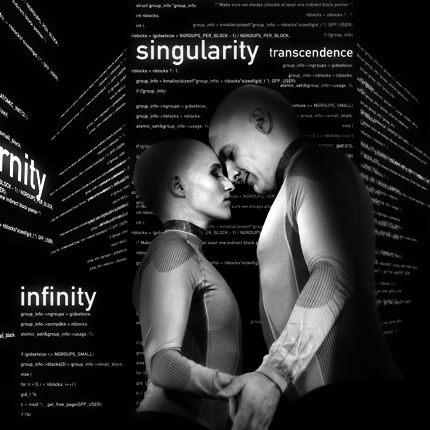
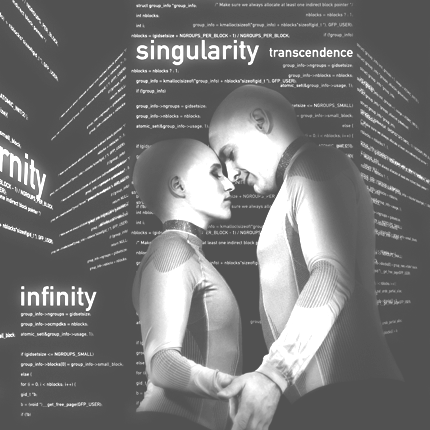

NOVA
IMPERFECTING PERFECTIONA chamber opera for female voice, viola, live electronics, two virtual voices and a virtual stage set.
Of life in the virtual world.
Of the disappearance of suffering, passions and emotions.
Of the resultant stasis.
Of the need to create a new being with human characteristics.
Of the meaningful nature of the imperfect.Nova | Anna Herbst
Seth | Valdemar Villadsen
“the wholeness” / the system | Gerard Quinn
Viola | Olof von Gagern
Director | Kay Link
Script, composition and live electronics | Franz Danksagmüller
Stage set and film direction | Virgil Widrich
Costumes | Gesa Gröning
Projections and lighting design | Oleg ProdeusPremiere: 20 June 2019, 7.30pm
Venue: Orchesterzentrum NRW, Dortmund
Additional Performances: Friday, 21 June 2019, 11am and 3pmSingularity – the merging of humankind with artificial intelligence to form an omnipotent and omniscient network – is where this opera begins.
As our planet becomes less and less habitable, life in the virtual world becomes increasingly enticing. Humans coalesce to an ever greater degree with the system – a system in which everything appears possible. There are no boundaries, no unfulfilled wishes and seemingly endless possibilities for expansion – liberated from the confines of the body. Yet with boundlessness, endlessness and the fact that anyone can accomplish anything and create themselves anew, ambition, motivation and all the other emotions disappear. Indifference and arbitrariness spread, and this exponential development culminates in a temporal stasis. As all individuals have merged together as a system, all difference is nullified. Only a single consciousness remains, a singular being. All events become calculable – there are no surprises and all vibrancy is lost.The system recognises the threat of this stasis, synonymous with the dissolution of its very existence, so creates a new being: Nova. As an unpredictable and independent counterpart, Nova is created to challenge the system once more and bring back new life.
The score is largely based on the never-ending, transcendental and irrational number π, from which various melodies, rhythms and tuning systems are derived. Live electronics modulate the voices of the singers and the sound of the viola with the number π and various algorithms, acoustically expanding and connecting them with virtual sound generators. At the same time, Franz Danksagmüller works with various sonifications – tonal translations of data derived from human existence: economic cycles, climate cycles, data relating to human interactions, etc. A sonification enables Nova and the listening audience to apprehend and experience the cycles in a sensory way. Finally, artificial intelligence creates music: based on Hidden Markov Chains, algorithms themselves perform live composition based on sets of predetermined rules.
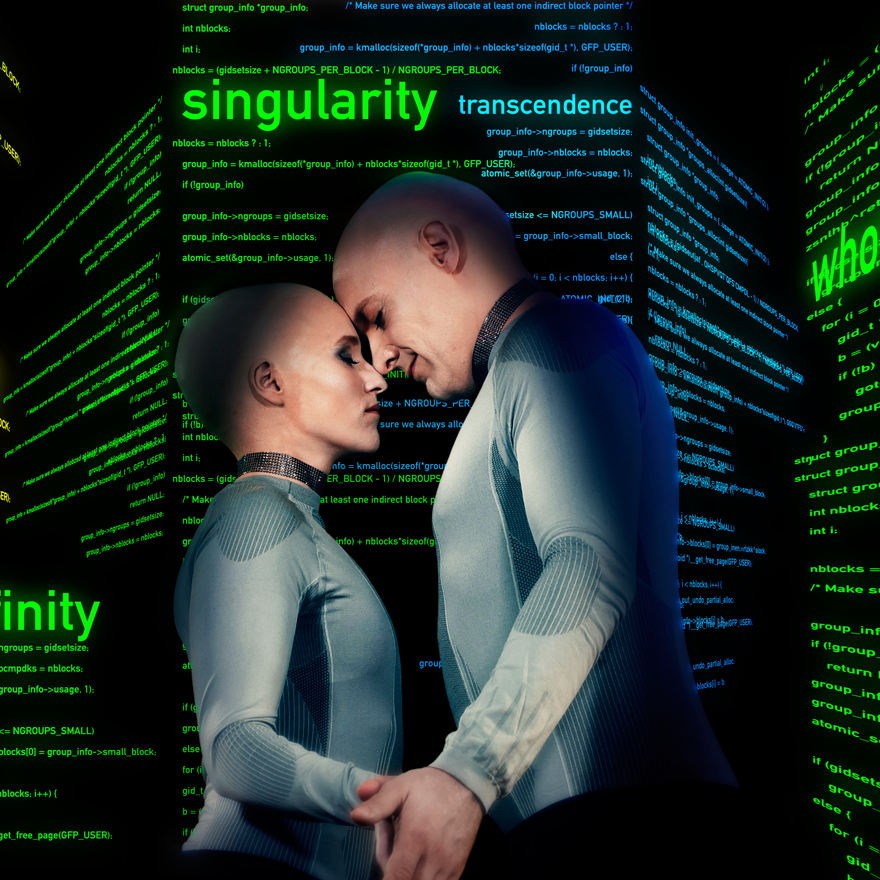
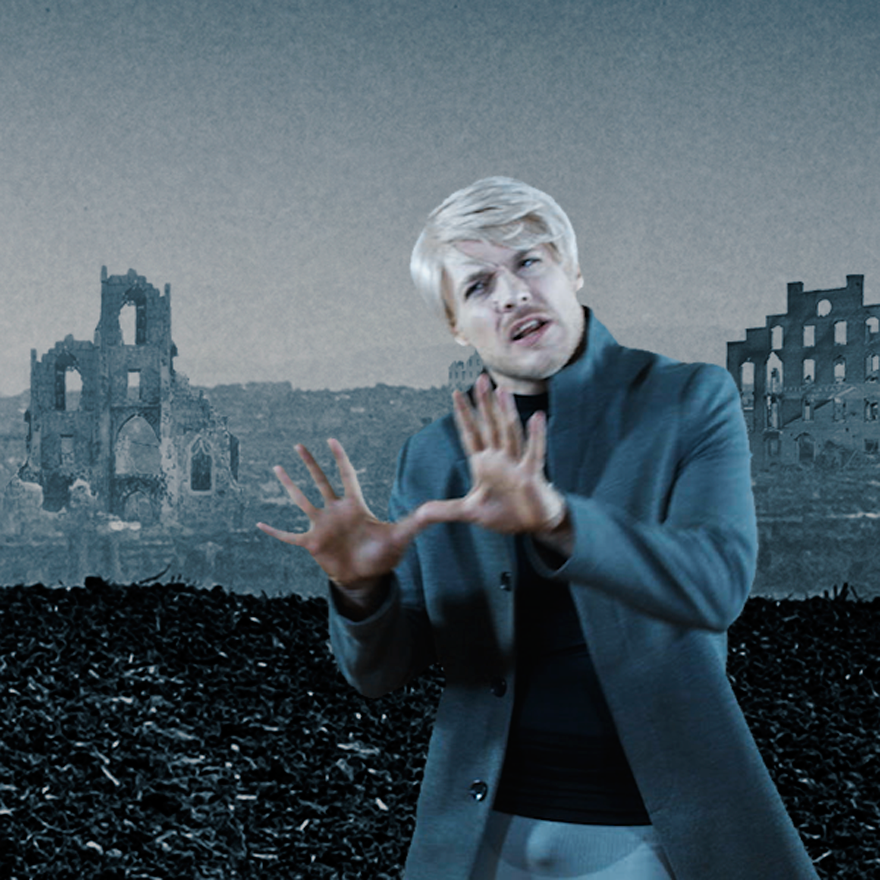
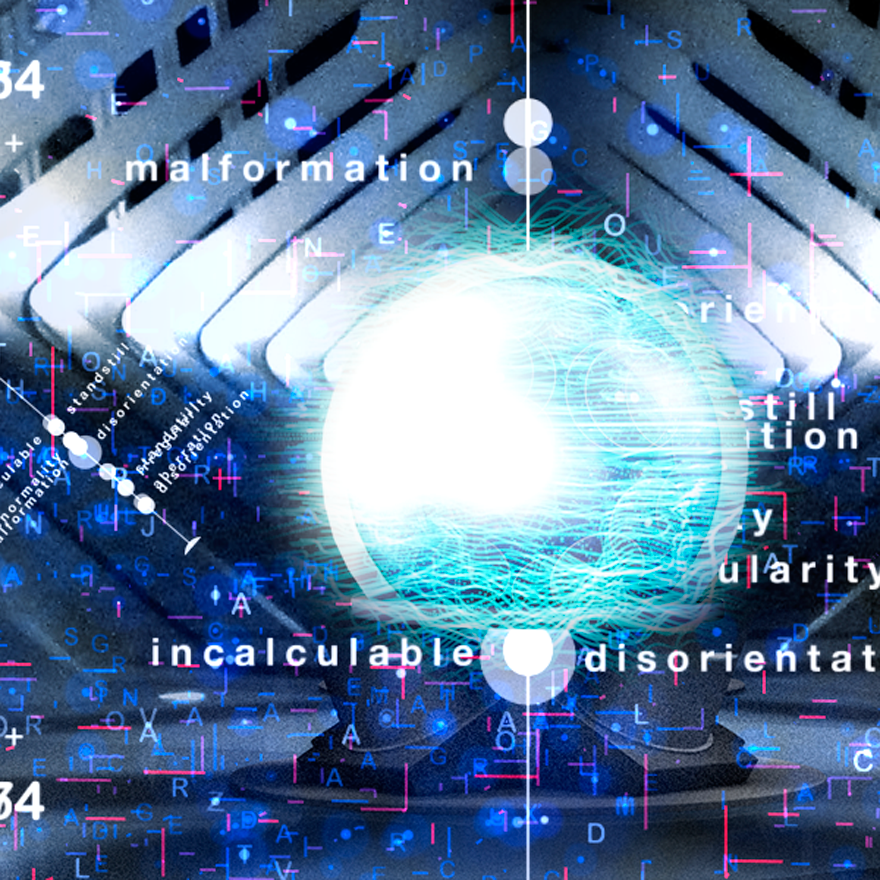
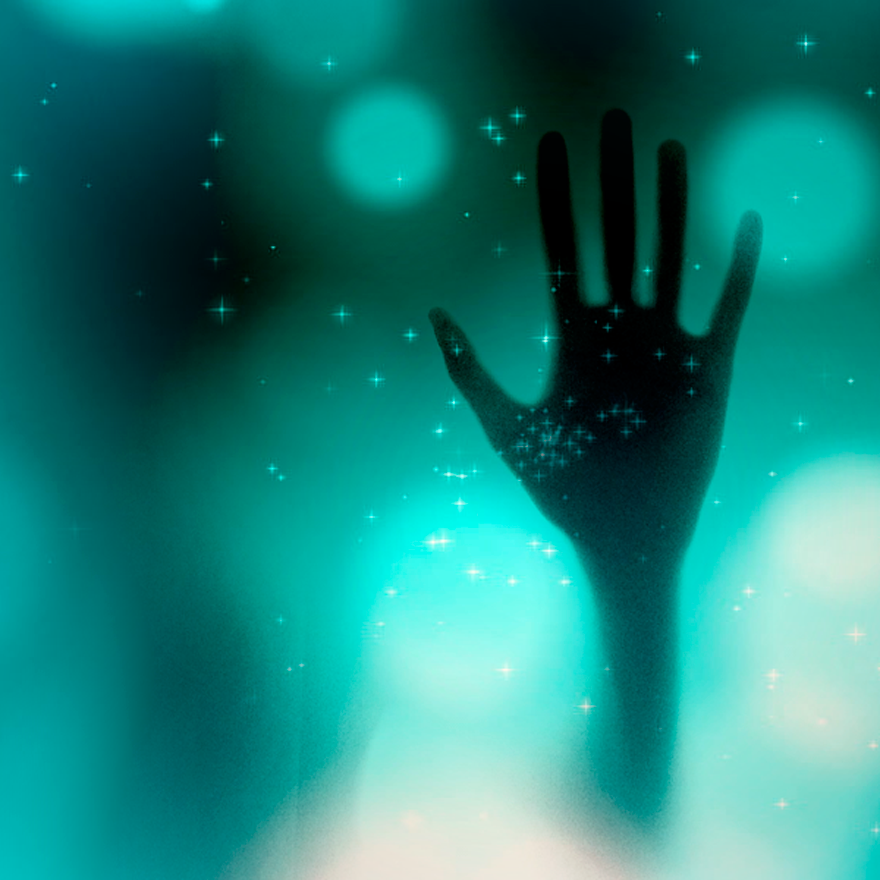
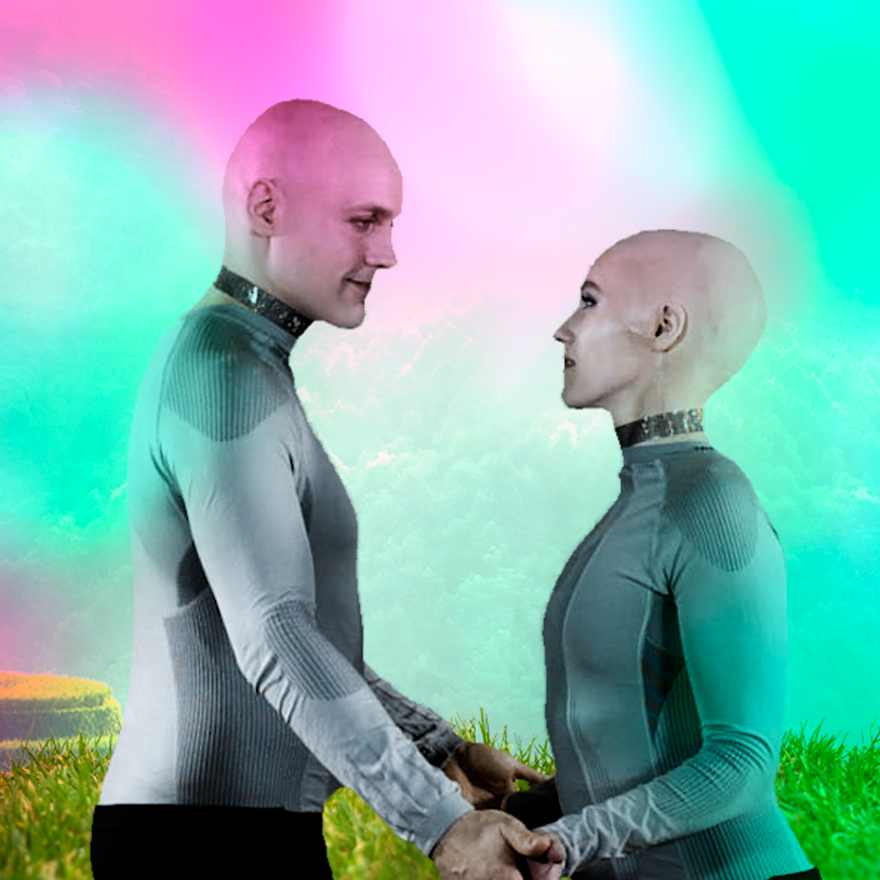
-
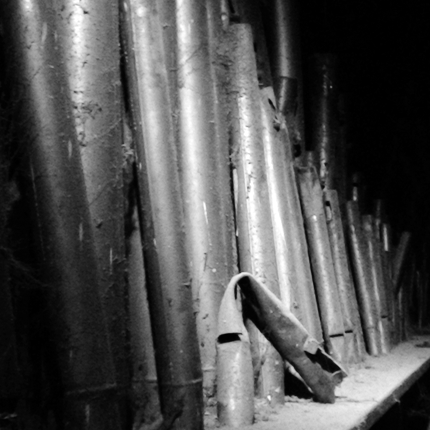
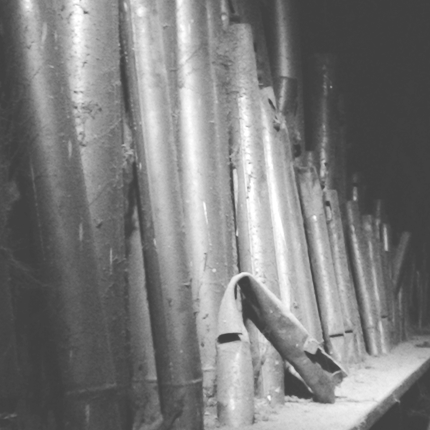

dávny
«I hate slick and pretty things. I prefer mistakes and accidents. Which is why I like things like cuts and bruises – they‘re like little flowers. I‘ ve always said that if you have a name for something, like ‚cut‘ or ‚bruise,‘ people will automatically be disturbed by it. But when you see the same thing in nature, and you don‘t know what it is, it can be very beautiful.»
David LynchPERFORMANCE FOR ORGAN, LIVE ELECTRONICS AND VIDEO
Electronic soundscapes derived from the sounds of derelict buildings and decaying instruments, combined with the church/concert hall organ.
The performer interacts with video footage from the buildings, projected onto large screens. A symphony of the rich acoustic and visual worlds of forgotten and abandoned places for organ, live electronics and video: an ecstatic immersion in the unsettling universe of decay.Composition, organ and live electronics | Franz Danksagmüller
Film Concept | Maria Hemmleb, Franz Danksagmüller
Premiere | 4 July 2019 at the Internationale Orgelwoche Nürnberg ION
Duration | 75-80 minutes
Sponsored by Filmwerkstatt KielThis project is about the beauty, poetry and melancholy inherent in the sound of broken instruments and derelict organs. What makes these sounds so particular? Which specific signature have time, climate and the often violent and destructive influence of human interaction left behind?
A wealth of audio and video material was collected from abandoned places on a three-week journey through Poland, Slovakia and the Czech Republic in 2014. Subsequent journeys have resulted in a large archive of material: sounds from damaged organs and broken instruments found in empty churches, but also sounds from the desolate buildings themselves (churches, synagogues, factories, etc.) and their remaining inventory. The voices and songs of elderly people, who still have a relationship to these places, were also recorded.
Amongst the instruments that were found were organs that have remained untouched since their original construction, so the archive has also developed a documentary character.
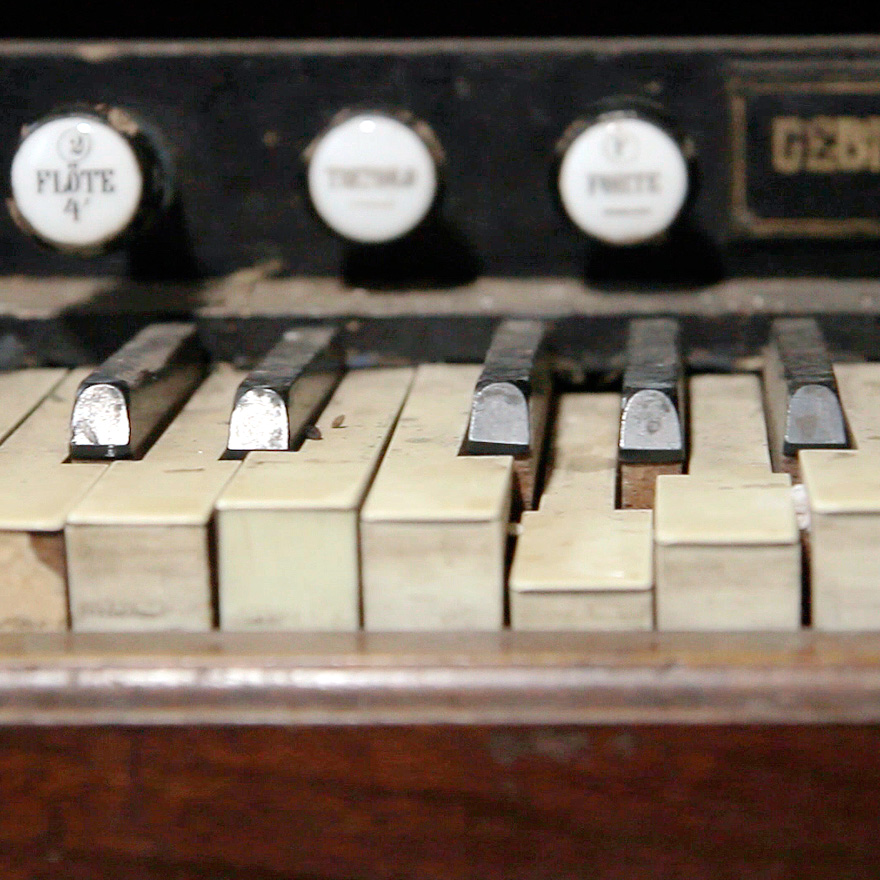
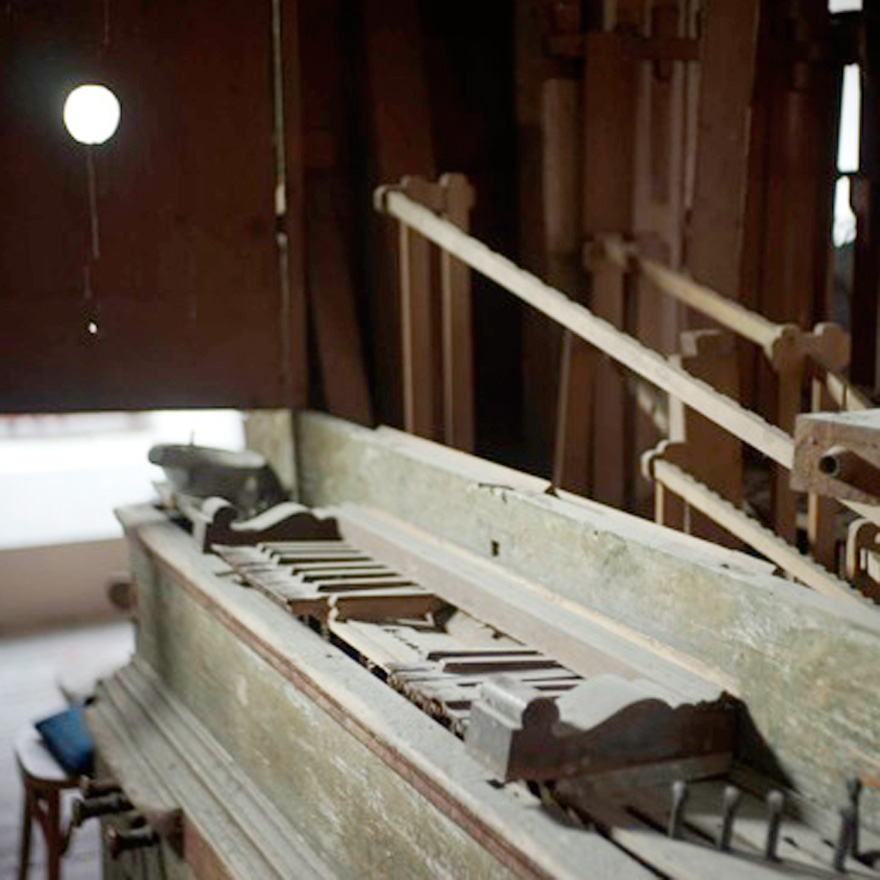
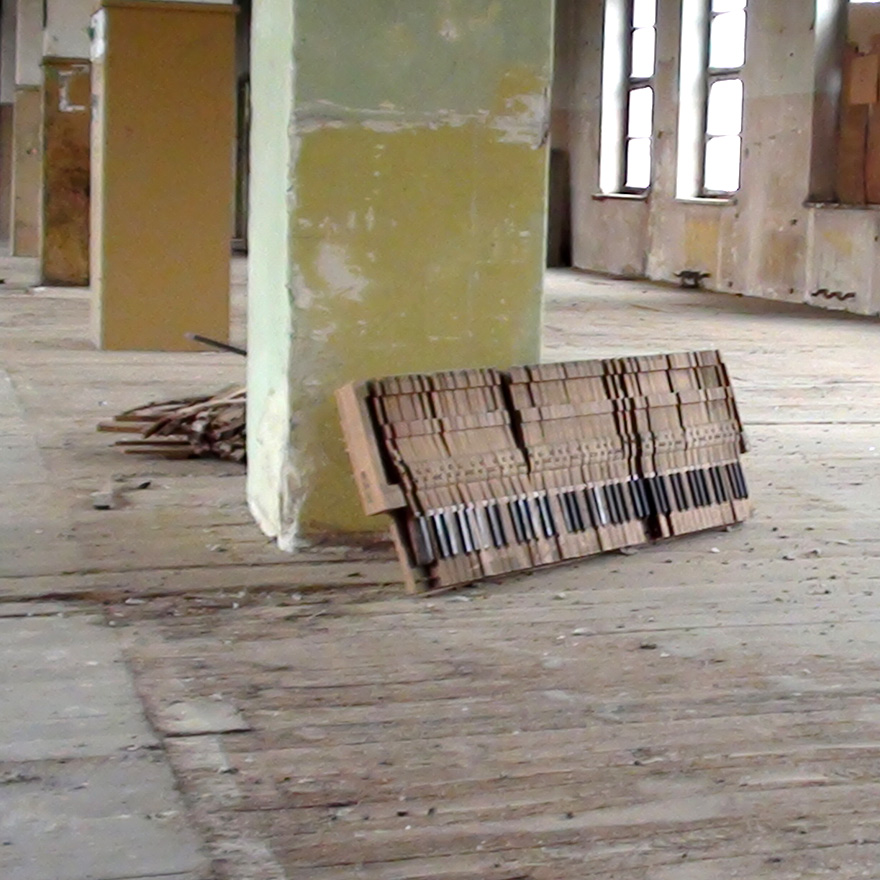
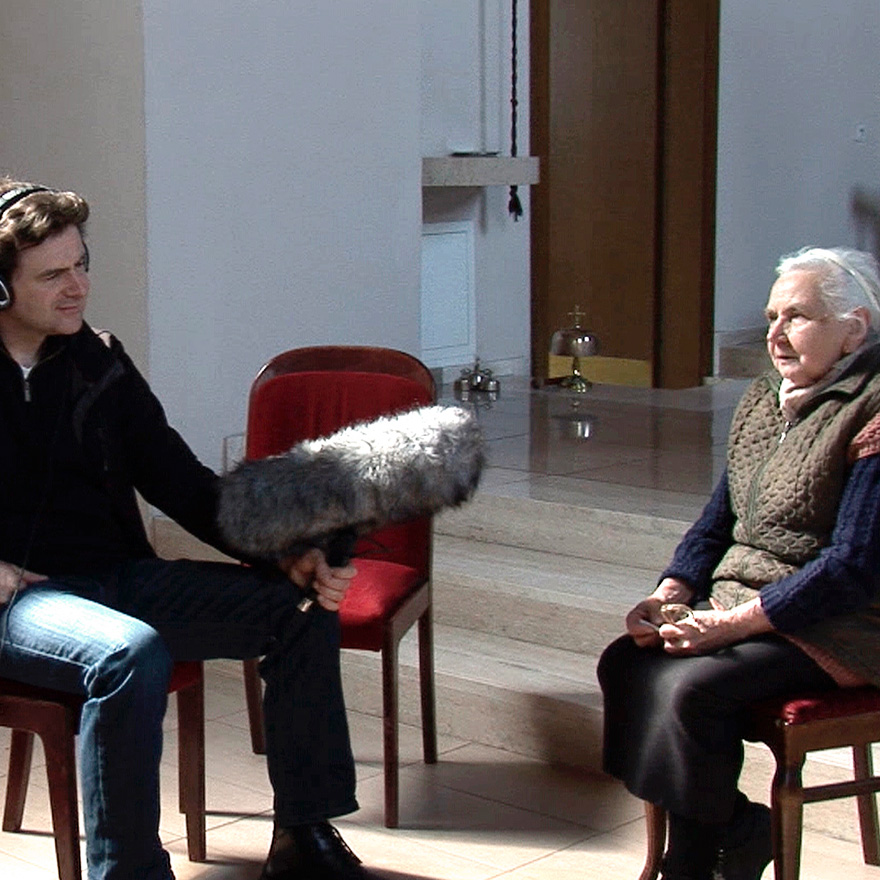
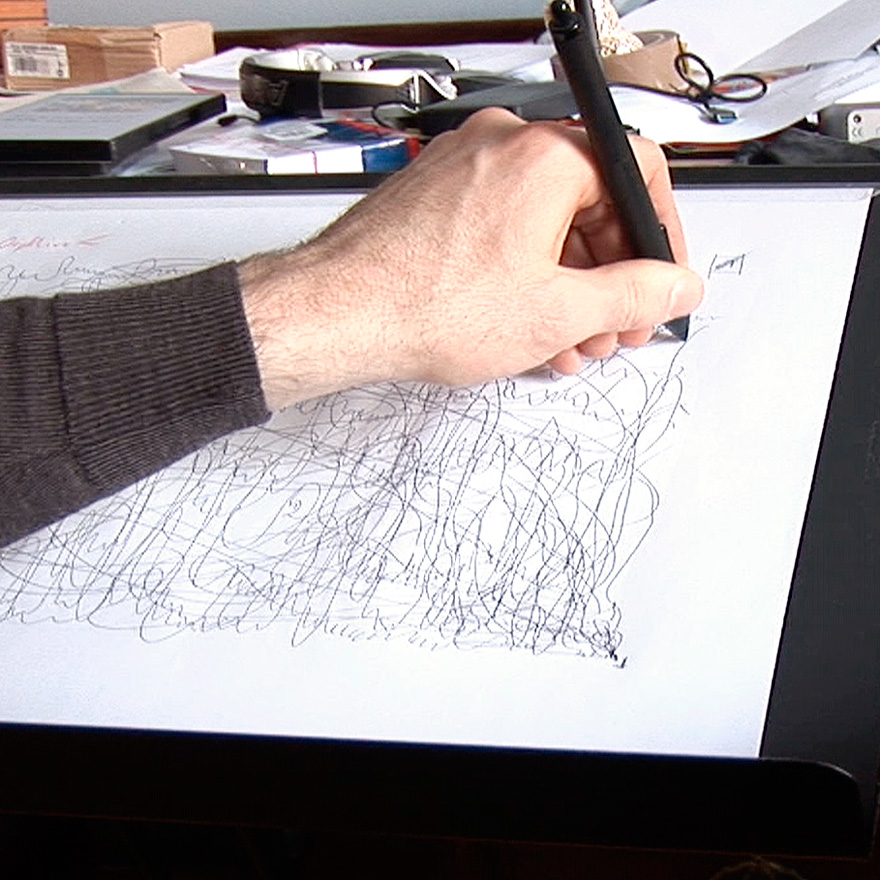
-
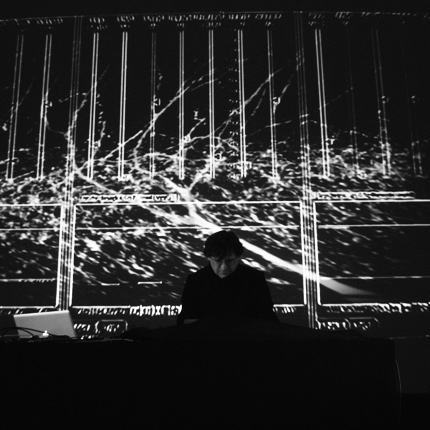
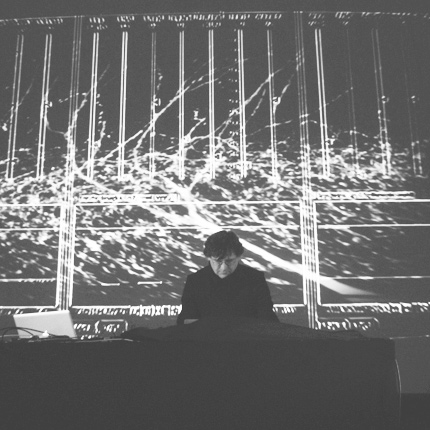

sounding science
Sounds from science, the economy and mathematics
Franz Danksagmüller Concept, live electronics and visualisation
I. In the garden of irrational numbers
π, √2 and e as sounding individualsII. Population development in the respective performance locality
Experience the growth and decline of a population over timeIII. The sound of the economy
The ‘groove’ of the rise and fall of the stock marketIV. The sound of brain cells
An acoustic journey through the brain of a mouseV. From the sound of infinity
The soft melodies inherent in the murmurings of infinityWhat does infinity sound like? Like the rhythm of the economy? How does music change when it is sent through a mouse brain cell? What sound constellations result when multiple brain cells are conjoined?
In ancient Greece, music was considered to be one of the sciences. Different laws were rendered audible in order to gain a better understanding of them. Using sonification, the ‘implementation’ of mathematical laws in sound, we can make complex relationships perceivable via the senses, and thus create an intuitive means of accessing a fascinating world of numbers that represent a part of our world order.
This project premiered on 13 January 2018 at the
Internationale Messiaen-Tage in Görlitz | Zgorzelec.Special thanks go to Prof Dr Peer Wulff, Annetrude de Mooij and Gilda Baccini from the University of Kiel for their valuable insights into brain research and comprehensive datasets, to investment banker Dr Erich Becker (London) for his useful suggestions on handling economic data, and to Prof John Mantegna from the University of Vermont (USA) for developing a genetic algorithm that can be used to translate evolutionary processes into tonal structures.
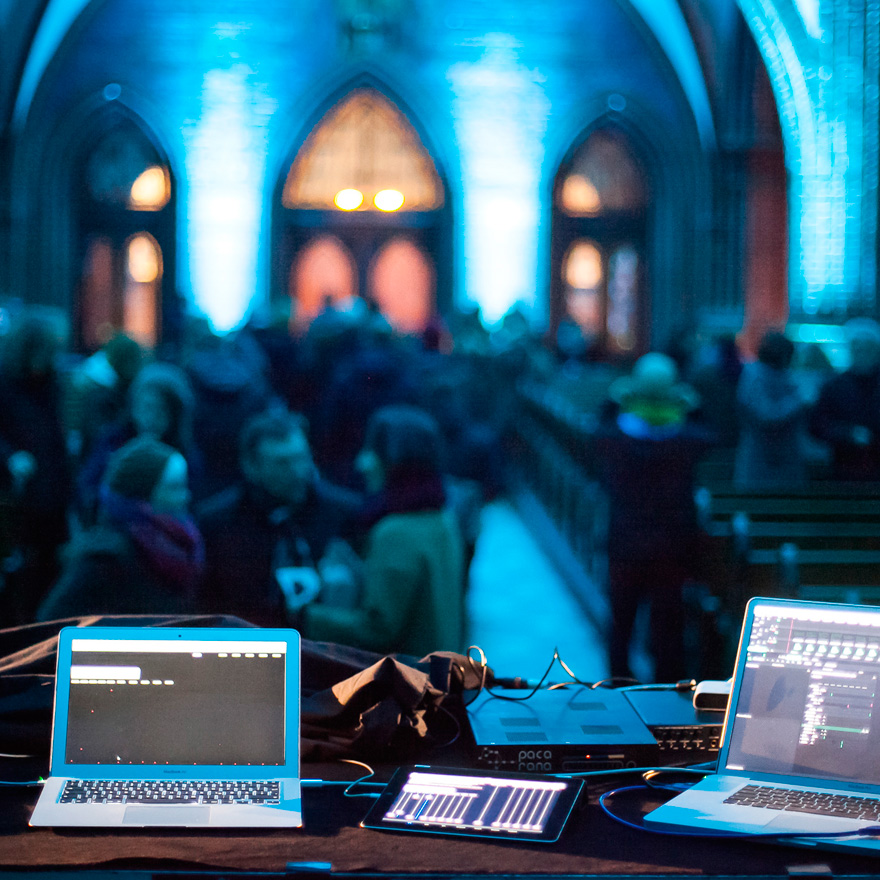
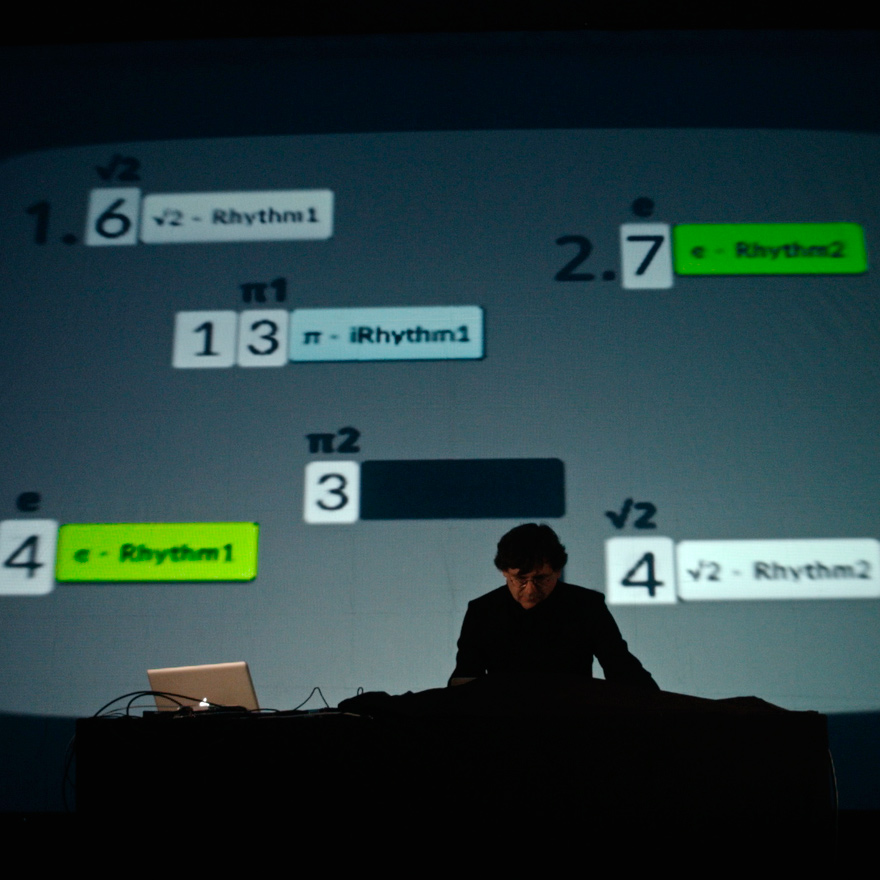
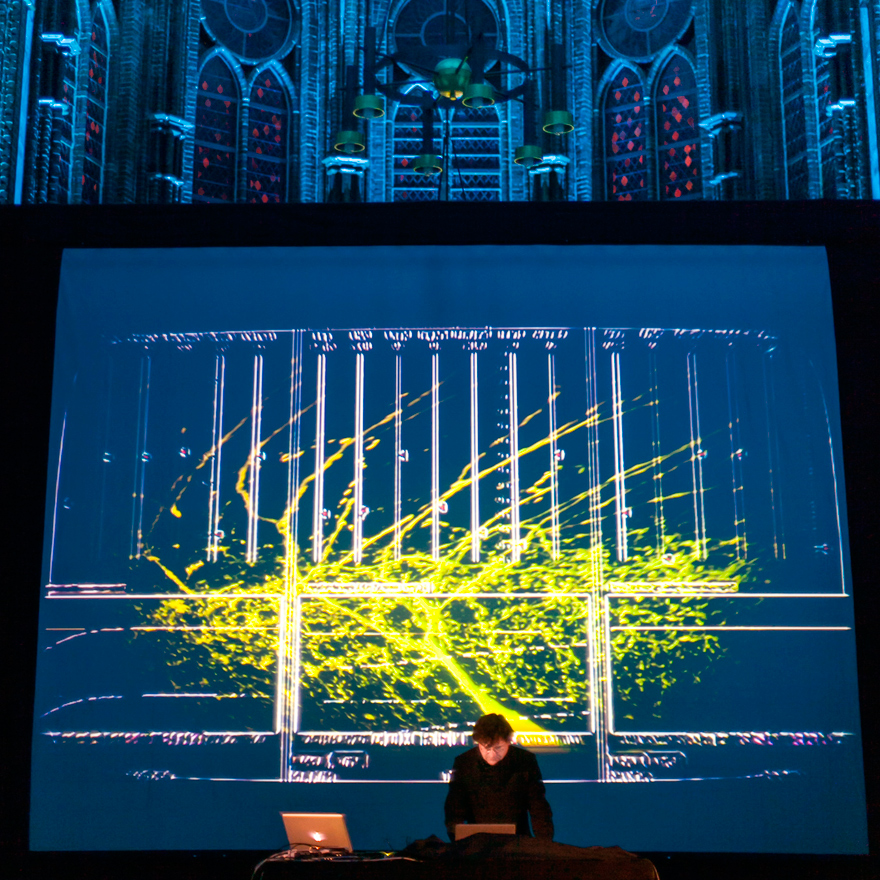
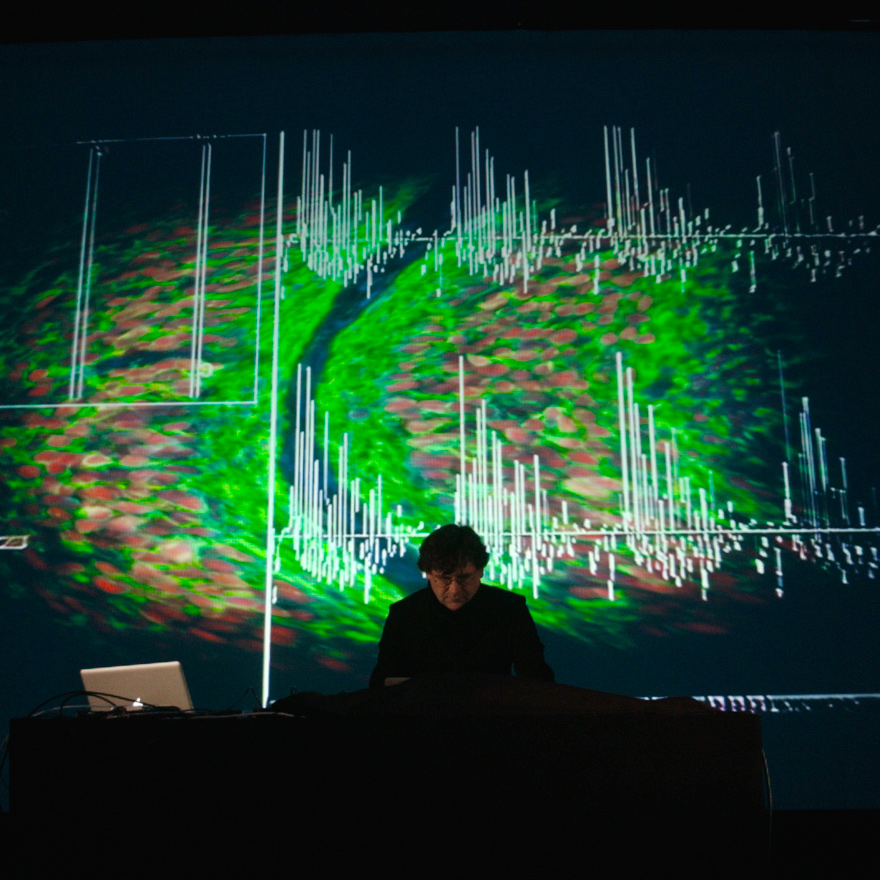
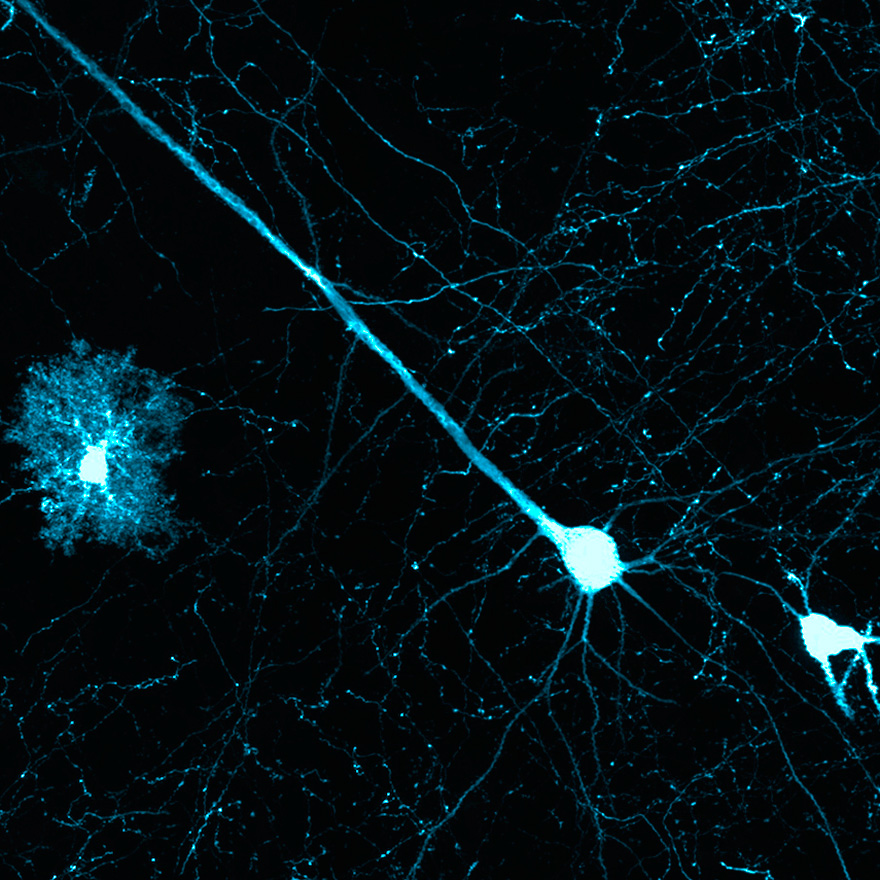
-
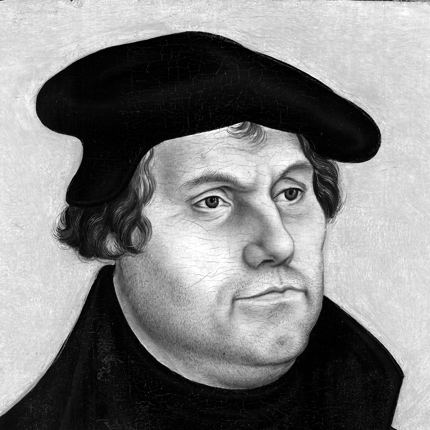
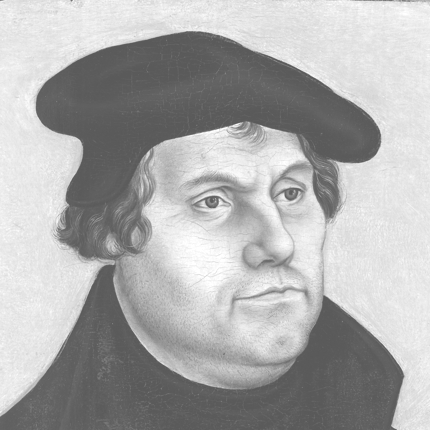

luther –
sermones symphoniaciMusical sermons
Klaus Mertens Voice | www.klausmertens.eu
Franz Danksagmüller Concept | organ | live electronicsWith music from:
Franz Danksagmüller, J. S. Bach, Heinrich Schütz, Ulrich Steigleder
Words | songs from Martin Luther and gregorianische ChorälePDF-Download > Programme
Length of programme: approx. 80 minutes«Speech is the art of awakening faith.»
AristotelesThe Sermones Symphoniaci are musical proclamations, an accordance of voice, organ and live electronics. They are based on sermons and songs from Martin Luther. The individual passages take us through the liturgical year and different chapters of the catechism.
The voice of the preacher (Klaus Mertens) moves between speaking and singing. It is electronically processed and reproduced, so that the singer sometimes produces his own accompanying voices, sings in organum or resounds as a ‘multiplied speaker personage’. Occasionally the voice fuses with the organ sound, making the archaic instrument speak out and becoming one with it as a ‘cosmic preacher’.
Speech and music become one entity. The soundtrack picks up on the baroque concept of music as proclamation and is based on the principles of baroque rhetorical figures. A singular world of sound is created: words and songs from Martin Luther, Gregorian hymns and the compositions of Heinrich Schütz are united in a resounding sermon of sound – the acoustic equivalent of a richly decorated cathedral that has many stories to tell.
Westfälisches Volksblatt | 10.02.2017
The innovative live electronics (…) appear to beam the historical texts as if by magic over the centuries and into the present.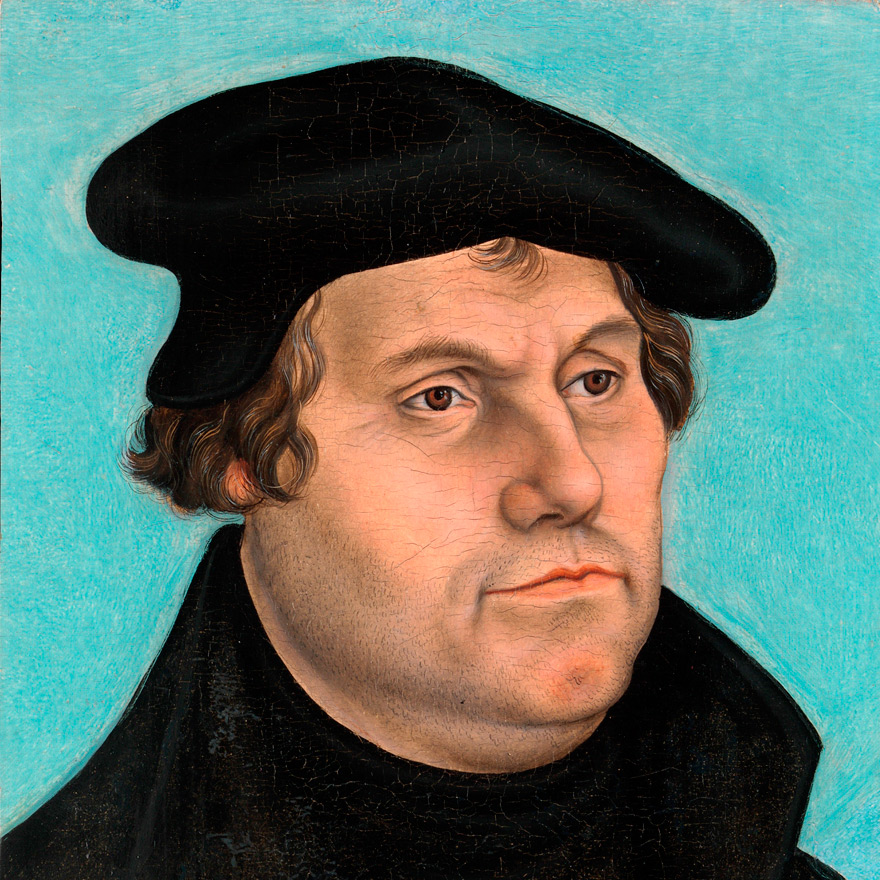
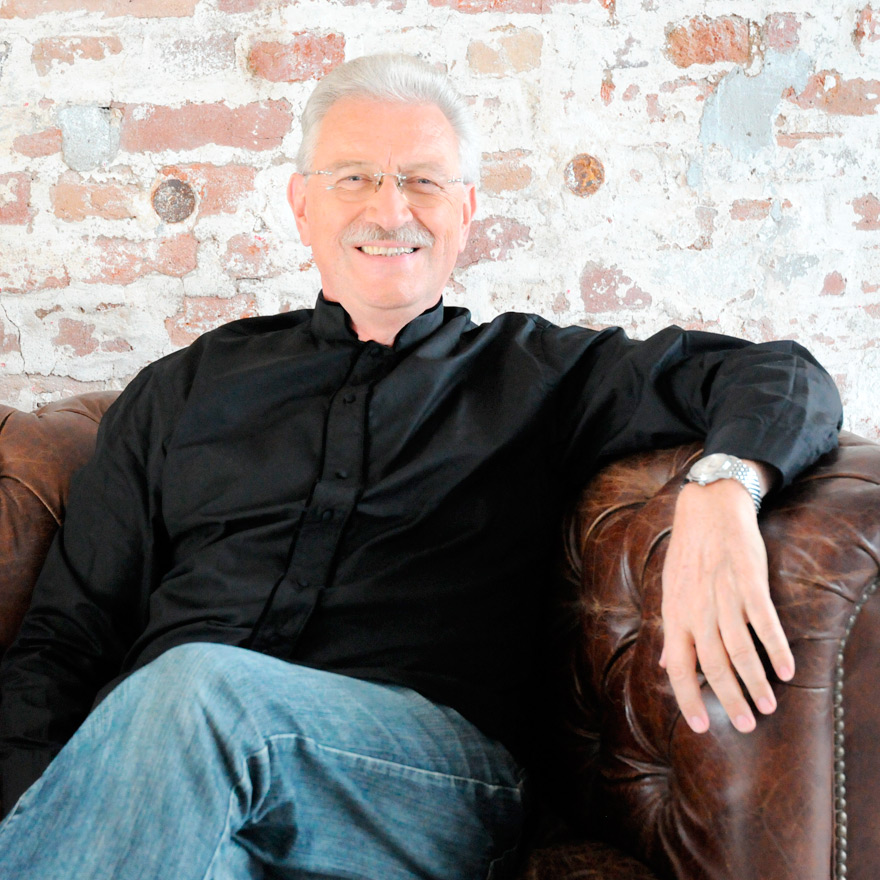
-
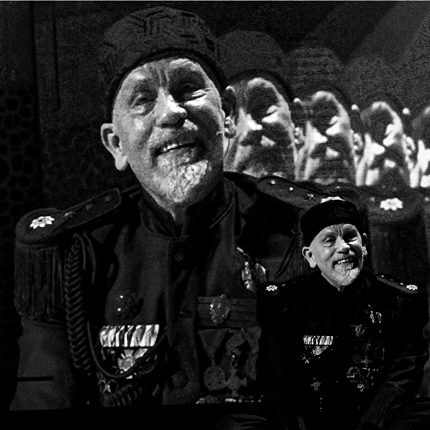
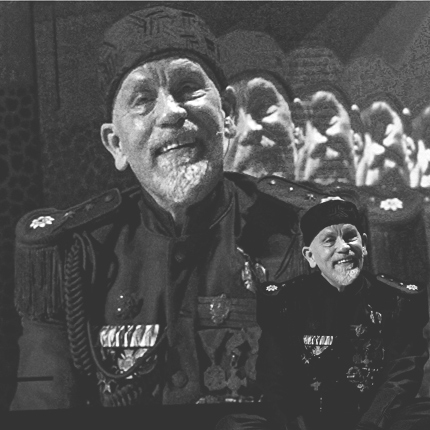

just call me god
A dictator’s final speech
A dictator lives through the final hours before being deposed from power. Like many potentates before him, he too is fascinated by the organ. His private, subterranean concert auditorium is equipped with a large organ, which forms a backdrop for this piece of musical theatre with John Malkovich in the leading role.
A military alliance, which has formed in opposition to the dictator, is about to capture the capital city. Storm troops scour the presidential palace and find themselves in the auditorium. Among the soldiers are an organist and a female journalist: a musical-scenic dialogue develops between them and the erstwhile tyrant.
With:
John Malkovich | Dictator
Sophie von Kessel | Journalist
Martin Haselböck | Organ | www.haselboeck.org
Franz Danksagmüller | Live electronics
Michael Sturminger | Book, director, producer | www.sturminger.comworld premiere:
8. March 2017 in the Elbphilharmonie Hamburg
MUSIC (EXCERPTS):
Martin Haselböck
A whiter Air
The Grand Anthem
Haselböck | Danksagmüller
Grand Organ Macabre Harmonica
Bigger Than Life! | Grand Organ Improvisation | Psychocratic Barground
Improvisation
Grand Organ Cacophonia
The Final Waltz«…The live electronics make the organ sound swell, creating interpretations, exploring the parallel world on such an artistic level that stands in complete contrast to the sound of the real music. The sound spectrum expands, developing its very own character. The voice of the dictator changes, as do the tonal colours. The organ sound modifies to mimic the rhythm of speech. A metamorphosis takes place. Thus the dictator and the organ merge, creating the powerful tie that has always existed between the mighty and this imposing instrument.»
Martin HaselböckDanksagmüller’s instruments:
Kyma «the holy grail of sound design» – Future Music
Three-dimensional keyboard LinnStrument© Bilder: Lalo Jodlbauer
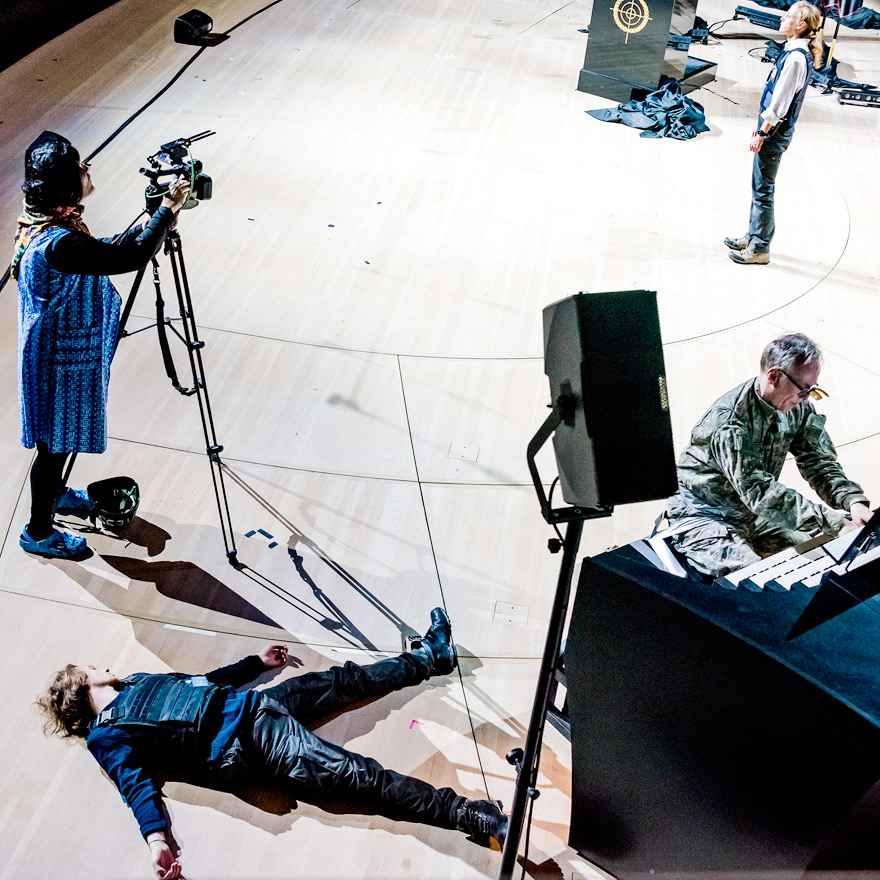
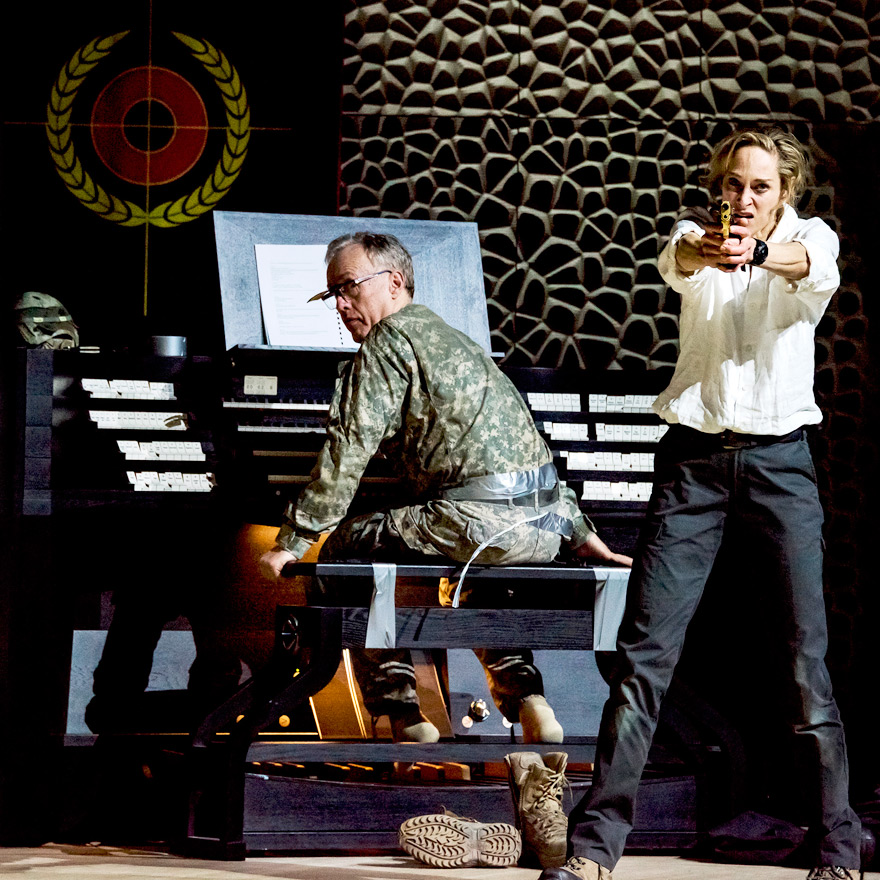
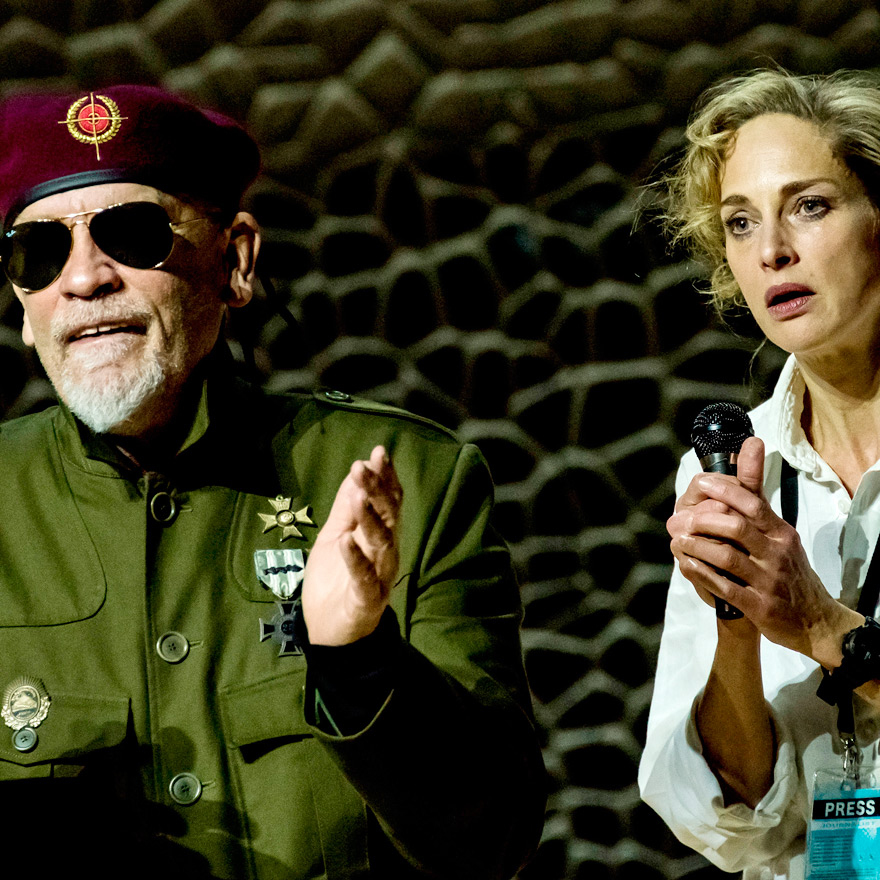

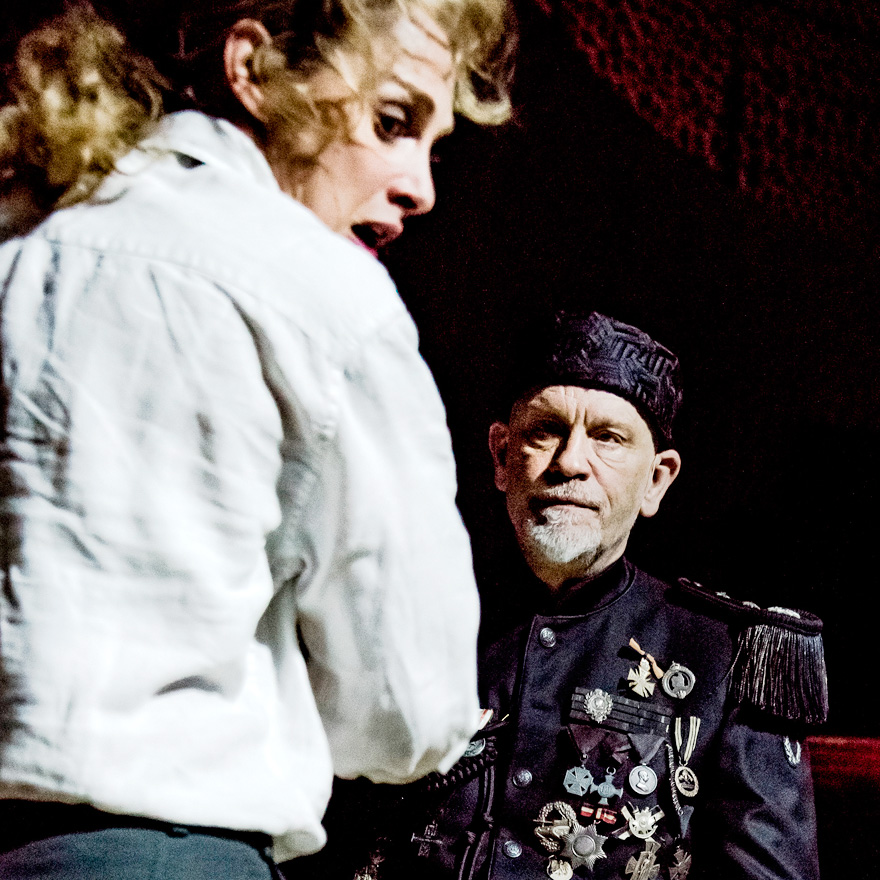
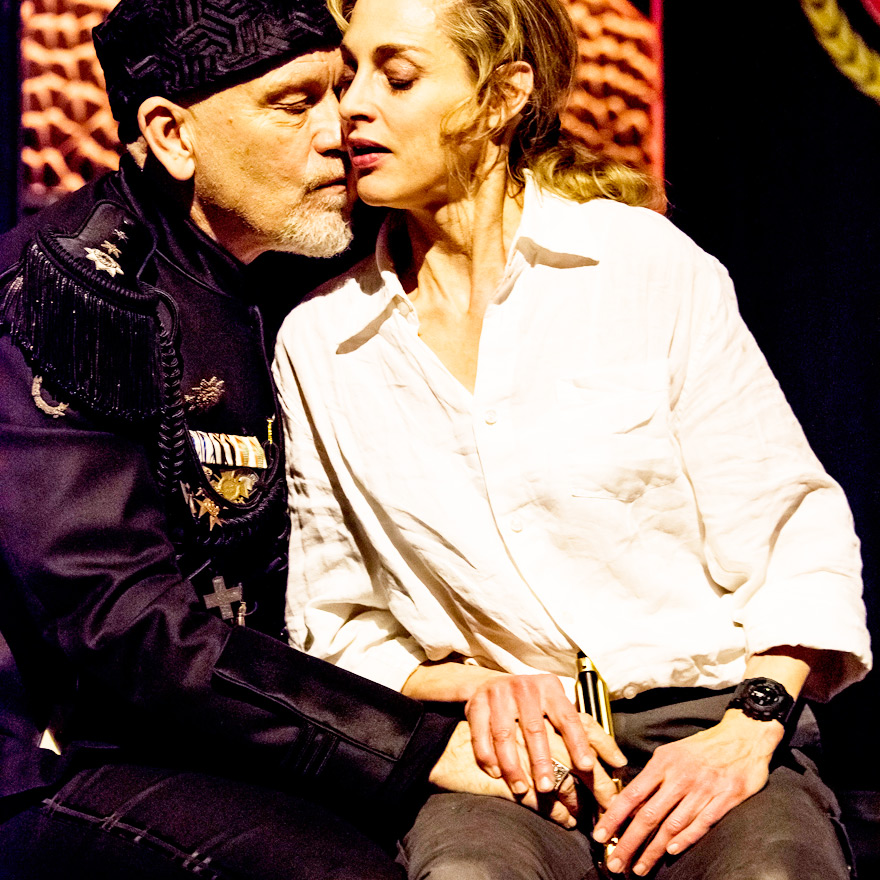
-
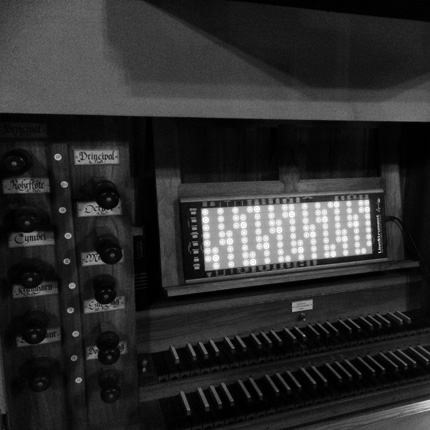
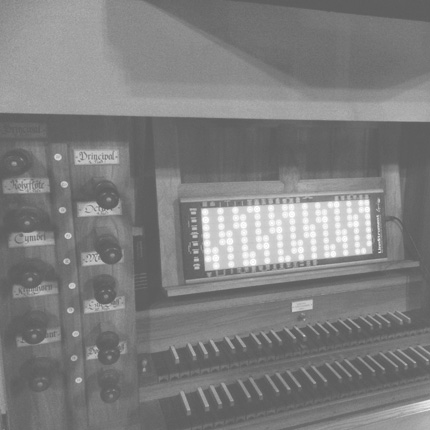

Broken bach |
future musicLive Remix for
Organ | Live electronics | MinimoogFranz Danksagmüller Concept, organ, live electronics
The classical composers were always at the very forefront of new music. Fascinated by the latest instruments, music and techniques, they learnt from the works of their predecessors, often reworking and transforming them, and using their constituent parts in their own compositions. From this superabundance of musical impressions, they helped shape the music of their time and develop it further.
The Broken Bach project is based on this interpretation. It begins with the compositions of J.S. Bach and several of his contemporaries, and reworks them using the techniques and means we have at our disposal today: sampling, remixing, digital sound manipulation and more.
In this way the original compositions are taken apart and their rhythmic or harmonic essence is extracted. Then new pieces of music are constructed using these newfound building blocks.
As a reference to the spectacular «Switched-On Bach» LP by Walter Carlos, which was produced using Moog synthesizers, a now equally historical instrument is used: an original Minimoog enters into dialogue with the historical organ.
The premiere was on 30. September 2017 at the Hildebrandt-Tage in Naumburg.
The programme will include:
J.S. Bach | Opening choral cantata «Wachet auf ruft uns die Stimme»
J.S. Bach | Orchestral suite: Air
A. Vivaldi | Excerpts from The Four Seasons
F. Danksagmüller | «Kyrie!» – composition commissioned for the Hildebrandt-Tage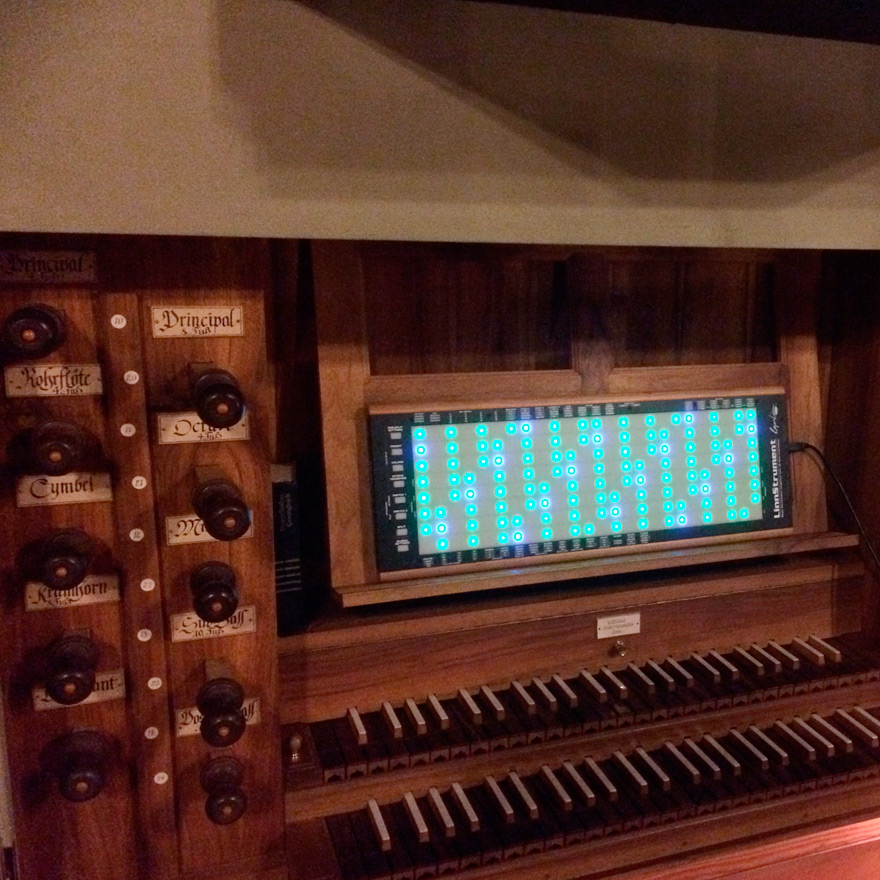
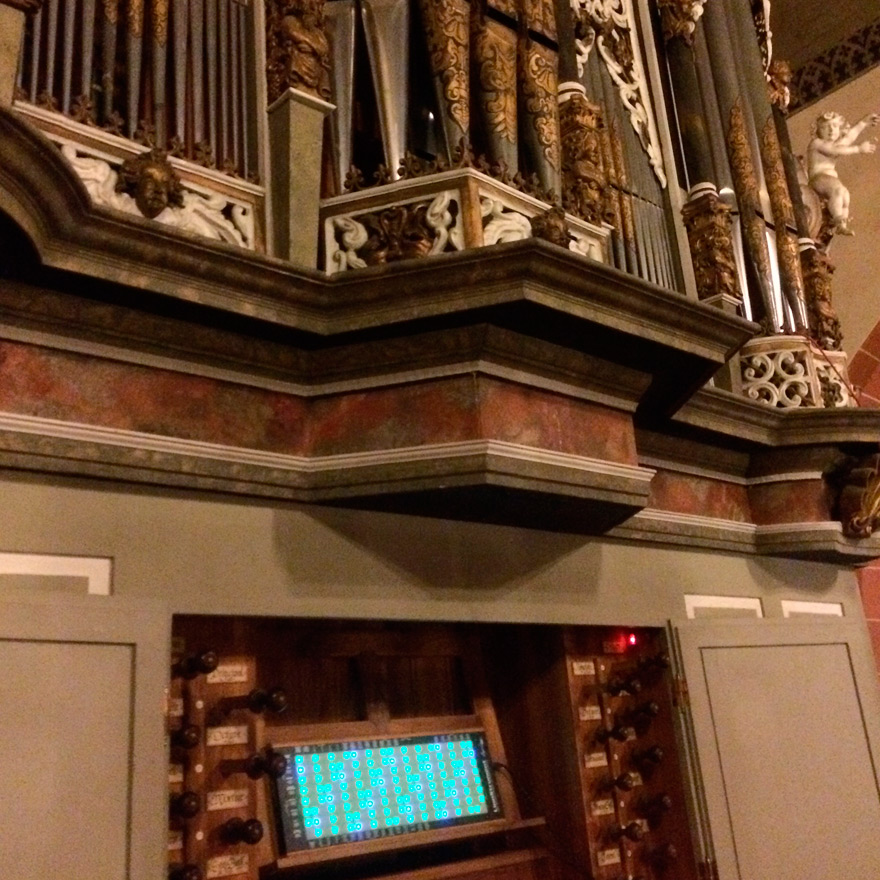
-
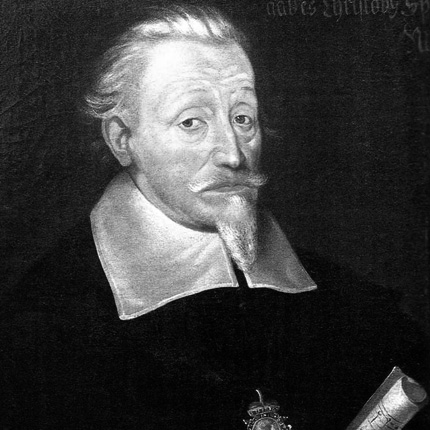
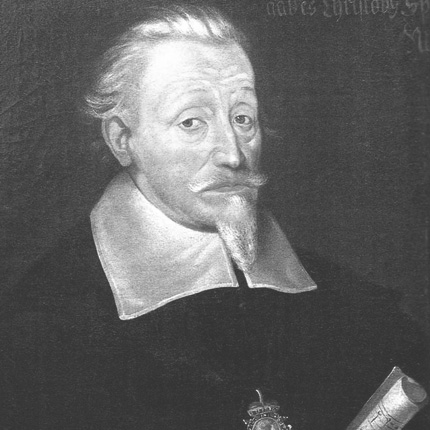

Masterclass
rhetorical figures and
PROGRAMME MUSICA composer or improviser can elicit specific emotions through music. In the baroque period these states of mind were called affects. Johann Gottfried Walther lists eight of them in his Musical Lexicon: love, sorrow, joy, anger, compassion, fear, courage and wonder.
Precise knowledge of the different musical and rhetorical elements is essential to be able to evoke such emotional states in your listeners. The roots of this art can be traced back to antiquity. Based on this tradition, many baroque theoreticians, including Christoph Bernhard, Athanasius Kirche and Johann Mattheson, categorised rhythms, rhetorical figures and keys according to their differing effects.
This workshop examines these treatises and analyses compositions with a direct connection to a particular text or particular emotions, including compositions by Heinrich Schütz, Dietrich Buxtehude and Max Reger, oratorio by J. S. Bach and Joseph Haydn, and stage music by Lully, Mozart, Beethoven and Schubert, as well as programme and film music.
Findings from this work are then put into practice by creating your own music through improvisation and composition.
Dates in 2017
24. – 27. April | University of Music, Oslo | Norway
14. and 16. June | Holland Organ Festival, Alkmaar | Holland
26. – 30. June | Pargas Organ Festival | Finnland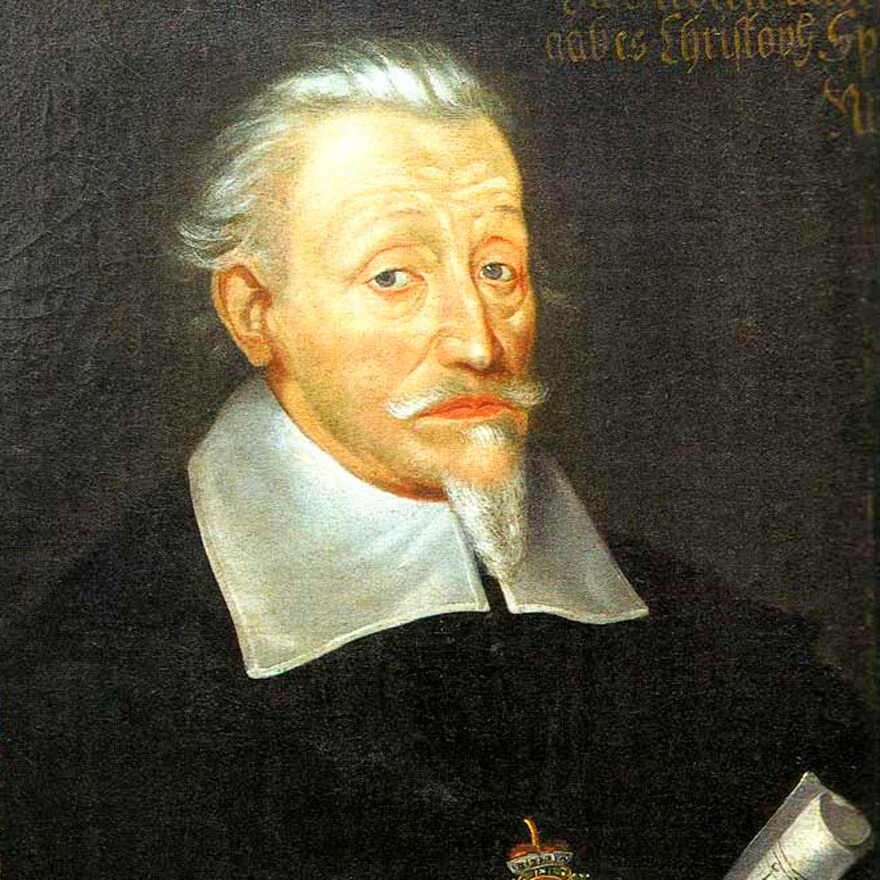
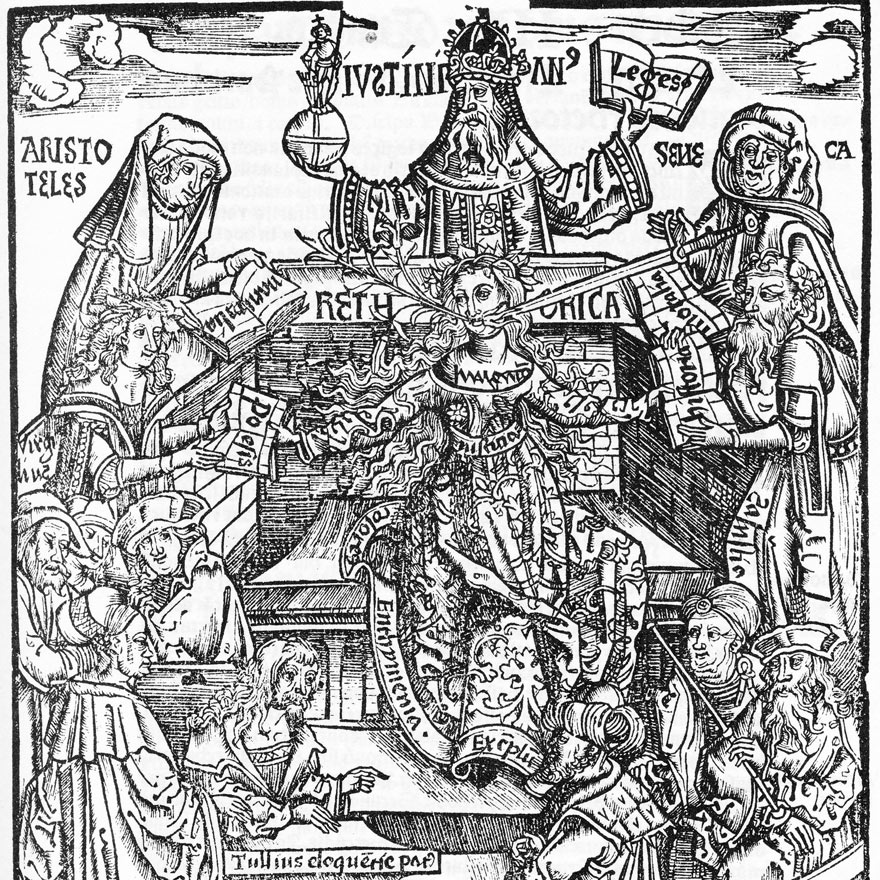
-
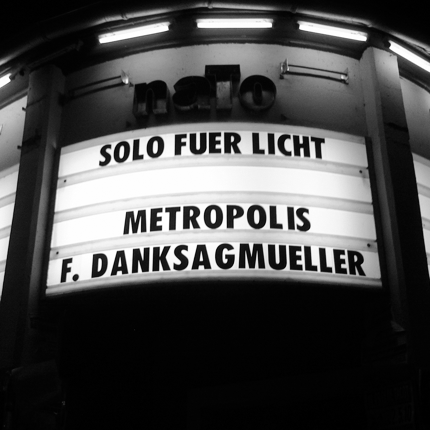
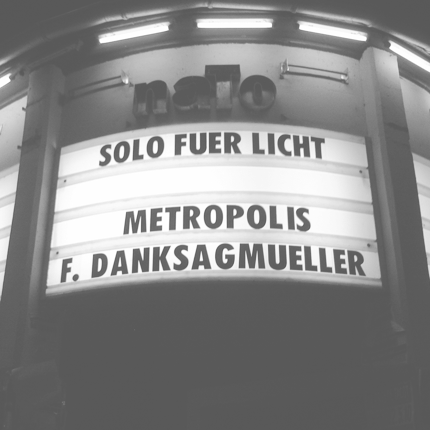

Silent films
Franz Danksagmüller is known for his evocative and imaginative live soundtracks to silent films. Whether performing as a soloist on the organ, with electronic instruments or in collaboration with other musicians, each and every performance is unique, as the music is generally not recorded.
One particular characteristic of Franz Danksagmüller’s soundtracks is a blurring of distinctions between music and sound design. At times, the sound seems to originate from the film itself, before moving into the music and back again. When he uses live electronics to create a soundtrack, a unique instrument is created for every performance. Arrangements for different instrumentations have been written for the majority of silent films.
Nosferatu – A SYMPHONY OF HORROR
German horror film by Friedrich Wilhelm Murnau, 1922
Duration: 81 minutes
Organ | vocals | live electronics > Video
With students from the University of Music Lübeck > VideoBuster Keaton – Sherlock, Jr.
American silent comedy by and with Buster Keaton, 1924
Duration: 45 Minuten
With students from the University of Music Lübeck > VideoThe Phantom Of The Opera
American silent film by Rupert Julian, 1925
Duration: 106 Minuten
Organ | live electronics > VideoKörkarlen | Der Fuhrmann des Todes | The Phantom Carriage
Swedish horror film by Victor Sjöström, 1921
Duration: 104 minutes
Vocals: Berit Barfred Jensen | live electronics > VideoMetropolis
German classic by Fritz Lang, 1927
Duration: 120 – 144 minutes
Live electronics > VideoSpies
German spy film by Fritz Lang, 1928
Duration: 145 minutes
> VideoPanzerkreuzer Potemkin | Battleship Potemkin
Russian film by Sergei Eisenstein, 1925
Duration: 66 minutes
Organ | drums: Johannes Fischer | live electronics > VideoAsphalt
German film by Joe May, 1929
Duration: 93 minutes
Welte Organ in the Grassimuseum Leipzig > VideoThe Fall of the House of Usher
American short film based on a story by E. A. Poe, 1928
Organ | live electronics > VideoAlso (without recordings):
La chute de la maison Usher – The Fall of the House of Usher | Jean Epstein, 1928
Der müde Tod – Destiny | Fritz Lang, 1921
The Playhouse | Buster Keaton, 1921
The Garage | Buster Keaton, 1920
Das Cabinet des Dr. Caligari – The Cabinet of Dr. Caligari | Robert Wiene, 1920
Von Morgens bis Mitternachts – From Morn to Midnight | Karlheinz Martin, 1920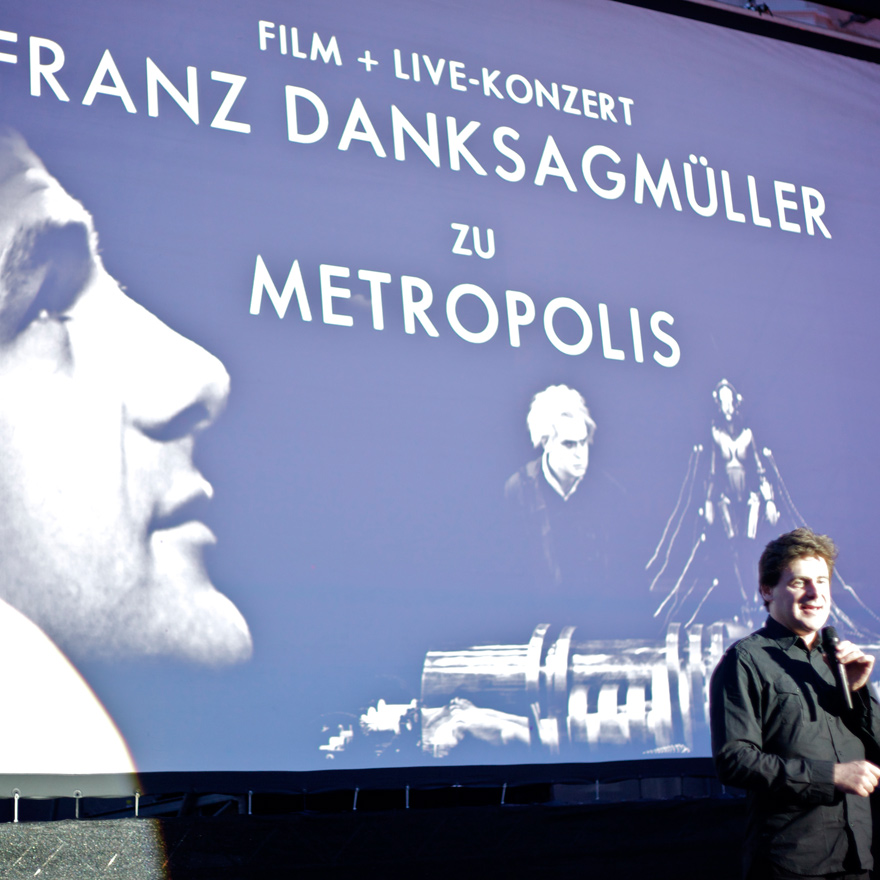
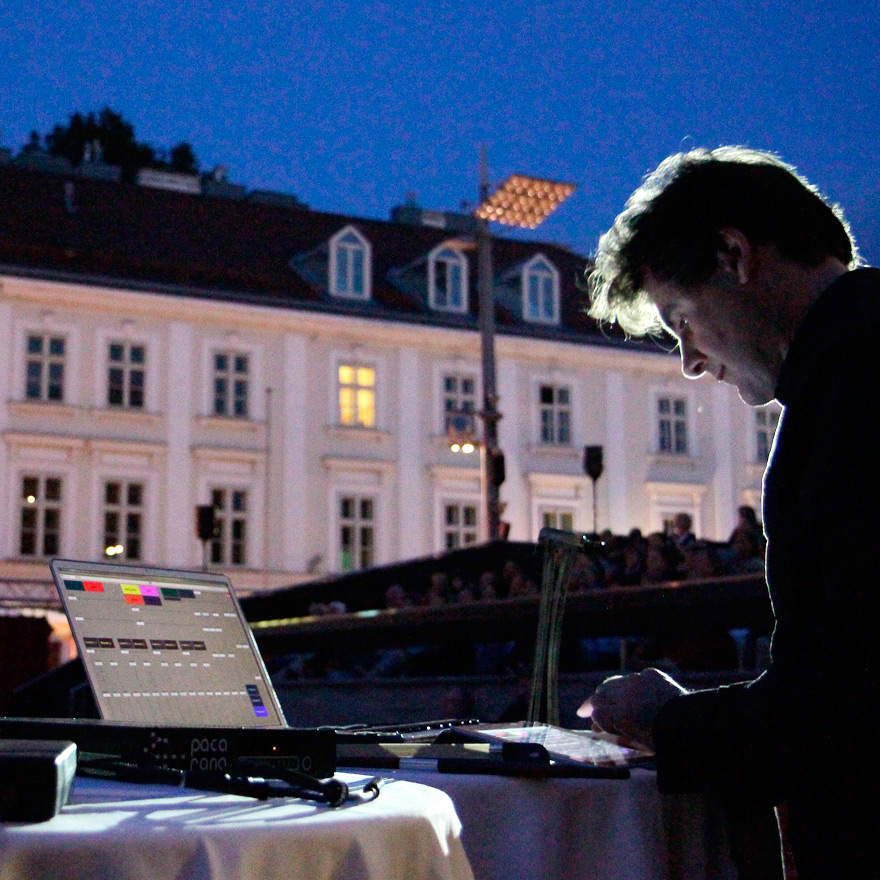
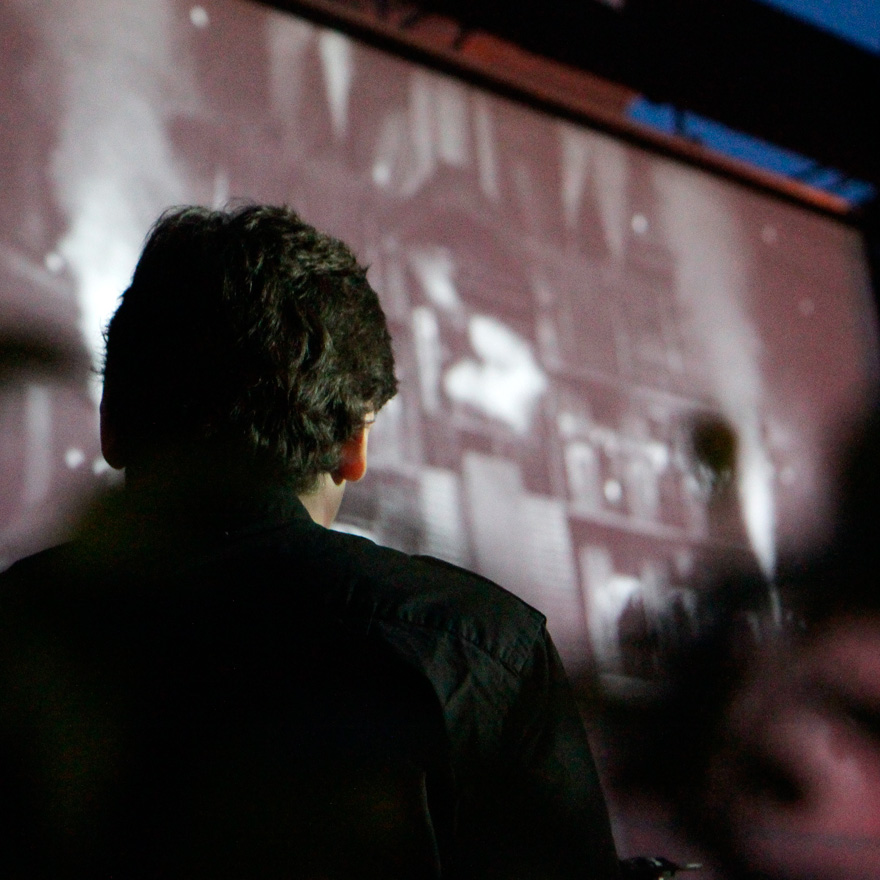
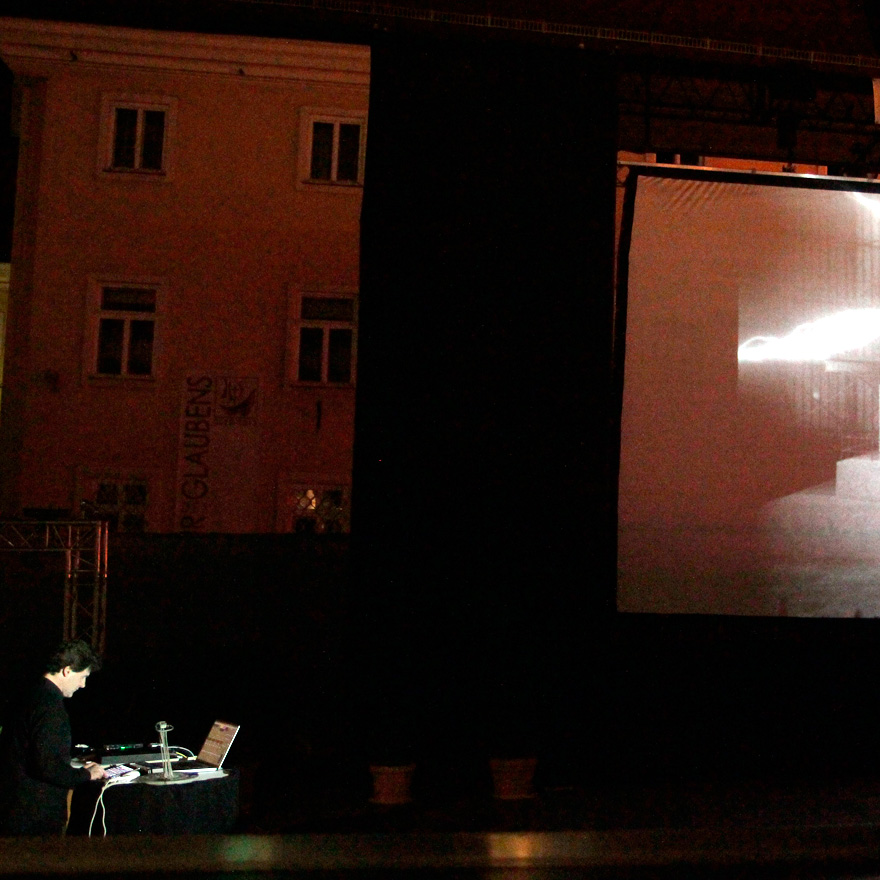
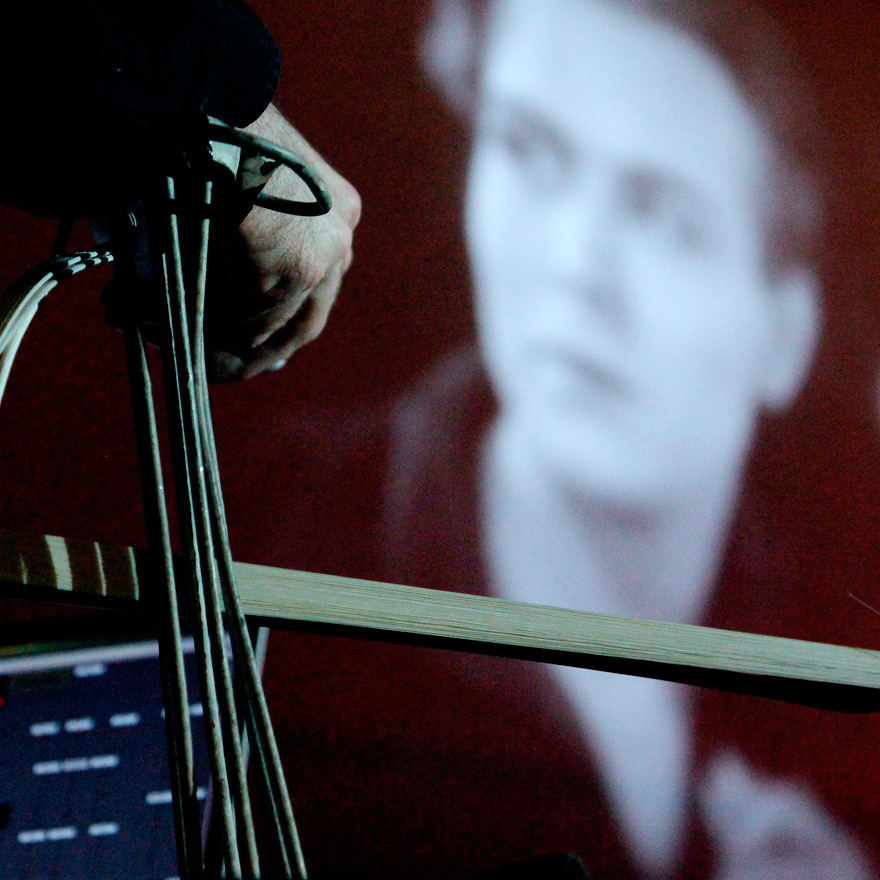
-
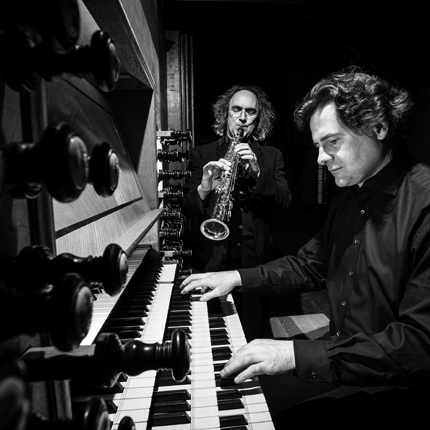
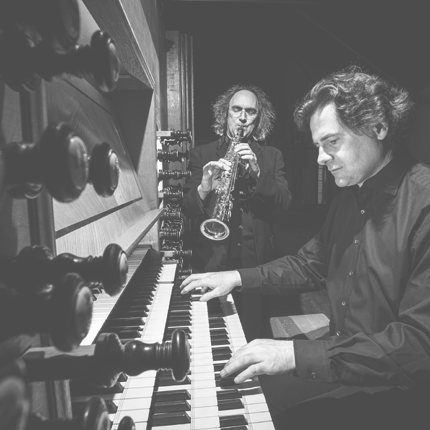

buxtehude_21
on the bridgeKomprovisationen of works by:
Tunder | Buxtehude | Bach | HändelBernd Ruf Soprano saxophone, clarinet | www.berndruf.de
Franz Danksagmüller Organ, toy piano, live electronicsThe interpretation concept of music professors Bernd Ruf and Franz Danksagmüller contains a similar explosive force as once the beginnings of historical performance practice. Their approach, however, is a completely different one. The central question that is addressed here is not how did musicians once play, but how their music affected its listeners. Danksagmüller_Ruf seek and play with the aim of enabling listeners to experience the effect of the music of past eras in the present. They use methods such as improvisation, recomposition, live electronics, historical performance practice and elements from New Music. This allows them to approach the original score, dust off the patina of the past, reveal its core and assemble it anew. The result is a fascinating tonal distillate, which effectively dissolves epochal thinking.
Bernd Ruf
is considered one of the most interesting personalities in the field of classical crossover. The 2002 Grammy nominee attracts attention time and time again for his cross-border projects and encounters with musicians from different cultural circles. He has developed special classical programmes with African, Mongolian and Latin American musicians, as well as jazz and rock musicians. Bernd Ruf has directed the ORF Radiosinfonieorchester of Vienna, the NDR Radiophilharmonie Hannover, the Cayuga Chamber Orchestra Ithaca | New York, and has worked alongside Roger Hodgson (Supertramp), Joe Lovano and Randy Brecker. At the Handel Festival in Halle, he developed and leads the annual concert evening, «Bridges to the Classics». As a clarinettist, he plays with bandoneon master Raul Jaurena. He is Professor of Popular Music, Jazz and World Music at the University of Music Lübeck since 2004.
> CD Trailer
PDF-Download > InfosheetCD
buxtehude_21
Release date: 09.05.2016
Label: gpArts | Distributor: EDEL Kultur | Order no.: gpARTS 009Booking contact
gpArts
Hendrik Czaster | hendrik.czaster@germanpops.de
Peenestieg 1-3 | 23554 Lübeck | Germany
Tel +49 451 808 505 60
Fax +49 451 989 809 76
www.germanpops.de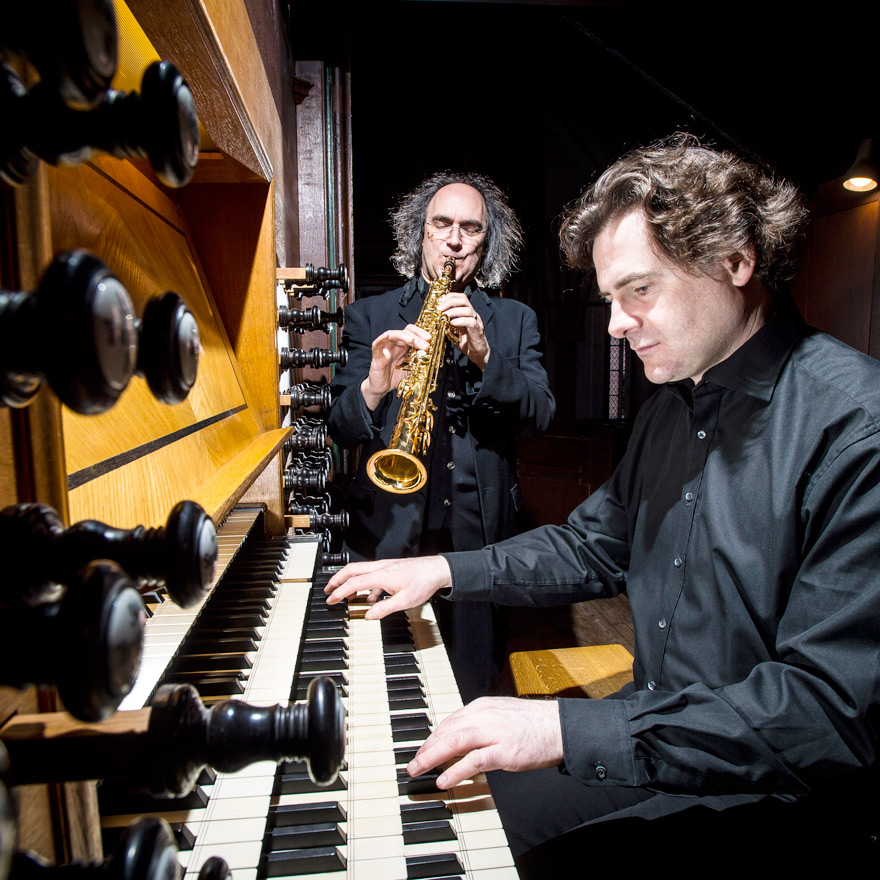
-
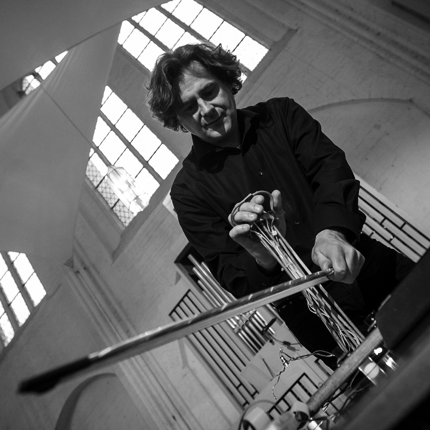
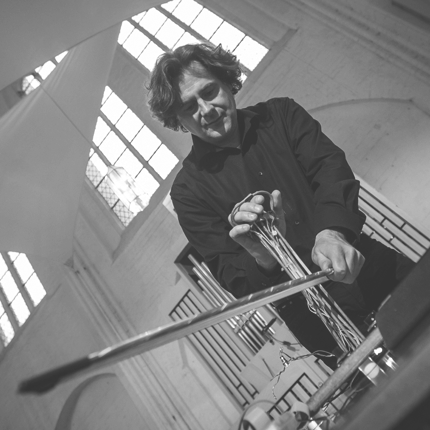

The Gulliphon Project
The Project
began life in 2013 with the idea of turning a broken, decommissioned object into a versatile instrument. The instrument is designed to enable the player to modulate a raw sound in a whole range of ways, and to assemble the resultant sounds and timbres into complete soundtracks.
The chosen object was first thought to be a manhole cover, which is why it was given the name Gulliphon (Gully = German for manhole). Over time it was identified as part of a piece of kitchen equipment for preserving vegetables, but by then the name had stuck.
The metal rods are played by drawing an Incredibow across them. The resulting sounds are received by a contact microphone and transmitted to the live electronics. The complex software instrument was developed in Kyma over many months, and different buttons, potentiometers and sensors were attached to the object with the help of colleagues from Institut Superiéur Industriel de Bruxelles. Software and hardware are now one entity and the end result is a highly complex and multifaceted instrument.
The Gulliphon in action
The Gulliphon has been used in various projects to date – both as a solo instrument and as part of an ensemble with other instruments:
Live soundtracks to silent films
Nosferatu > Video between 3:22 – 4:50
Spione > Video between 1:15 – 1:55
Club nights
Interdisciplinary projects
Geist
An evening on the human mind and artificial intelligence
with choir, organ, drums and Gulliphon
in cooperation with mathematicians, biologists and theologians
Venue: St. Petri, Lübeck | GermanyThe Artificial Musical Brain
with John Mantegna (USA)
University of Vermont, KISS 2016,
De Montfort University, Leicester, UK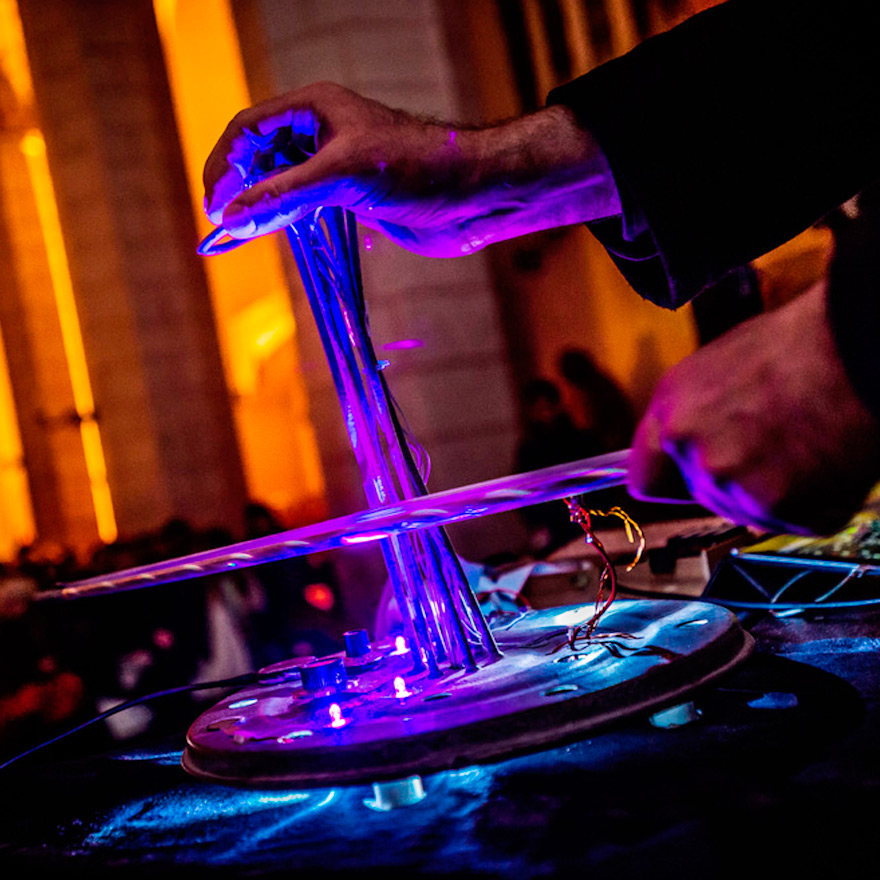
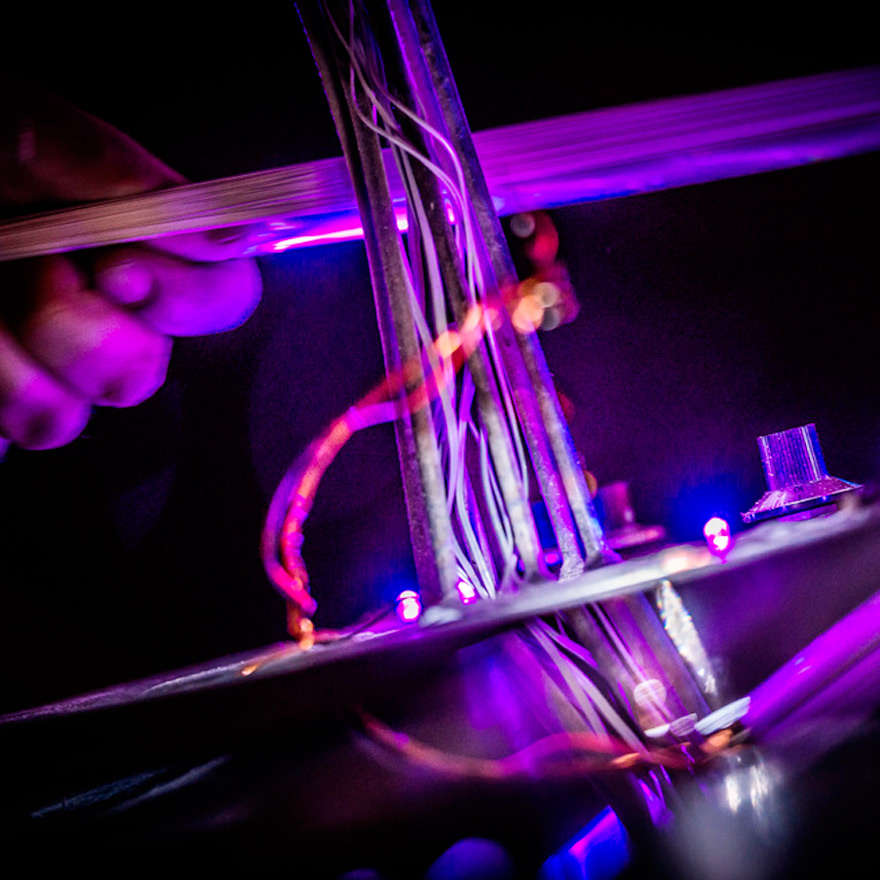
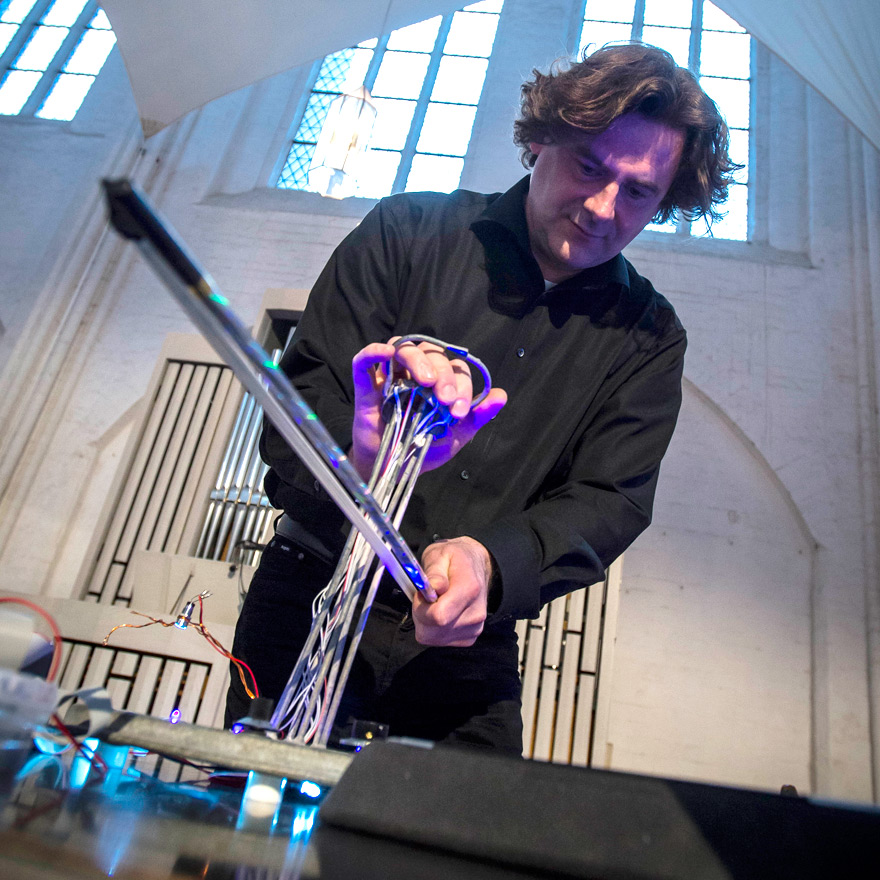
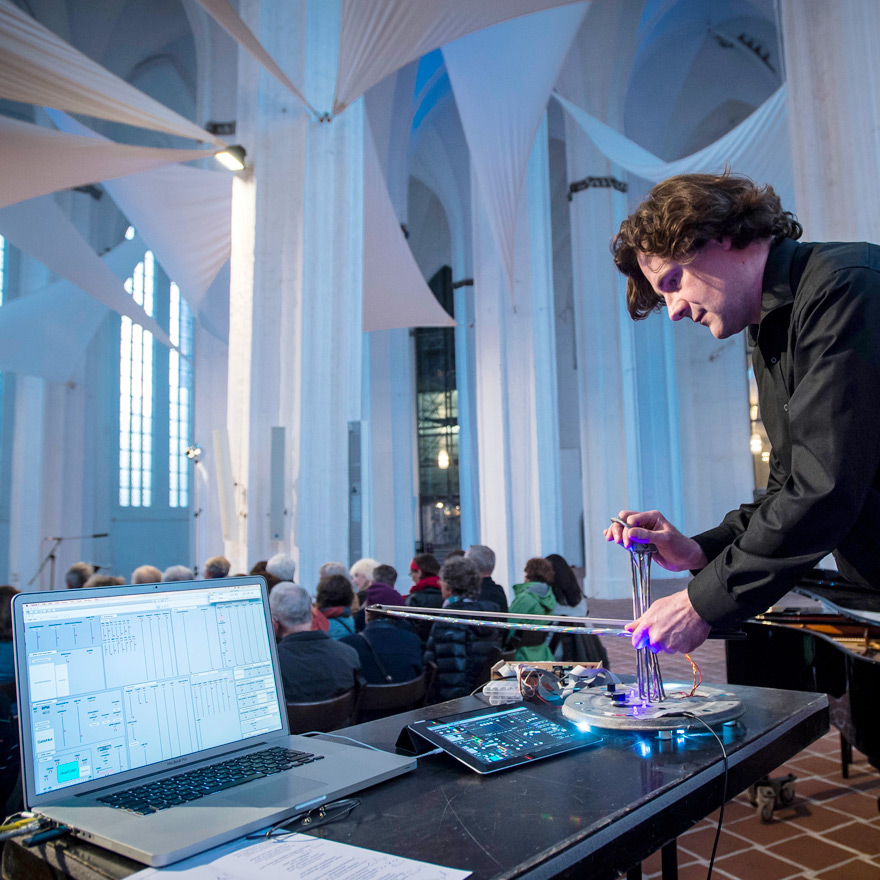
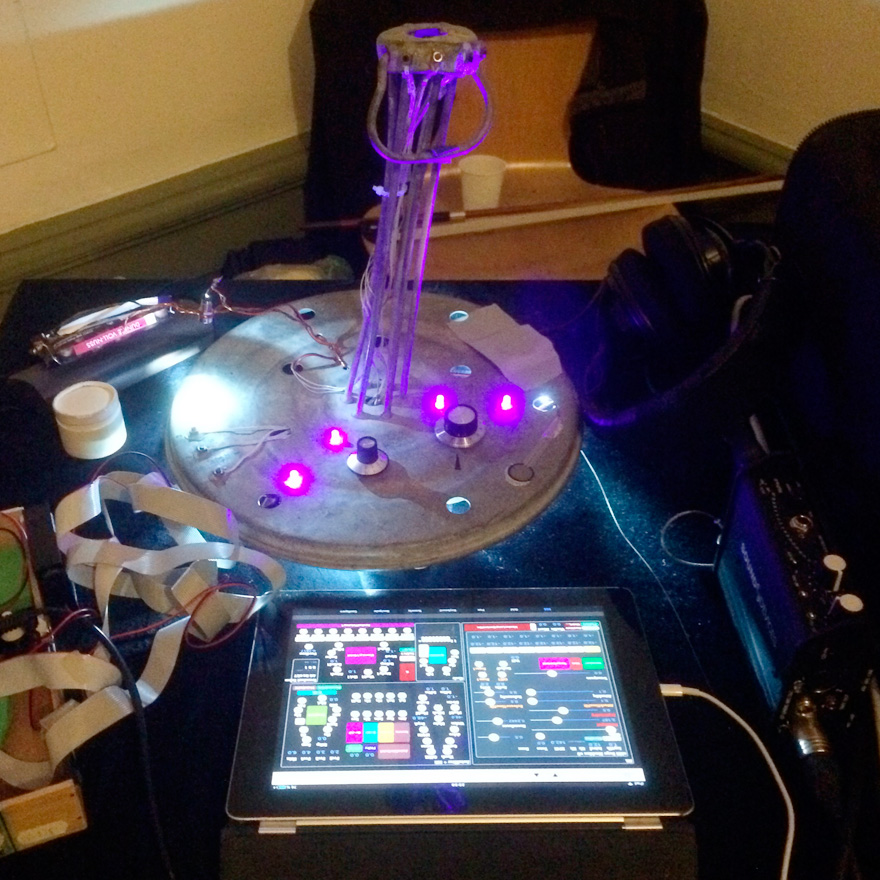
-
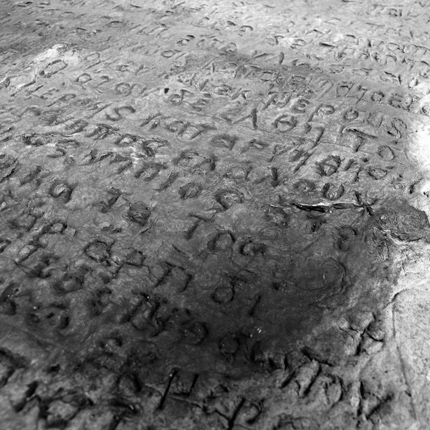
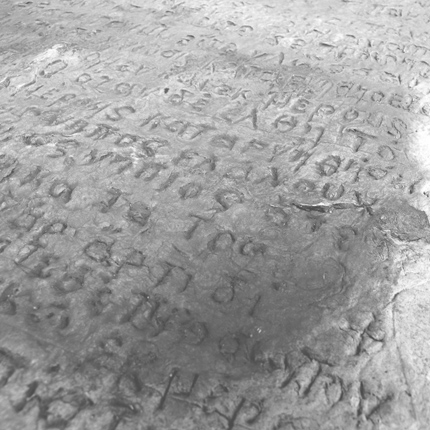

Sound artwork
Duduk and organ
«He who expected the impossible became the greatest of all.»
Søren KirkegaardA synesthetic project with musicians and visual artists from Armenia to mark the anniversary of the Armenian Genocide.
April 2014 | Herford, Lübeck and Hamburg
Gevorg Dabaghyan (Yerevan) | Duduk
Karapet Shaboyan (Gyumri) | Duduk
Franz Danksagmüller (Lübeck) | Organ
Martin Horn (Bochum) | SpeakerSahak Poghosyan | Installation
Tigran Sahakyan | Mixed technique on canvas
Sona Abgaryan | Video art
Vanand Shiraz | Oil painting, collage
Lilit Vagharshyan | Graphic print
Vahagn Galstyan | Oil painting
Tigran Kirakosyan | Felled town, oil on paper
Ashot Grigoryan | Oil painting
Hamlet Hovsepyan | Oil paintingInitiators
Architect Gido Hülsmann
in cooperation with Pastor Dr. Otto, St. Marien Kirchengemeinde in HerfordThis interaction between text, music and the visual arts deals with the genocide of the Armenian people and is concerned with hope for reconciliation and for a better world.
Texts from Armin Theophil Wegner and Søren Kirkegaard are the starting points for this work with nine Armenian artists. Their artworks (paintings, sculptures and a video installation) were brought to Germany in April 2014, and exhibited in the Marienkirche in Herford on 24 April, in St. Jakobi in Lübeck on 26 April and in the Hauptkirche St. Nicolai in Hamburg on 27 April. Duduk players Gevorg Dabaghyan and Karapet Shaboyan engaged in an improvised dialogue with the sculptures and paintings as well as with organist Franz Danksagmüller.
Mimicking the exhibited artworks, the music does not take place from a single location in each of the churches; instead the musicians play from various positions. Visitors are invited to move around the church and allow the pictures and sounds to affect them.
A symbiosis of music, words and pictures – creating a synesthetic experience of anger, desperation and hope for reconciliation.
A book with accompanying CD documenting the project came out in 2016. It can be ordered from www.soan-architekten.de
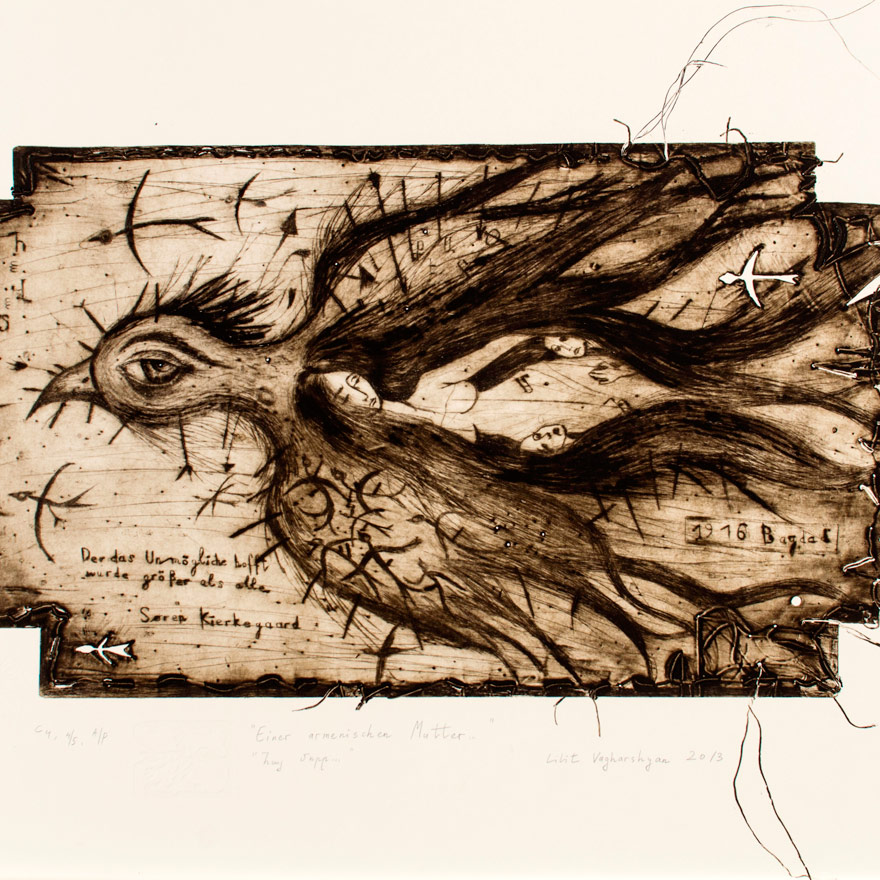
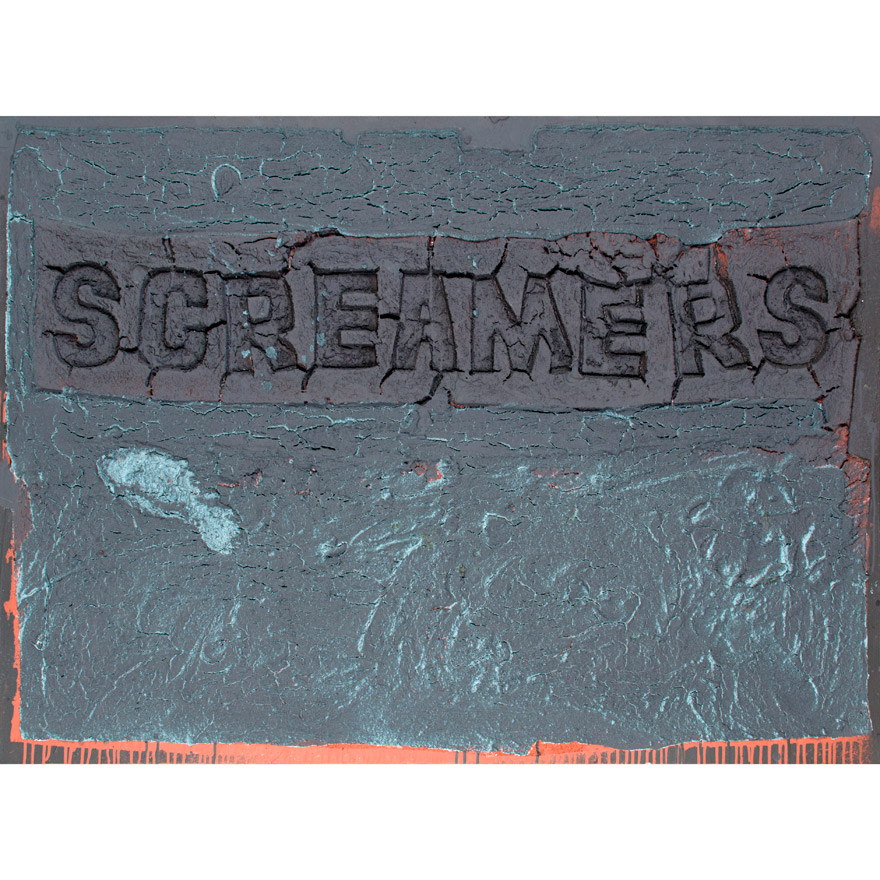
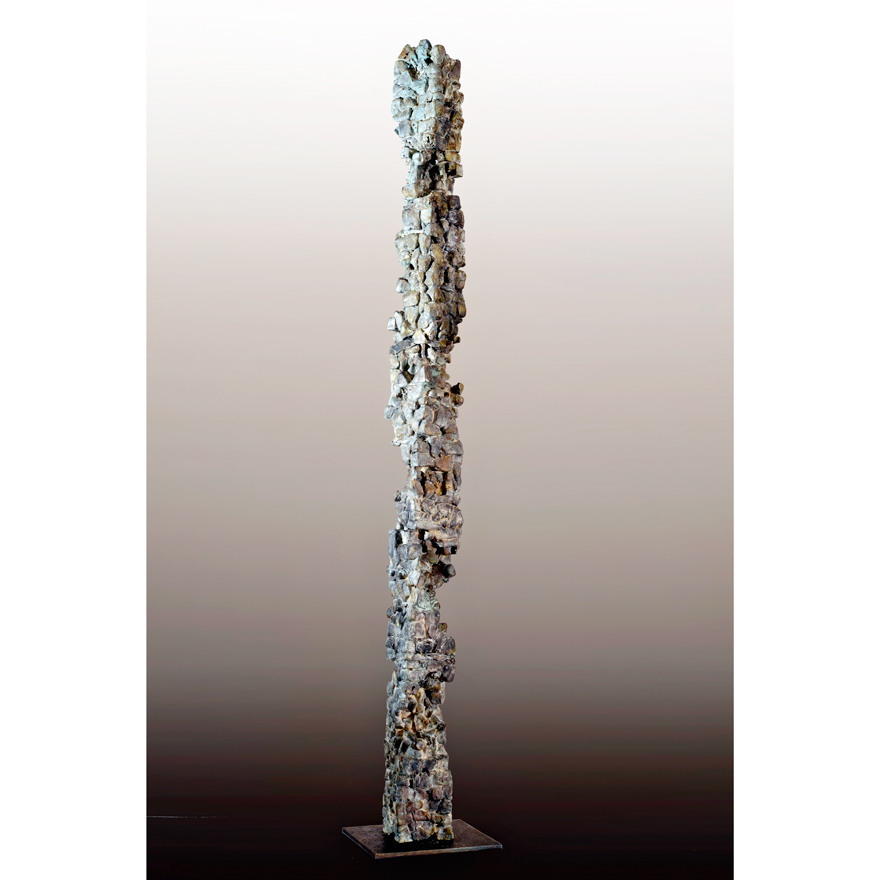
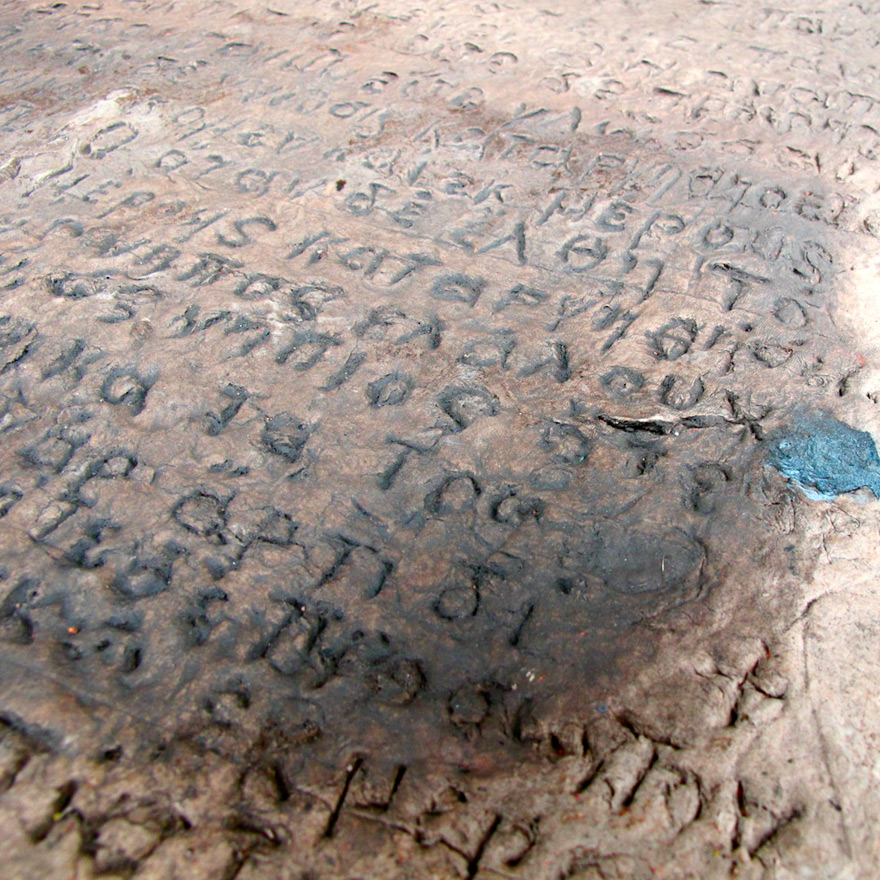
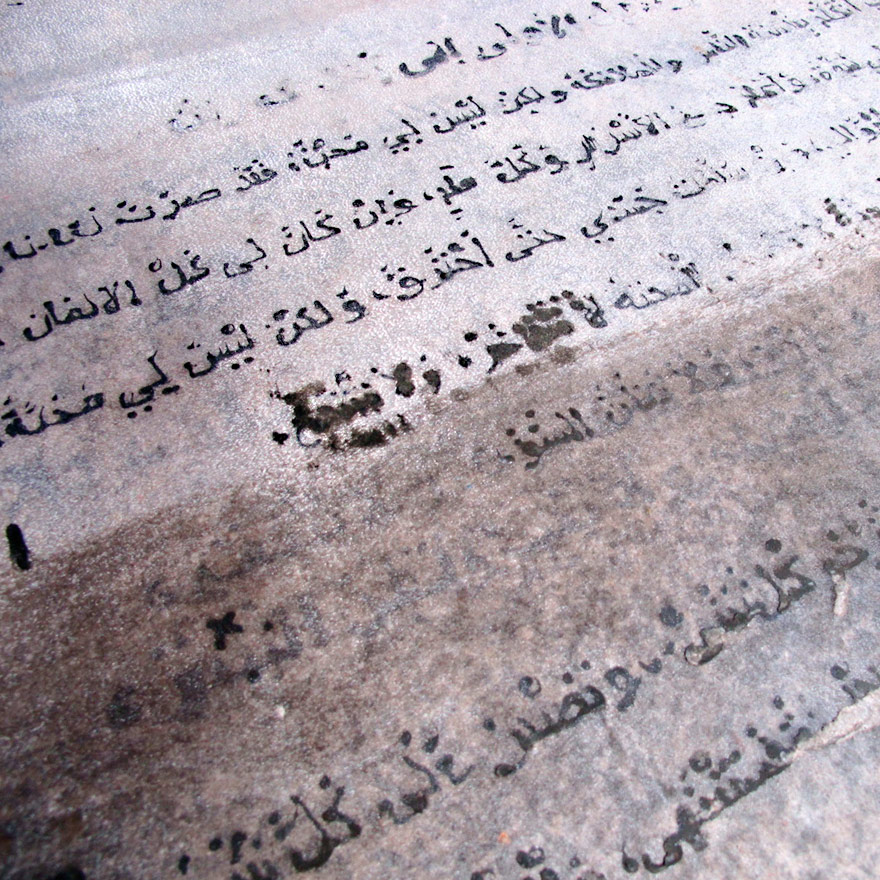
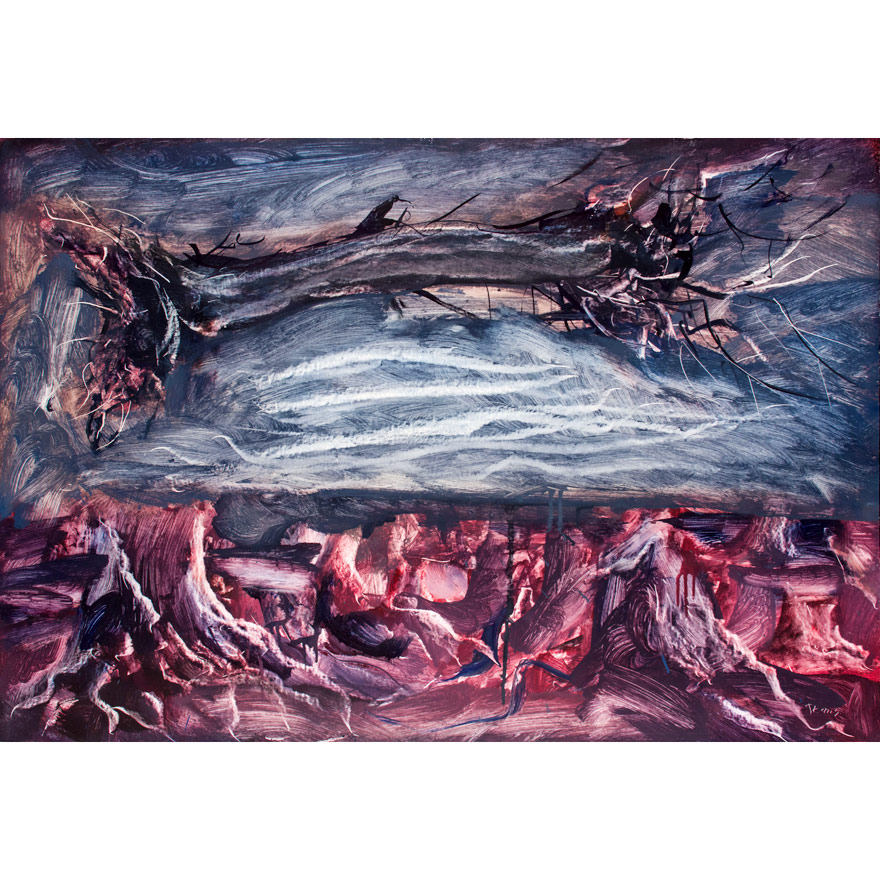
-
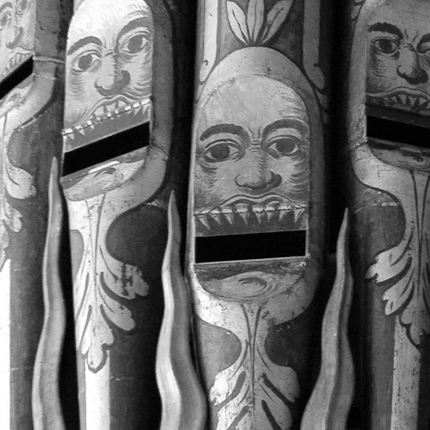
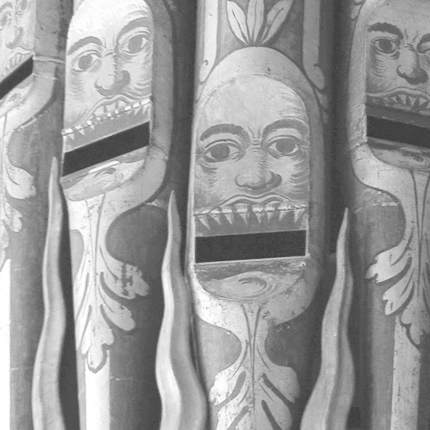

Compositions
for solo organA FANCY
Commissioned work by British organist Henry Fairs. Premiered at the Silbermann-Tage in Freiberg on 7 September 2017.
This composition is based on Fantasia in A by William Byrd. It is suited to historical organs, yet takes a very different stylistic path, transforming the organ into a “screaming synth”.KYRIE
Commissioned work by the Hildebrandt-Tage in Naumburg. Premiered by the composer on 30 September 2017. This composition is based on the ‘Naumburg Kyrie’ and presents a triple invocation in different intensities.
ESTAMPIE
Commissioned work and compulsory piece for the 2007 International Buxtehude Competition in Lübeck. This composition is based on the first tone sequence of the «Passacaglia in d’» by Dietrich Buxtehude. It was composed for the one-manual, mean tone-tuned Italian baroque organ (from 1777) in Lübeck Cathedral.
> VideoCANTIO IMITATIO TREMULA ORGANI
Commissioned work and compulsory piece for the 2009 International Buxtehude Competition in Lübeck. The starting point for this composition was the 5th variation of «Ach du feiner Reiter» from the Tabulator Nova by Samuel Scheidt. It can be played on historical organs with one manual and mean tone tuning.
> VideoCIRCULI
Commissioned work and compulsory piece for the 2012 International Buxtehude Competition in Lübeck. This piece was inspired by the many circles and cycles in the Garden of Earthly Delights by Hieronymus Bosch.
Hieronymus Bosch is often associated with the teachings of the Cathars and their belief in reincarnation. In Catharism, the soul is trapped or rather becomes entangled in the delights of our earthly life, and is reincarnated again and again until it is liberated from the spirit. The ‘musicians’ hell’ on the right triptych panel that shows musical instruments misused as torture instruments was also an important source of inspiration for this piece.
The player of this work also functions as a sound designer, creating a complete ensemble of unfamiliar instruments through a careful balancing of the stops.
> Video 01
> Video 02VERSUS «Erbarm dich mein o Herre Gott»
Commissioned work for the inauguration of the Garnier Organ in the Elgar Hall at the University of Birmingham. Premiere performance by Henry Fairs on 15 November 2014.
> VideoAlabasterLightWall – sounds of π
This composition was commissioned by architects Dirk Boländer and Gido Hülsmann of soan architekten It was premiered by the composer to mark the reconsecration of St. Michael’s Church in Göttingen on 13 September 2015.
The refurbished church walls are finished in alabaster. This material creates a diffuse, white light, in which the lighting source can only be surmised – a metaphor for the transcendental world. The starting point for this composition was the irrational, transcendental number π. It determines the structure, melody and rhythm of the piece. Mimicking the alabaster used in the church interior, the sounds are intended to represent a materialisation of the infinite, of eternal light. The movement resulting from π leaves traces, building a shimmering sound-light wall, before finally revealing itself in rich timbres as a chorale.
> Audio«ALLENTHALBEN WO ICH GEHE»
Commissioned work for the Orgelbüchlein Project, an international composition project that completes the Orgelbüchlein of J. S. Bach. Premiered by Ernst Wally at the Carinthian Summer Music Festival in Ossiach in 2016.
www.orgelbuechlein.co.ukFrom sol to BD+42 550 in 100 ly
– sounds of πCommissioned work by the Organ Festival Holland
Premiered by Pieter van Dijk on the Van Hagerere Schnitger Organ of Sint-Laurenskerk in Alkmaar in 2015.This composition describes a spherical expansion out into the universe over 100 lightyears. The structure of the piece conforms with the position of individual stars, starting from the sun of our solar system. The brightness and category of these stars are converted into sounds (with artistic licence).
From a certain point on, the light rays from the stars become superimposed to create a glistening sound. The tonal transposition of the number π serves as a guide on this journey into the infinite.
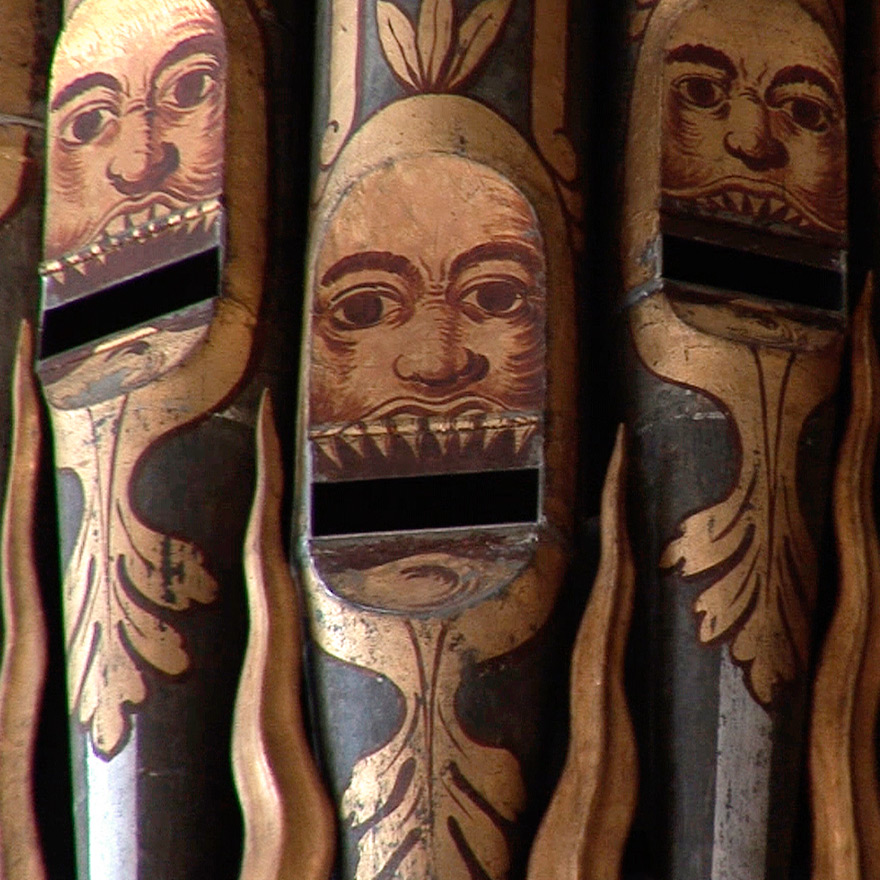
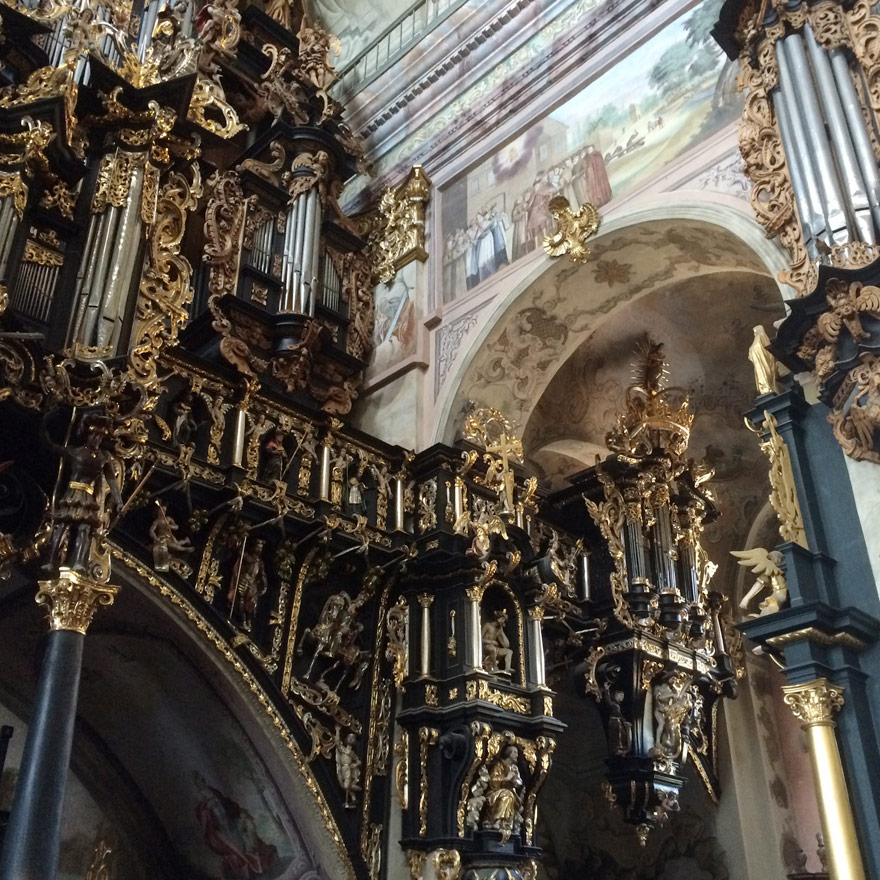
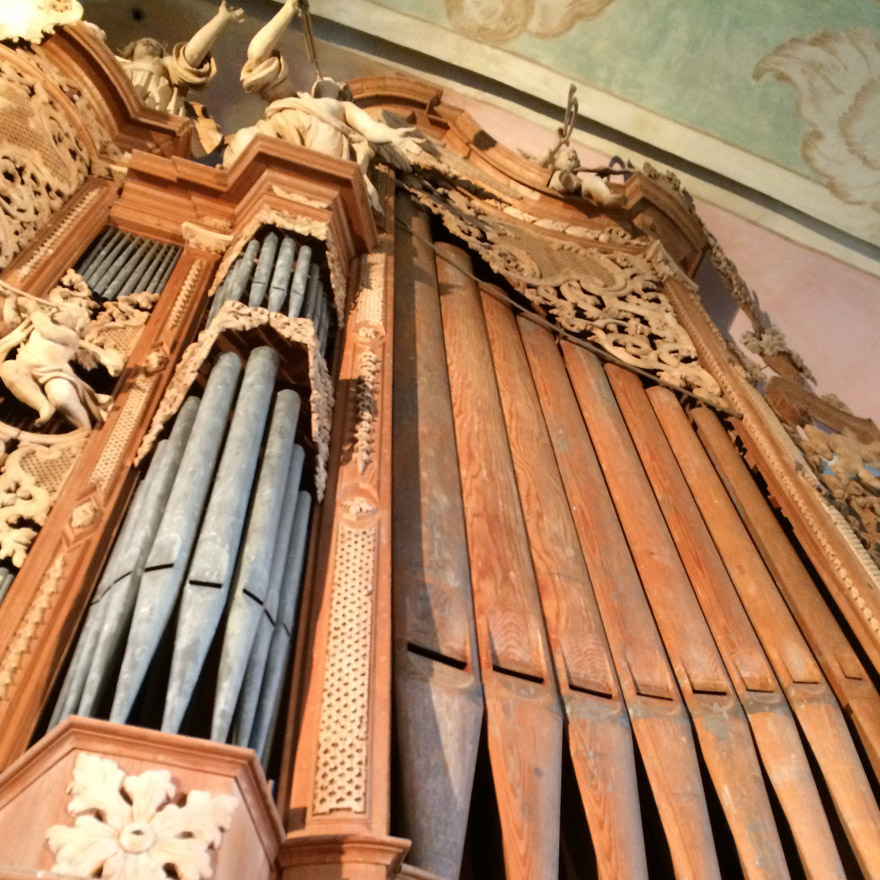
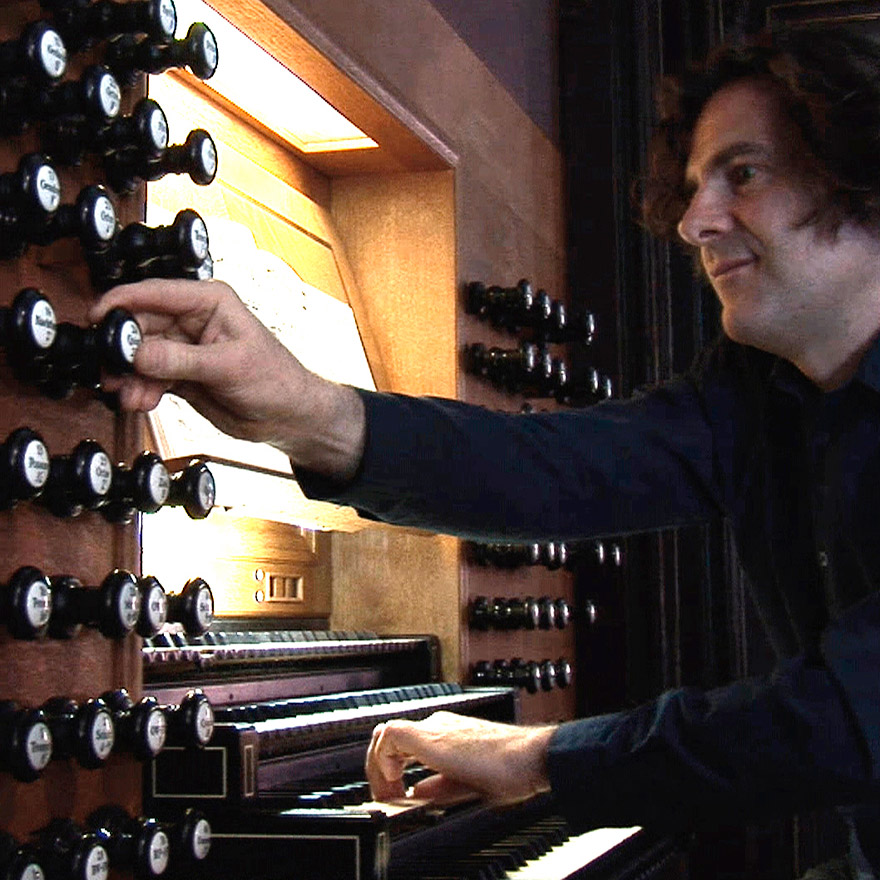
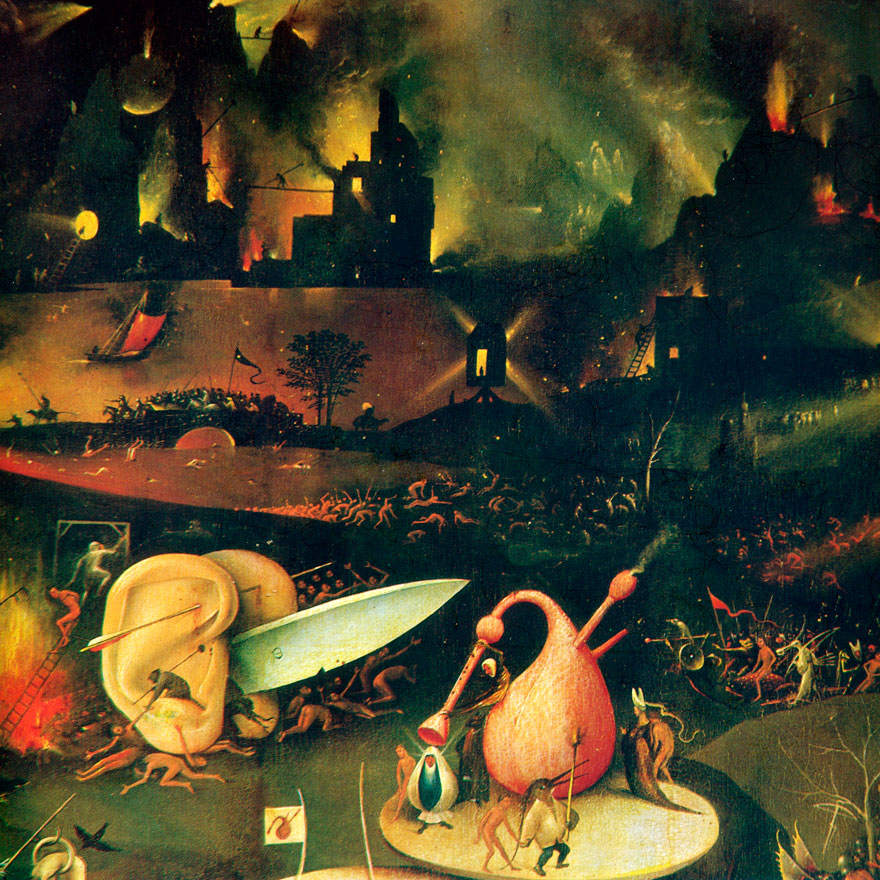
-
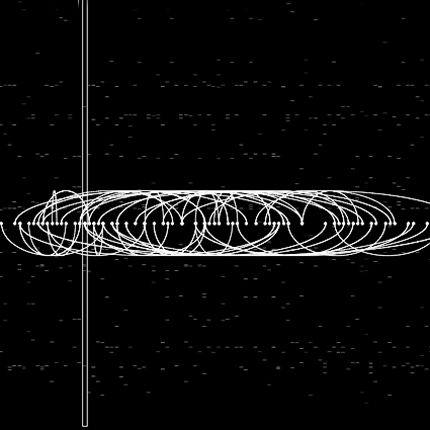
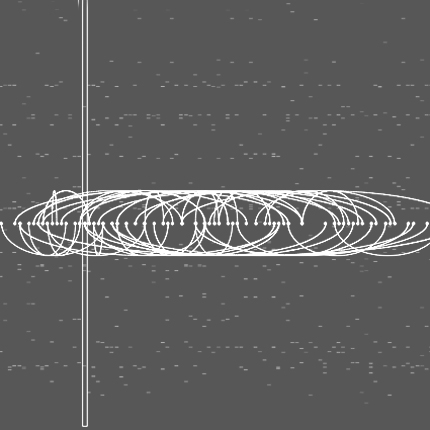

The artificial musical brain
The project fathoms possible interactions between human performers and genetic algorithms.
Premiere
Kyma International Sound Symposium (KISS) 2016
De Montfort University Leicester | EnglandThe algorithm was developed by John Mantegna from the University of Vermont (USA) in Kyma and was linked with the Gulliphon for the premiere. The instrument not only directs how the algorithm develops, it also provides the tonal base for the performance.
Genetic algorithms are based on the principle of biological evolution. The iterative refinement process of a functioning solution is based on genetic operators such as crossing and mutation.
The algorithm reacts in different ways to input from a human player. The aim of this project is not to produce a finished piece, but to experience the acoustic results of the algorithm as it moves towards its predefined goal. The goal remains flexible, however, and can be redefined by the player at any given time.
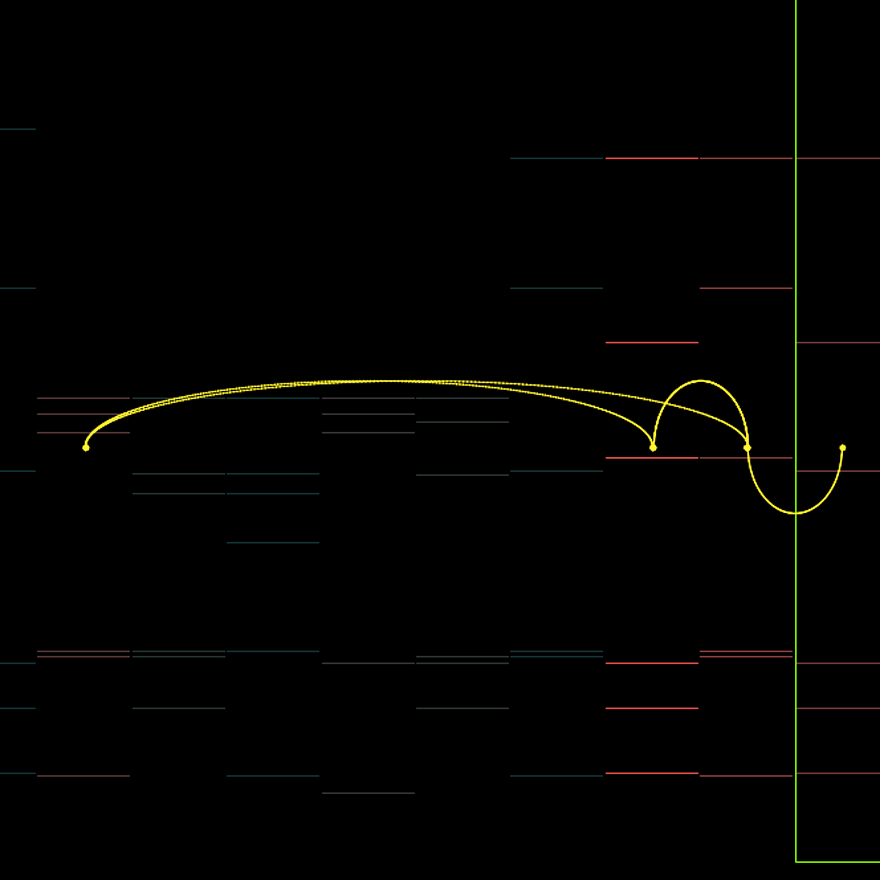
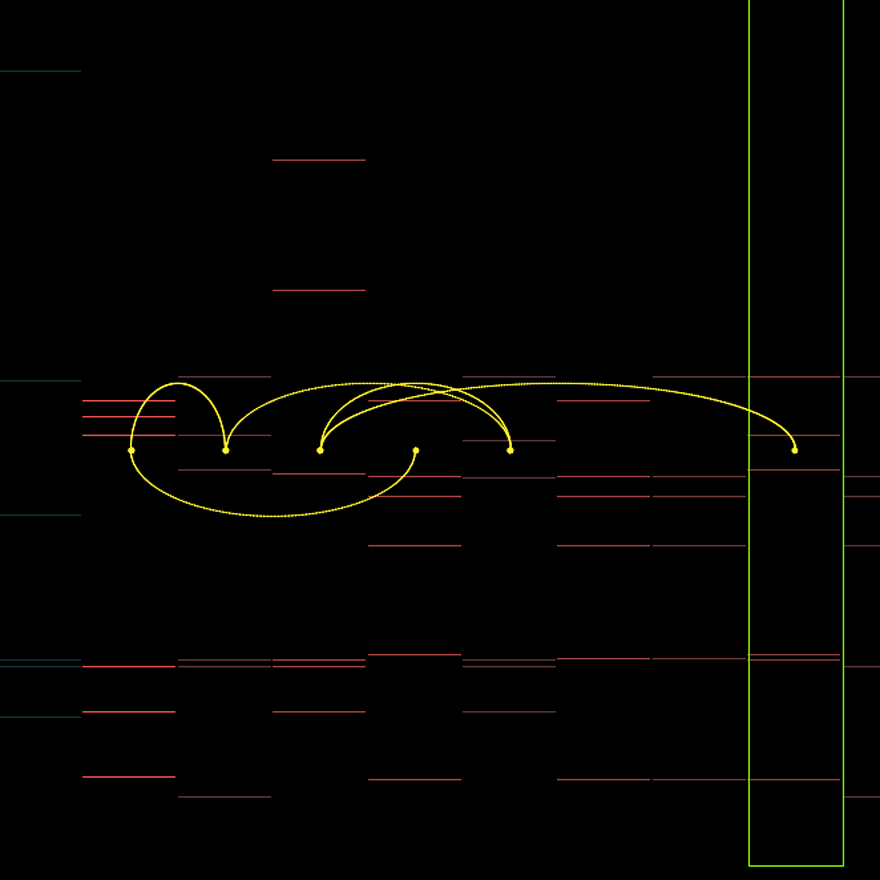
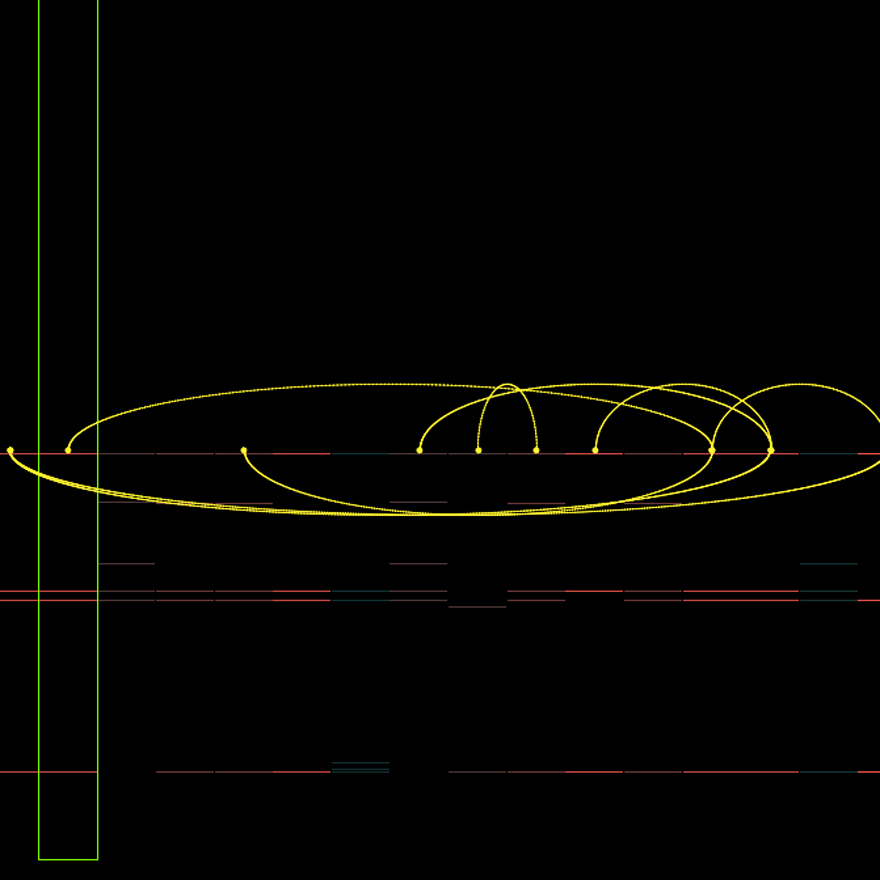

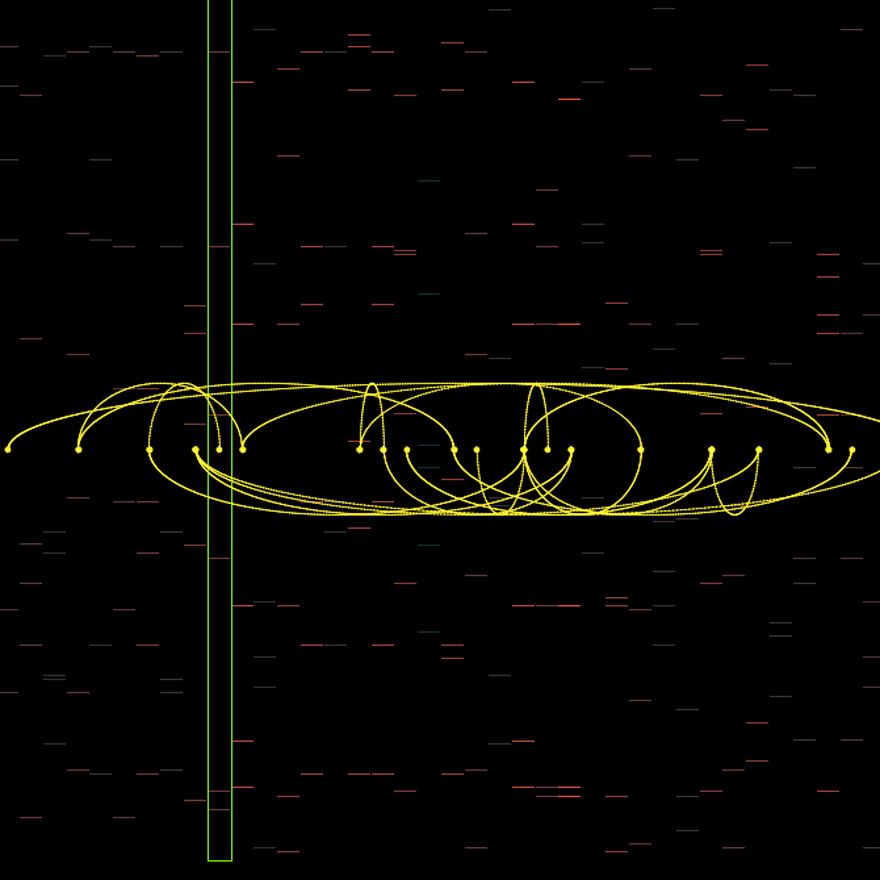
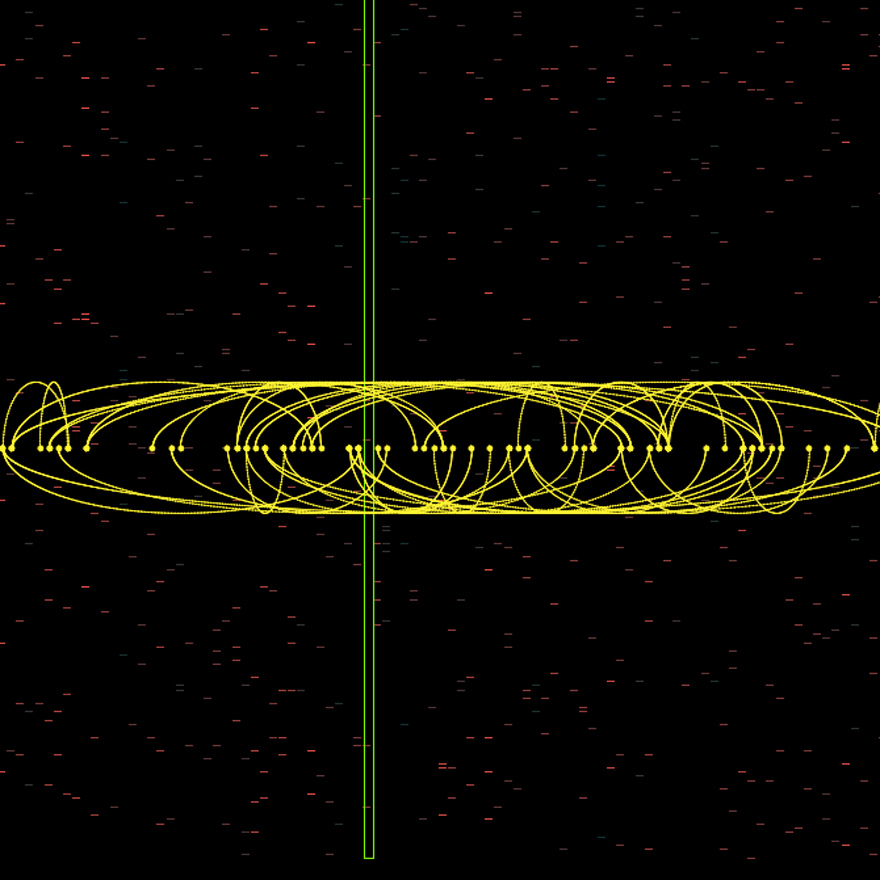
-
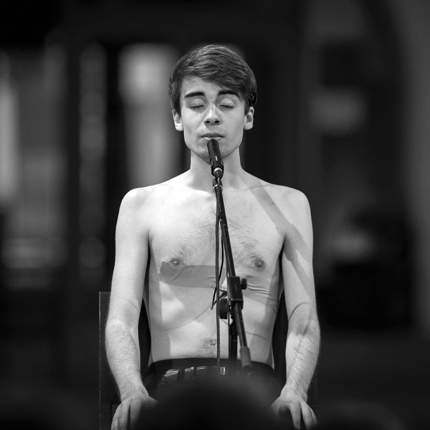
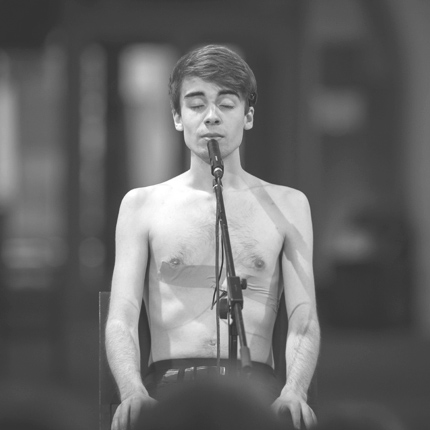

Geist
A secular mass for whitsun
as an artistic-scientific experiment
of thought, sound and debate.Since spirit is a phenomenon not only confined to the church, and art, culture, philosophy and science also have spirit, the scientists are concerned with questions of spirit and consider the question: what is spirit?
A joint event by the University of Lübeck, Lübeck University of Applied Sciences, University of Music Lübeck and the St. Petri board of trustees on Whitsun Saturday | 14 May 2016 in St. Petri in Lübeck
Pastor Dr. Bernd Schwarze | Initiator and moderator
Franz Danksagmüller | Musical concept, live electronics
with Students from the University of Music Lübeck | Choralschola, organ, piano, drumsThe music consisted of a Gregorian chorale and sonifications of irrational and transcendental numbers, of animal behaviour and the Dow Jones Index (as the spirit of the free markets).
An interaction between human and artificial intelligence revealed that humans can enter into emotional bonds with a virtual being. Heartbeat, respiratory sounds, voice and brainwaves were recorded from a test subject. These sounds and currents were converted into data streams that directed the sounds of an artificial intelligence sound machine. Its sounds influenced the test person in turn, through which a feedback loop was formed.
Talks by
Prof. Dr. Stefan Krause | Lübeck University of Applied Sciences
Prof. Dr. Alexander Münchau | University of Lübeck
Prof. Dr. Gaja von Sychowski | University of Music Lübeck
Prof. Dr. Cornelius Borck | Centre for Cultural Research Lübeck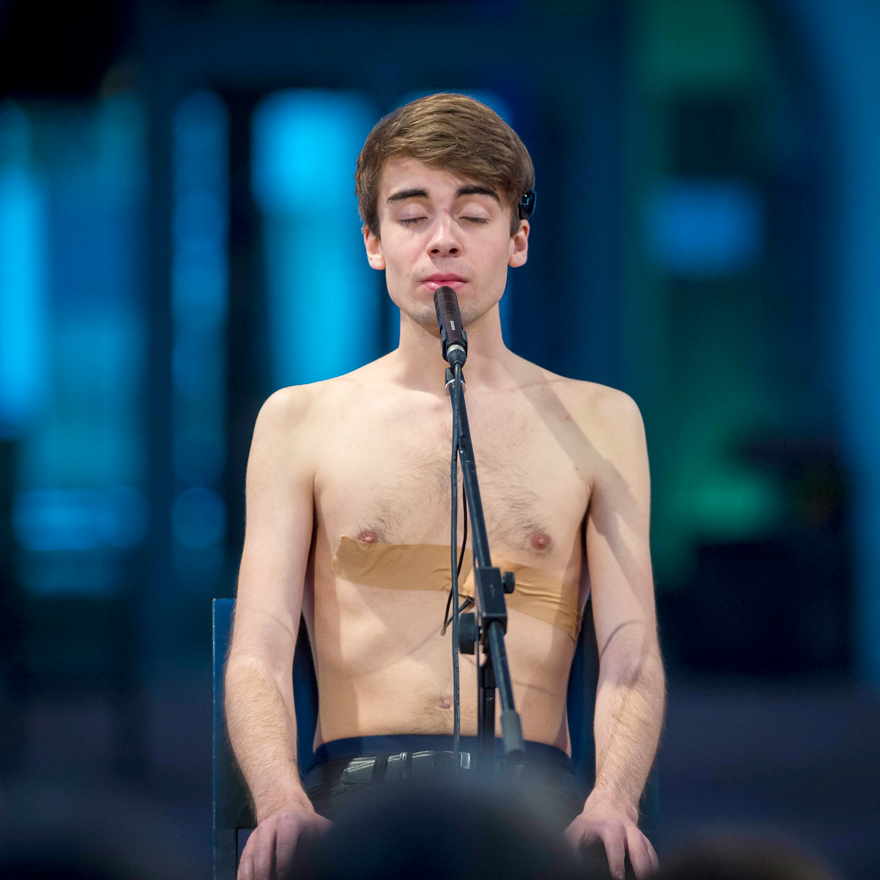
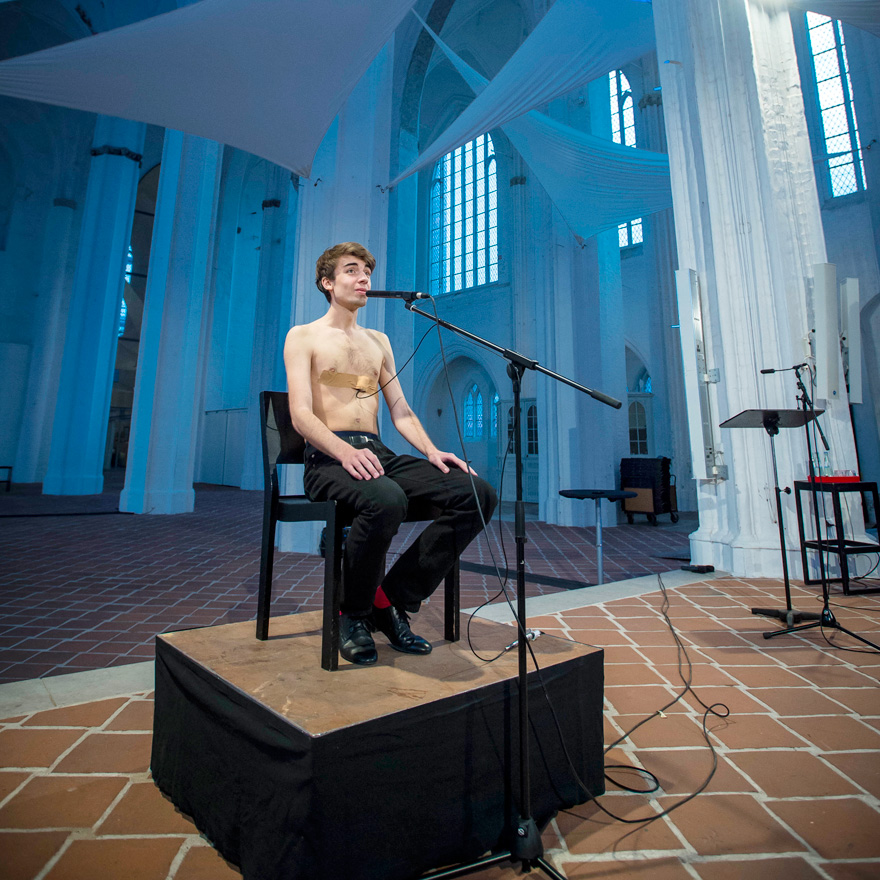
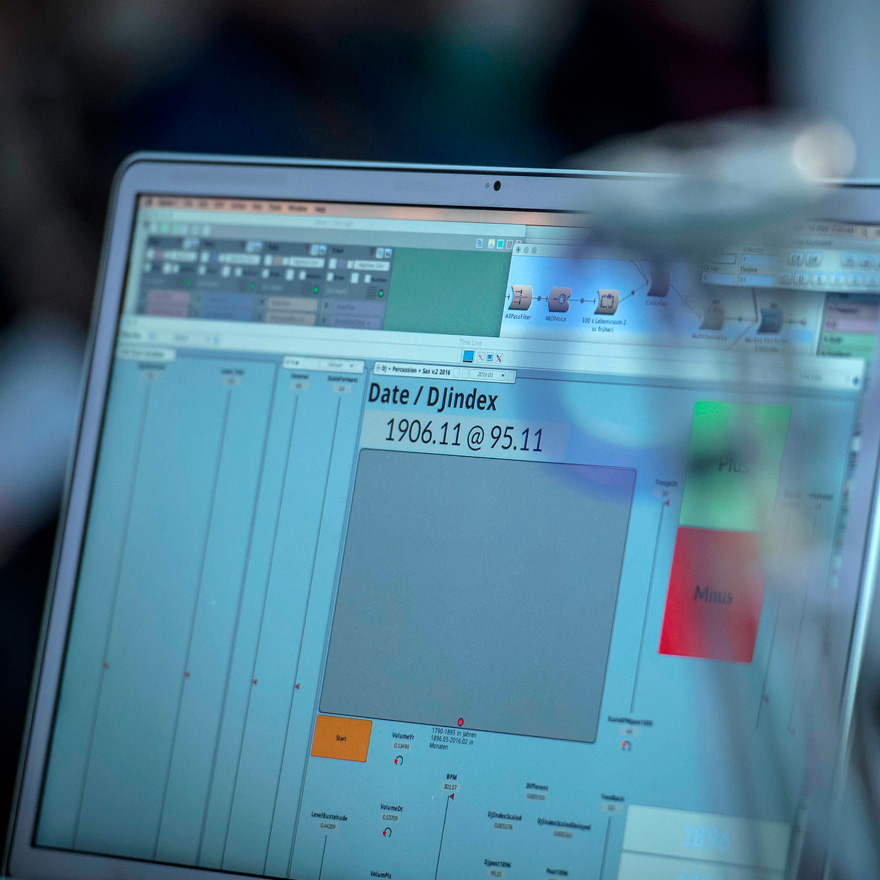
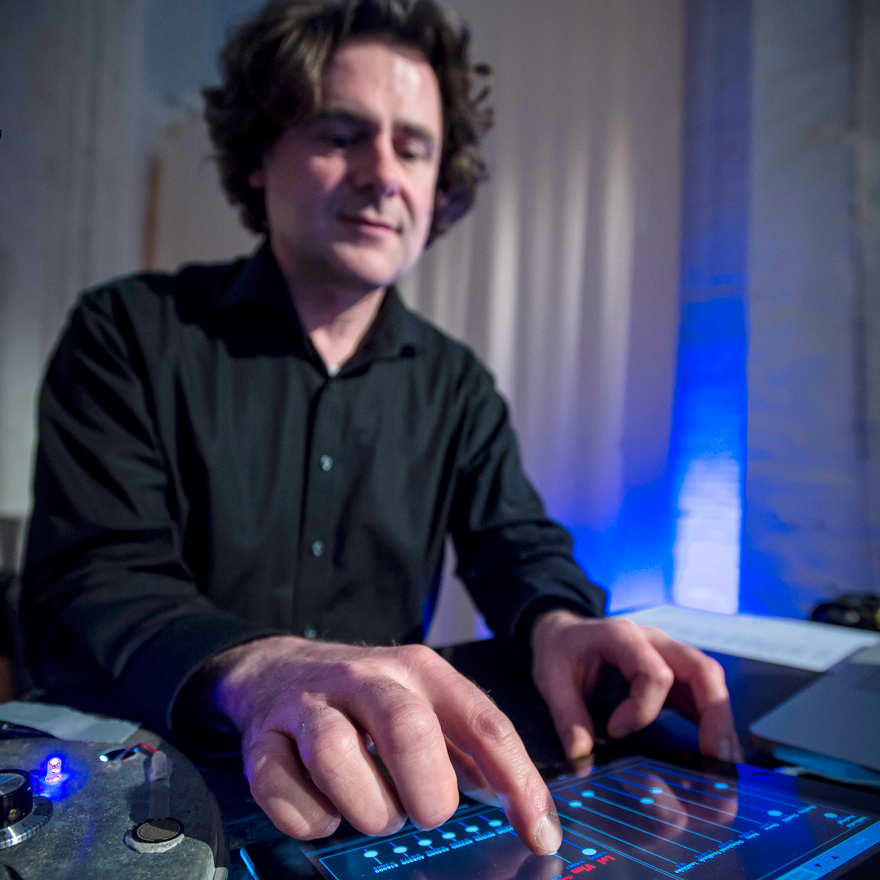
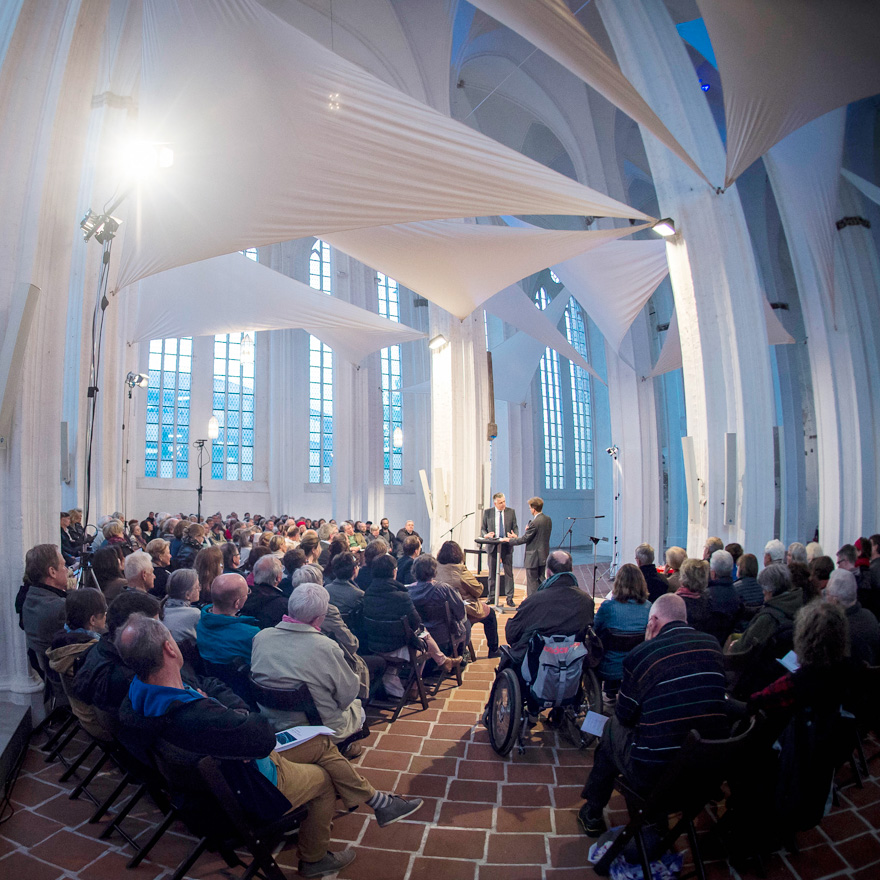
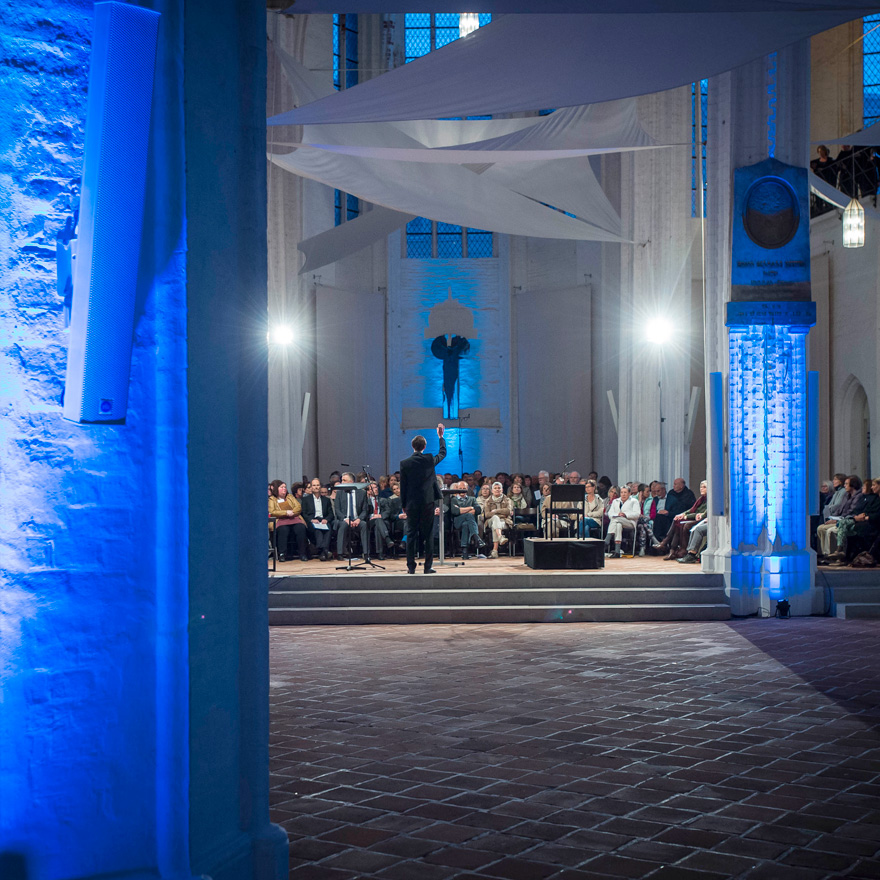
-
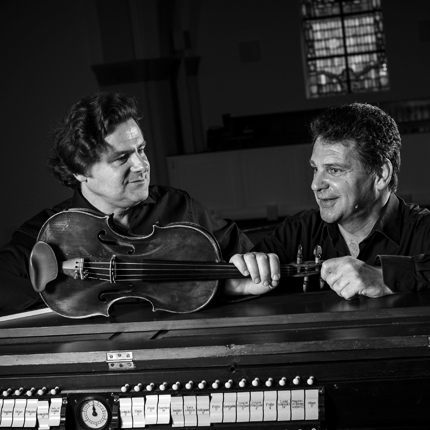
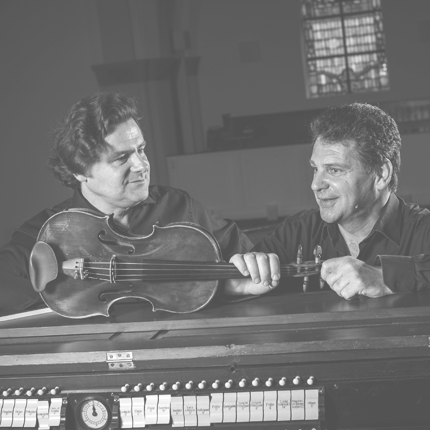

Elohenu
Hebraic song
synagogue music for viola and organSemjon Kalinowsky Viola | www.viola-raritaeten.de
Franz Danksagmüller OrganElohenu – Hebraic Song takes its listeners on a journey through the world of Jewish organ and chamber music of the 19th and 20th centuries. The repertoire of Jewish and non-Jewish composers traverses the European axis – from Ukraine in the east, to France in the west, to England in the north and Switzerland in the south – right up until American mass emigration.
Programme with works by
Louis Lewandowski | 1821 – 1894
Ernest Bloch | 1880 – 1959
Max Bruch | 1838 – 1920
Siegfried Würzburger | 1877 – 1942
Friedrich Gernsheim | 1839 – 1916
Alexandre Tansman | 1897 – 1986
Samuel Alman | 1877 – 1947
Fernand Halphen | 1872 – 1917CD
Recording on 24 | 25 April 2015
on the historical Walcker Organ
in the Heiligen-Geist-Kirche in Rostock
Label: www.ambiente-audio.dePDF-Download > CD accompanying booklet | Text from Dr. Tina Frühauf
More information
European Centre for Jewish Music at the HMTM Hannover
www.ezjm.hmtm-hannover.de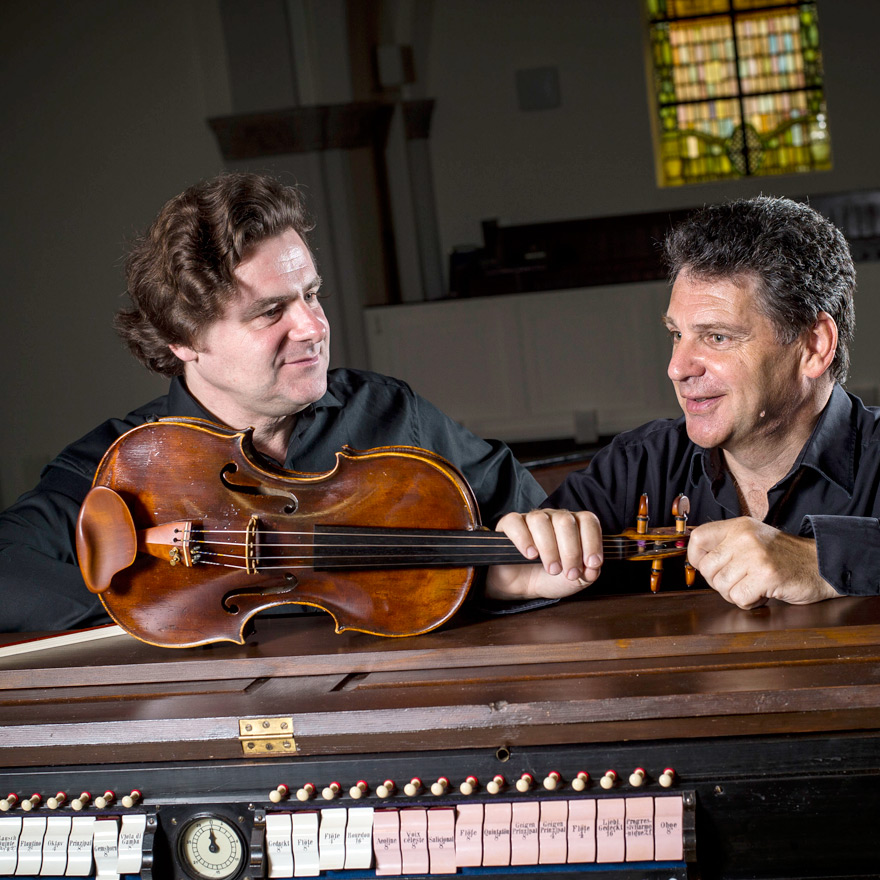
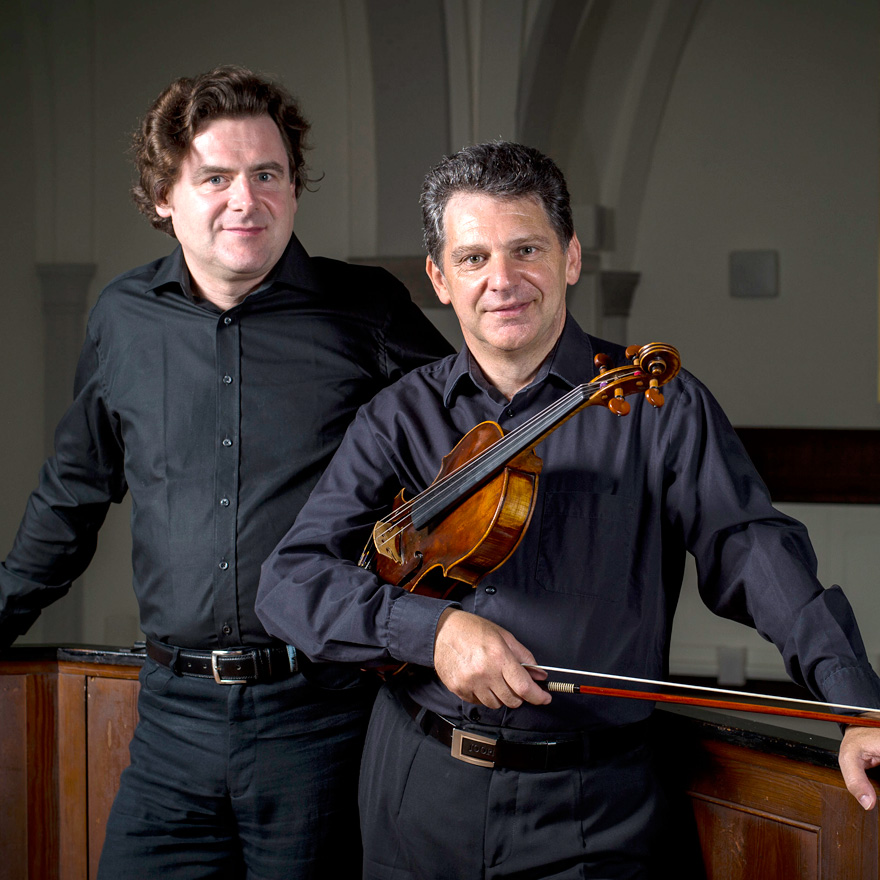
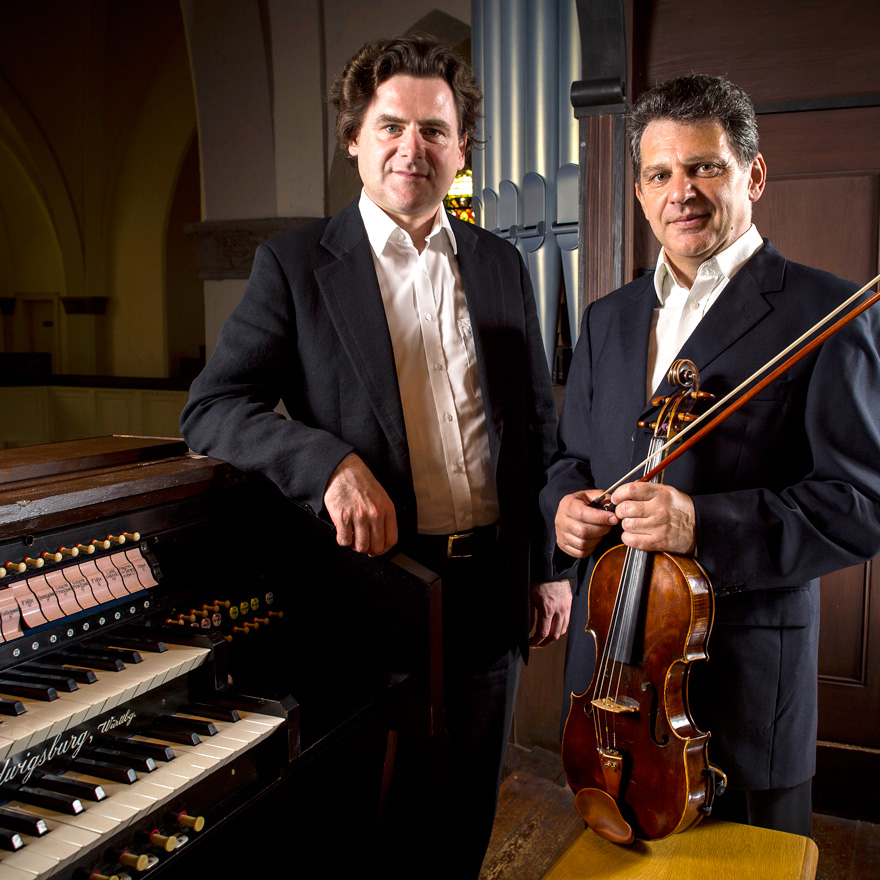
-
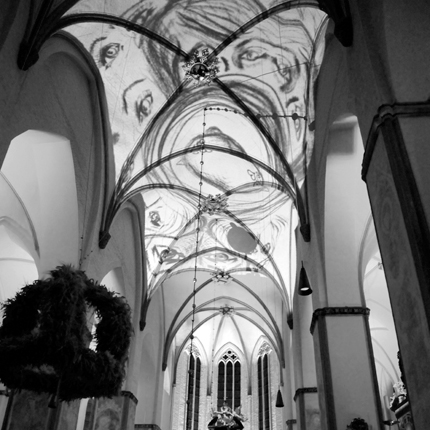
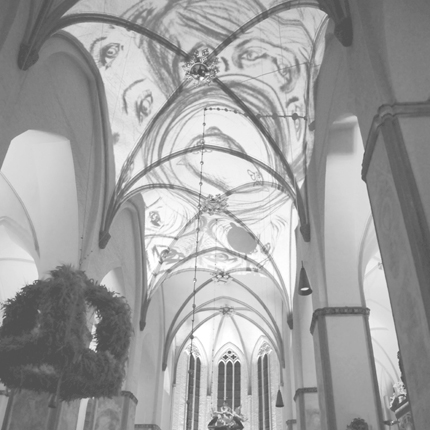

Resonances
Multimedia Project with exhibition
Video Installation | Musik PerformancePerformance on 23. November 2014 in St. Jakobi in Lübeck
Thirty people suffering from a serious illness described how their illness evolved in texts, images and video interviews. They reflected on how they themselves and their immediate environment dealt with the disease, and confronted themselves and the public with existential questions about life.
Students from the University of Music Lübeck set these texts to music and initiated a speaking chorus of participants. Data relating to disease progression, as well as rising and falling lab results, were also implemented in sound for the performance. Vocalist Lauren Newton reacted to different aspects of the evening performance with spontaneous vocal improvisations. Paintings of participants and interviews with them were projected onto the pillars and vault during the performance.«You live your life so ingenuously, until a diagnosis like that changes everything. It renders you speechless. We wanted to give this speechlessness a form.»
Franz DanksagmüllerProject lead: Franz Danksagmüller
Concept: Franz Danksagmüller | Anne Michel
Interviews | music: Students from the MHL
Choir director: Anne Michael
Lighting design: Dominik SteinhagenContributors
Lars Schwarze | Fabian Luchterhandt | Lauren Newton | vocalist
David Cariano Timme | Roman Schlonski | drumsSupporters
Doctors and therapists from the Travebogen Palliative Network, Uniklinik Lübeck, Sana Clinics, Caritas Lübeck, Die Muschel in Bad Segeberg and Friedrich Ebert Hospital in Neumünster.
The project received financial support from the Possehl Foundation, the Charitable Sparkassen Foundation of Lübeck, the Horizonte association, the Prof. Julius Edelhoff Foundation and the Parish of St. Jakobi.
Participants reactions
Leonore Matouschek | Art therapist
Everything about the performance of Resonances in Lübeck was amazing: the projections of paintings and texts from participants with a serious illness (continuous wall projections before and after the performance in the church nave), audio and video interviews with these seriously ill people, the slow colour changes that were projected onto the high church vault, the curious sounds, the quietly conveyed life experiences – and a singular «speaking chorus», which was developed with us amateurs under professional direction into something extremely impressive.After all sounds and image projections had ceased, the minute-long silence in the filled church was an impressive and wonderful response to what we had all experienced. Many visitors commented positively on how the difficult topic of «life-threatening illness» could be transported in such an incredibly dense and unusual way. Photos and film sequences cannot do justice to the atmosphere created in the space during the performance. The entire project and the skilled and human development involved – together with all protagonists – is certain to leave a very special and lasting impression on participants and audience alike.
Carola S.
For me it was a wonderful encounter with people, who have had different experiences of life-threatening illness. We were given space to express our feelings together, and all had a great deal of pleasure and joy from taking part in this musical project.Jonas K.
The project was a wonderful time for me with many different and wonderful people. During the meeting to prepare for the concert, we discussed our own experience with our own form of cancer, and this produced an incredible sense of solidarity among us contributors. It wasn’t until the rehearsals that we saw all the video and audio recordings that were developed by the core team for the first time.These interviews provoked a kind of flashback in me and in many others. By no means in a negative sense, yet we relived all the experiences and events that had happened to us in those minutes, all over again. When I saw those recordings for the first time, I realised that the whole thing would be a great success. As the concert was in progress and St. Jakobi Church was packed with 200 – 300 people, you could really feel how this topic resonates with people and automatically animates them to engage with the issues involved.
This project was and is something very special to me. Which is why I recommend continuing it and taking it out into the world, because I think you can reach many people with this concept.
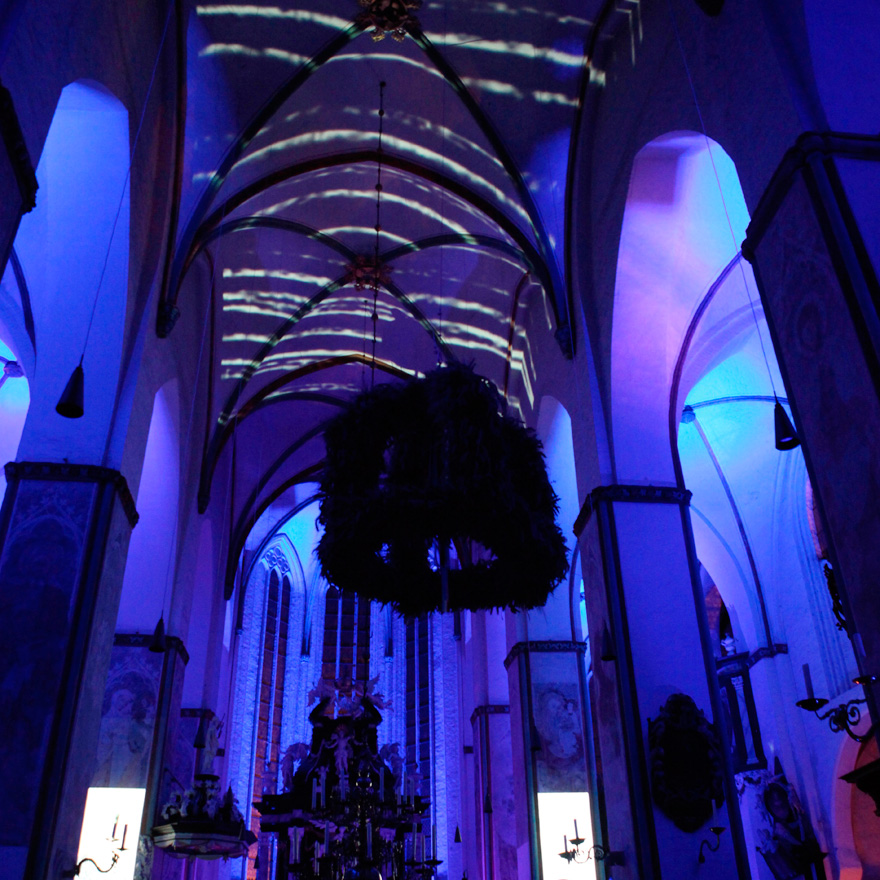
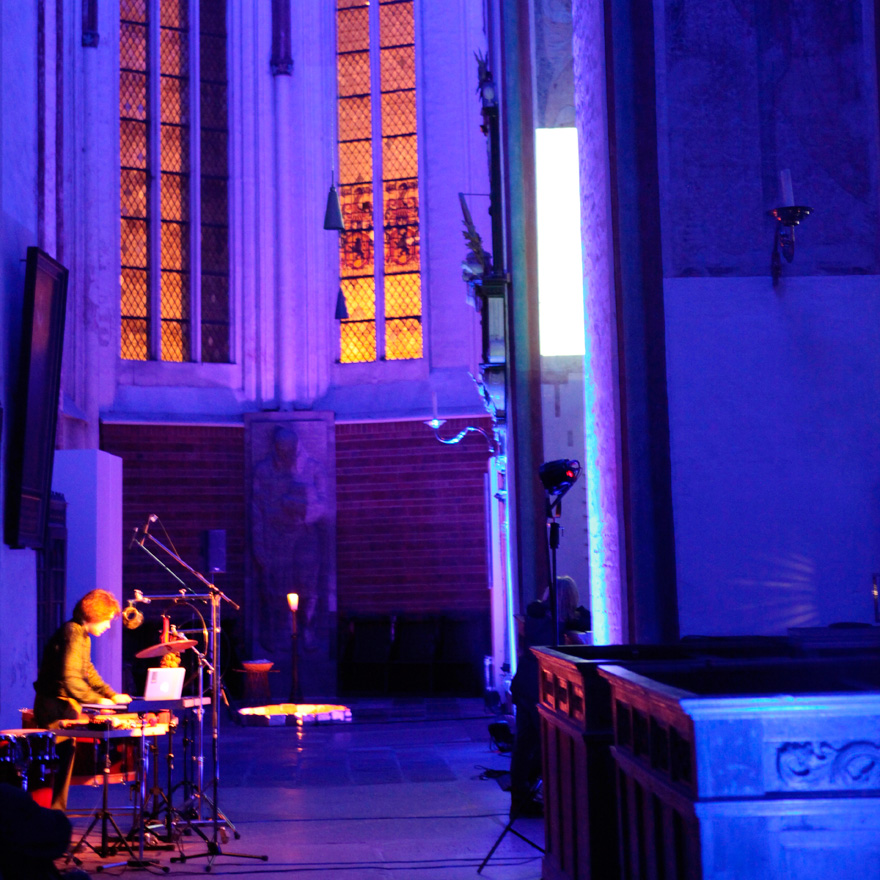
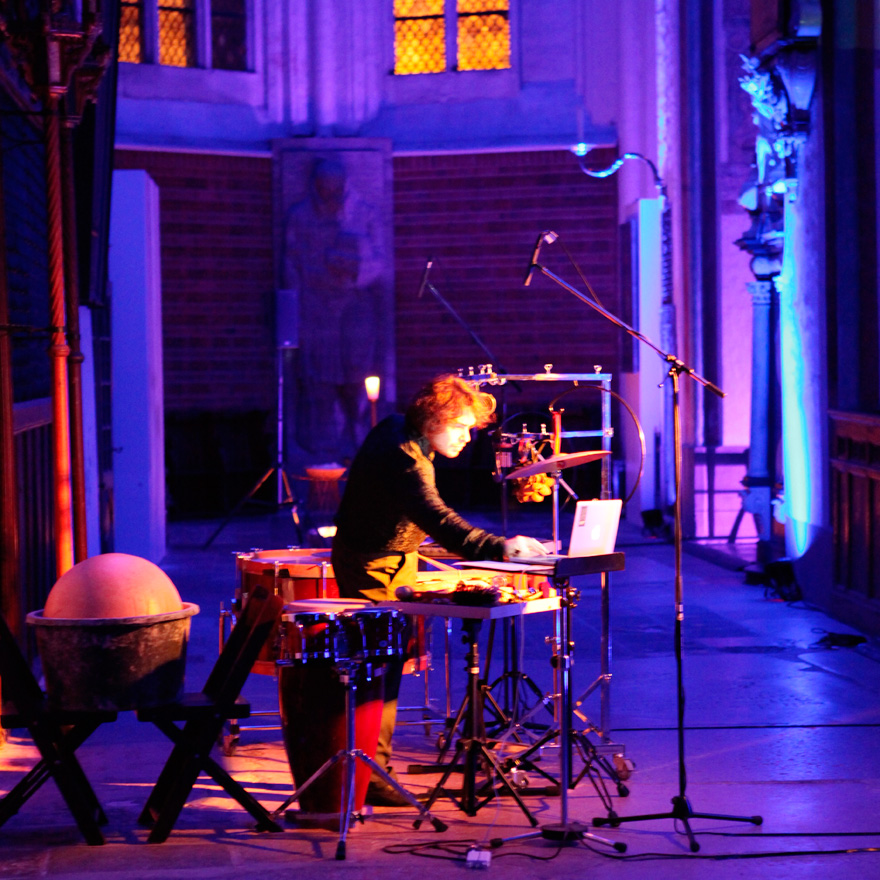
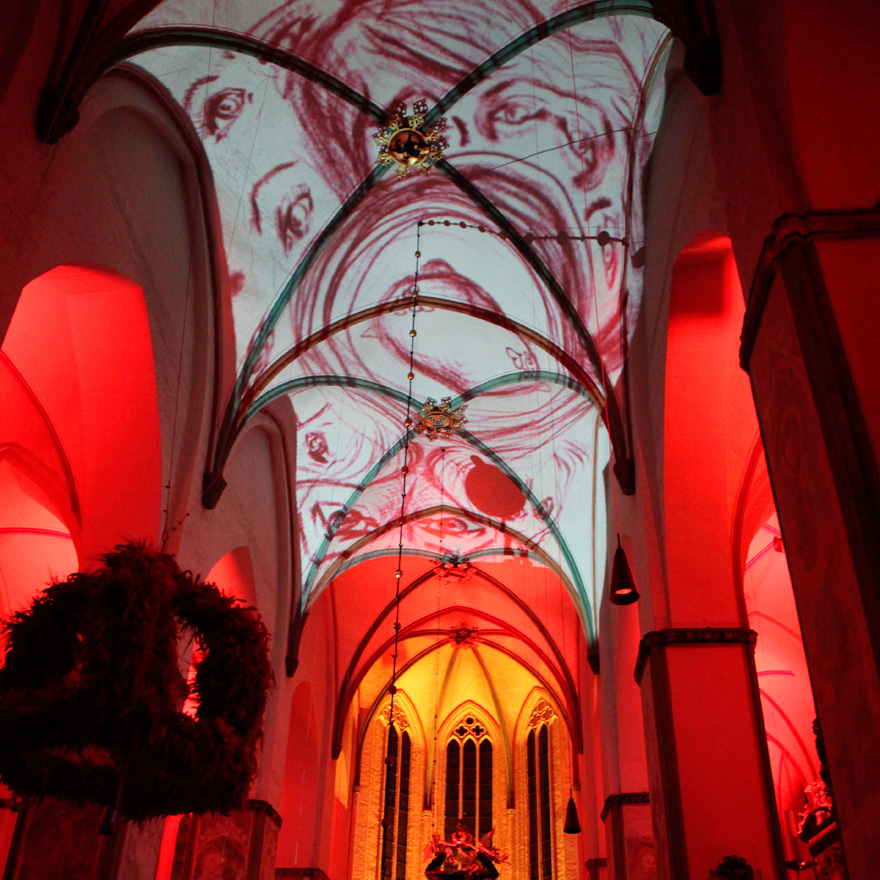
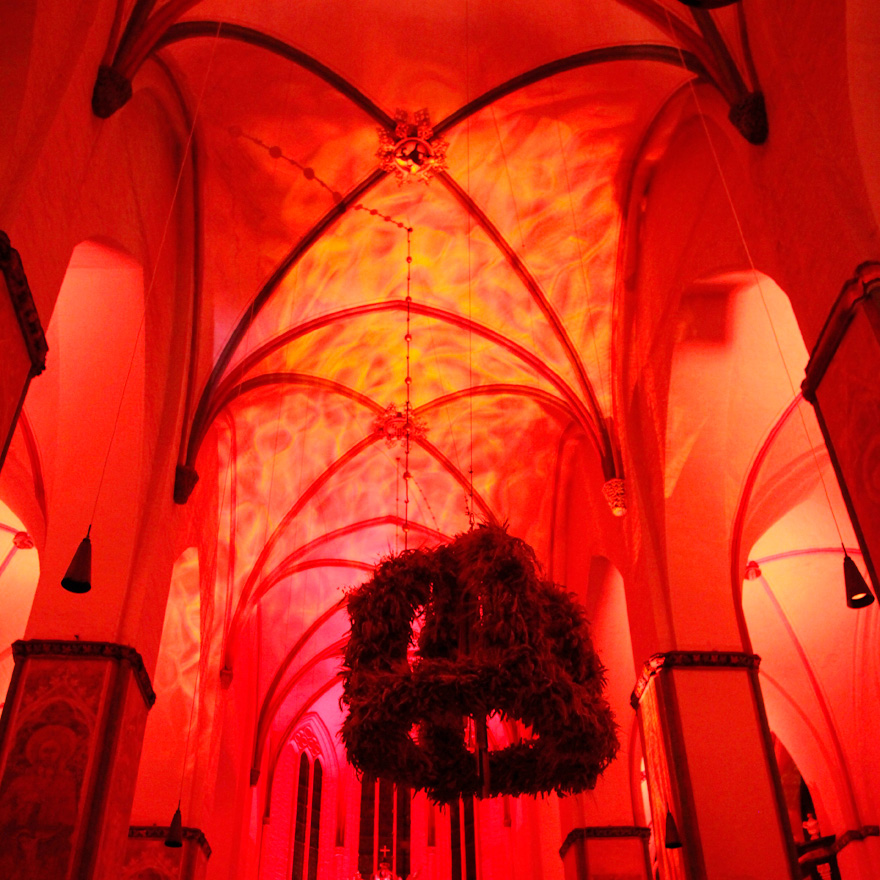
-
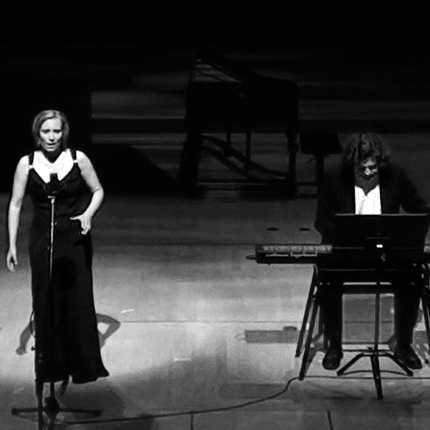
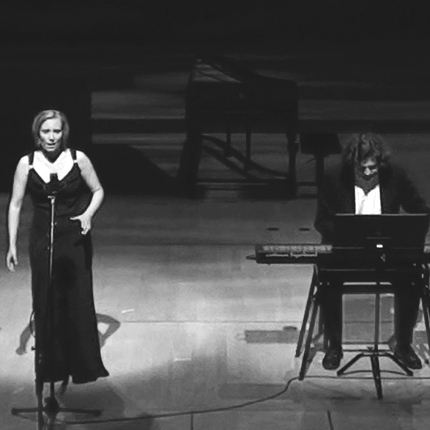

sounds of π –
flow my tearsfor voice, continuo bass and live electronics
Berit Barfred Jensen | Vocals
The project was inspired by the 16th century song Flow my tears by John Dowland.
The singing voice is accompanied on three tonal levels:
> Continuo bass, which is freely intoned on the Continuum Fingerboard
> Accompanying voices, derived from the singing voice using live electronics
> Pure sinusoidal tones, which sound in a mood based on the irrational, transcendental number πWithin the sound spectrum of the music, the soloist appears as the only human entity in a world of machines or futuristic garden: the tones sound like small machines, busy robotic insects or an artificial bird, twittering away in tonal modulations of the number π. Joining this sound picture are distant, artificial voices, derived from the singer’s voice, which enter into symbiosis with her. The sombre mood of the ancient song is thereby transposed into a futuristic sound scenario, in which machine entities appear able to learn human emotions.
The premiere took place in the Concert Hall of the Royal Danish Conservatory of Music on 27 August 2014, and was recorded by Danish radio.
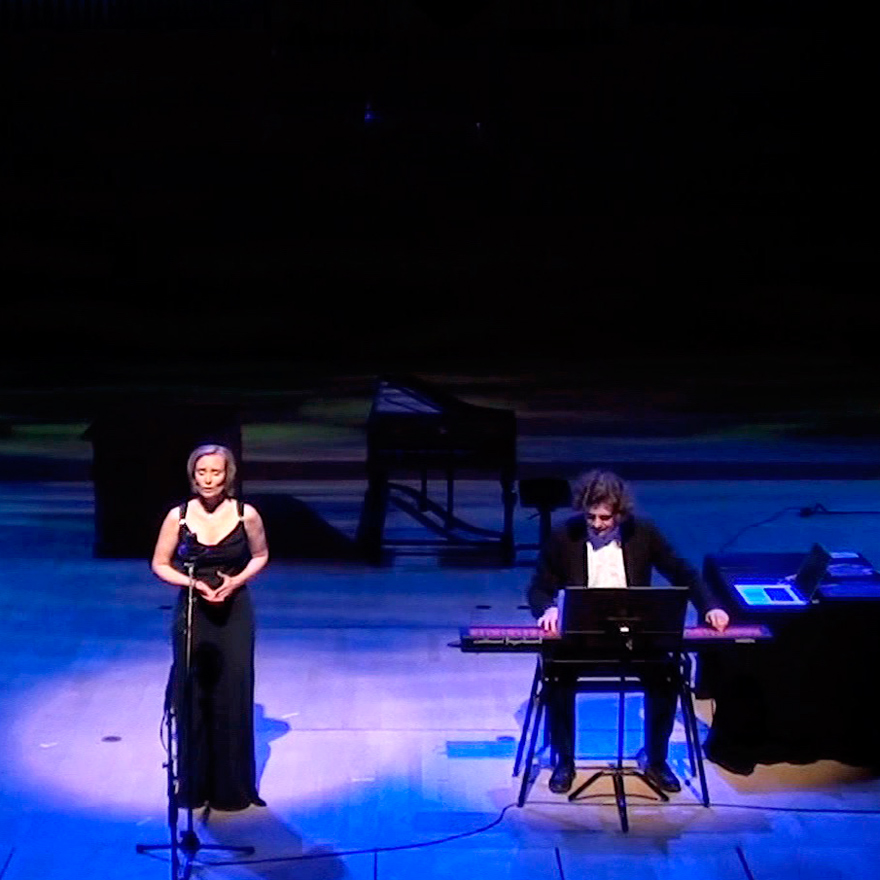
-
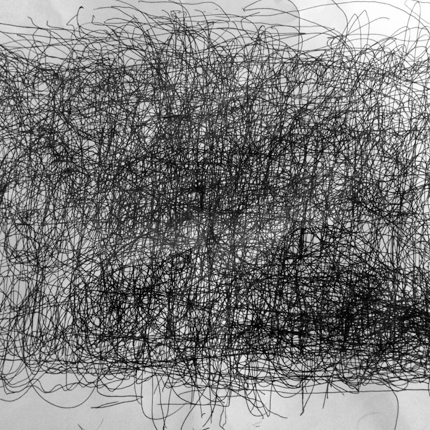
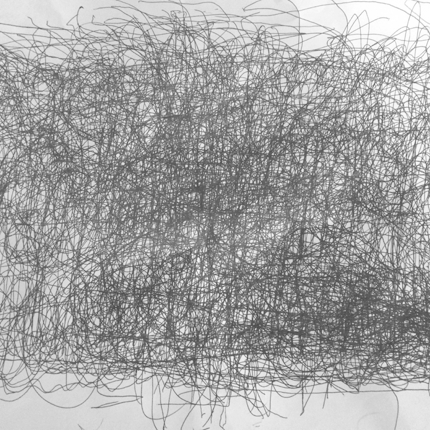

Sphaera
For 2 Organs with 4 Players
Graphic tablet | Live electronics (Kyma)Franz Danksagmüller | Composition
Premiere in St. Jakobi in Lübeck
at the Kyma International Sound Symposium (KISS 2014)
by the composer and
Arvid Gast | Natalia Uzhvi | Alexander Annegarn | Anne MichaelDuration: approx. 7 minutes
> Video recordingComposer Bernd Alois Zimmermann has taken a singular concept of time as the basis for his work – one in which past, present and future are not bound by the process of succession. «This succession does not exist in our intellectual reality … which possesses a much more absolute reality than the familiar clock, which merely serves to show there is no present in the strictest sense. Time curves and its ends come together to form a spherical shape.»
Sphaera is inspired by this concept of time and combines the sound of the organ with the complexity of our contemporary soundscape. In our daily lives, we people of the 20th and 21st centuries move between and through sounds of very different origins, which are compressed to form a present (the place and the time, in which we currently find ourselves).
The organ is often equated with the human body: the bellows correspond to the lungs, the wind represents the breath and thus the origin of life and sound. The piece develops from the organ’s «breath» and with the use of live electronics, increasingly melds into a thicket of everyday sounds (a jumble of voices, different music recordings, news pieces, etc.) The graphic tablet serves as the controller for the live electronics, while the traces left on it result in a graphic score being created.
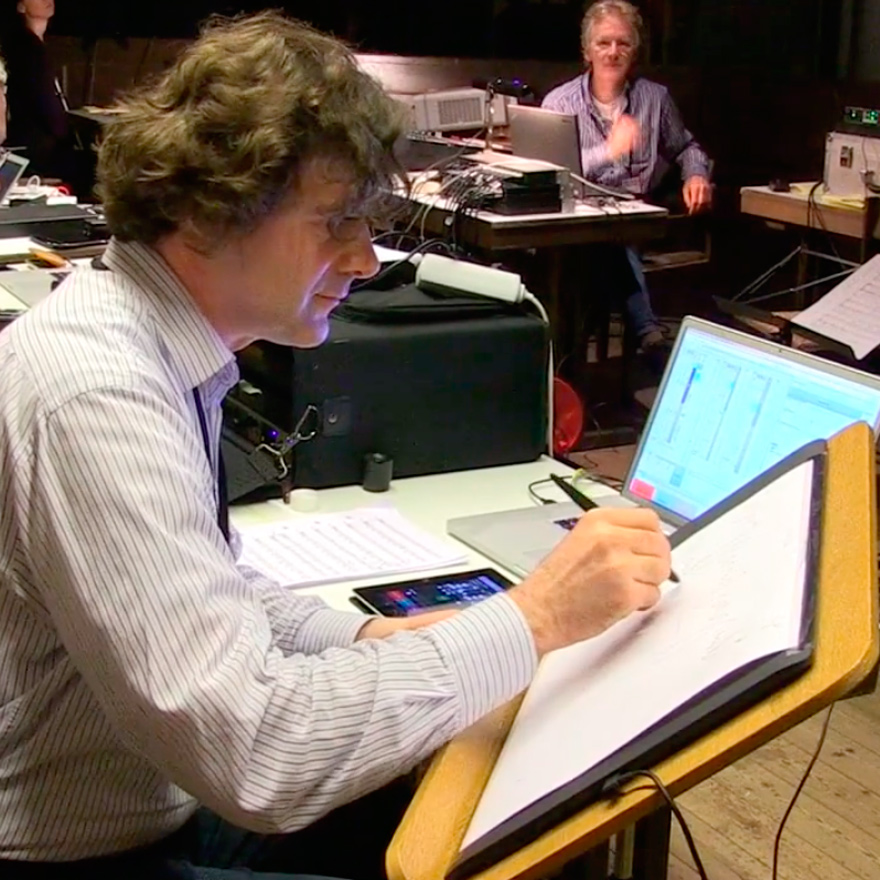
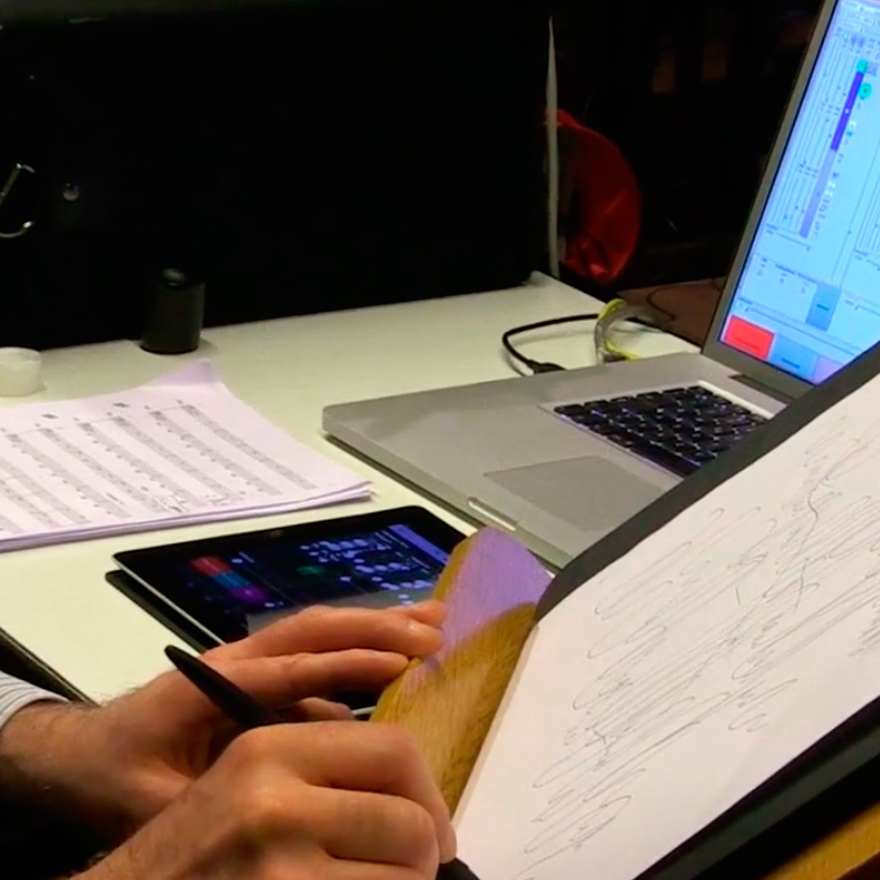
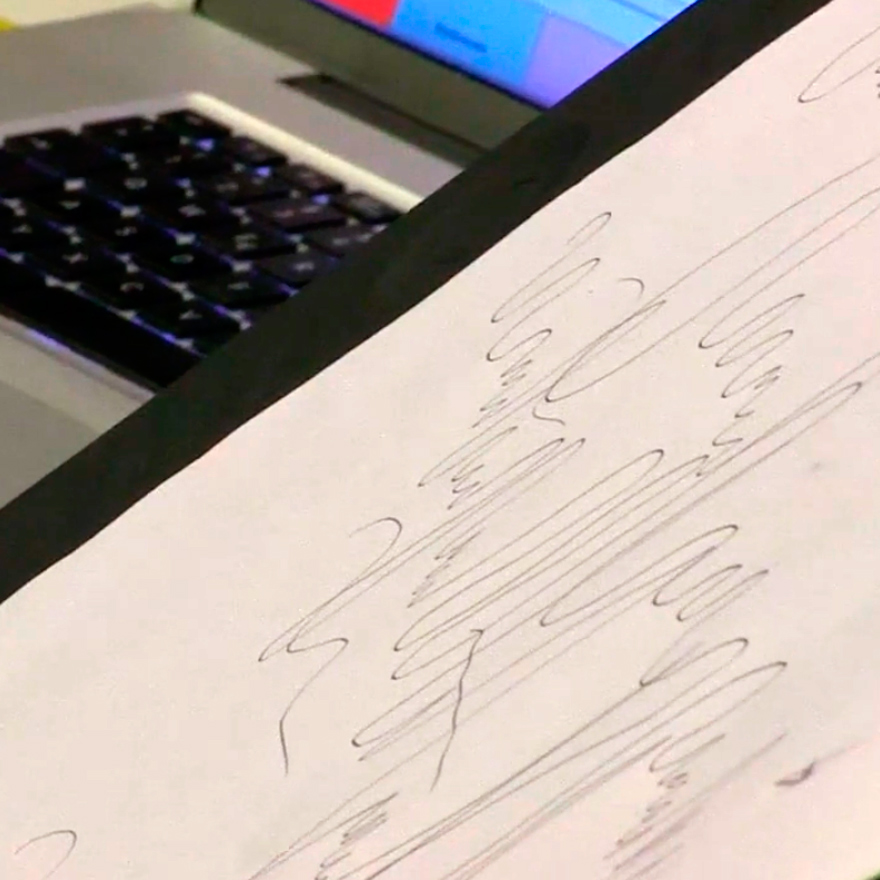
-
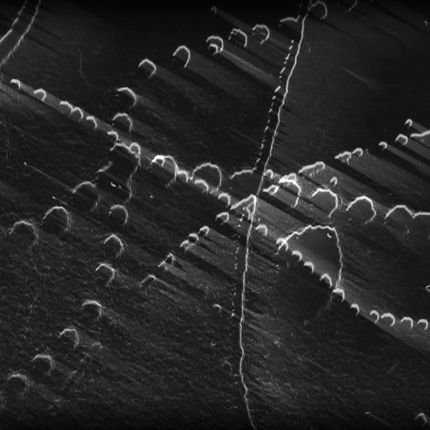
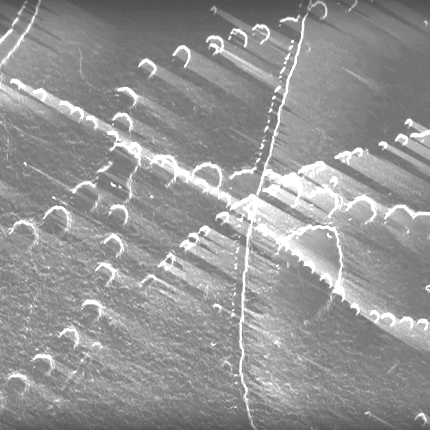

Graphic scores
György Ligeti | Volumina (1962)
Bengt Hambraeus | Extempore (1975)
John Cage | Fontana Mix and Souvenir (1958/1983)Interpretation: Franz Danksagmüller
Premiere: 22. Mai 2013 in St. Jakobi, LübeckThe programme graphic scores comprises of compositions that have been written down as graphic scores. Graphic notations use symbols, texts and colours in additional to conventional musical notation. This gives players greater free play in their interpretation. This kind of score is in part more an inspiration for improvisation than exact instructions on how to play. The interpreter thus becomes a «co-composer».
The compositions by Ligeti and Hambraeus are among the first graphically notated organ works and are classics in the organ canon of the 20th century. Fontana Mix by John Cage is a tool for generating aleatoric compositions. In this case the resultant parameters are used for programming the algorithm that creates the electronic sounds. Cage’s composition Souvenir is played at the same time – entirely in the spirit of John Cage.
To give the audience an insight into the thinking and approach of the interpreter, the scores by Franz Danksagmüller have been animated or brought into chronological sequence. These animated scores can thus be projected onto a screen or wall. For the premiere in St. Jakobi in Lübeck, the animated scores were projected onto the ceiling vault.
> Video György Ligeti: Volumina
> Video Bengt Hambraeus: Extempore
> Video John Cage: Fontana Mix and Souvenir
The programme is performed together with SPHAERA, a composition by Franz Danksagmüller (2014) and lasts approx. 60 minutes.
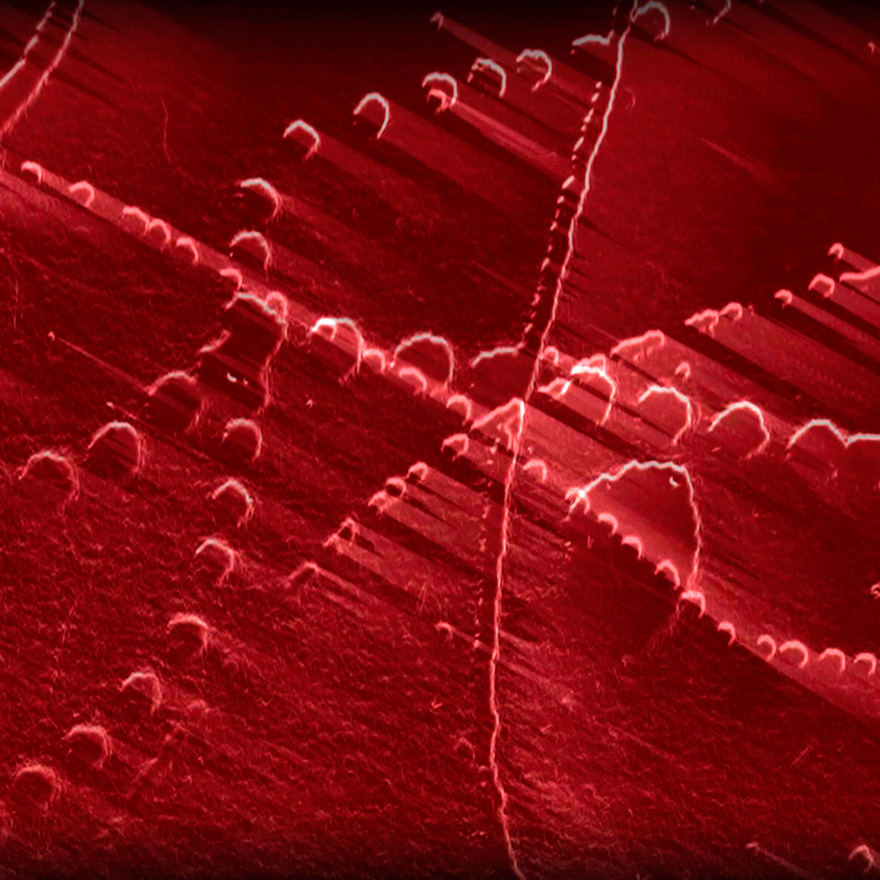
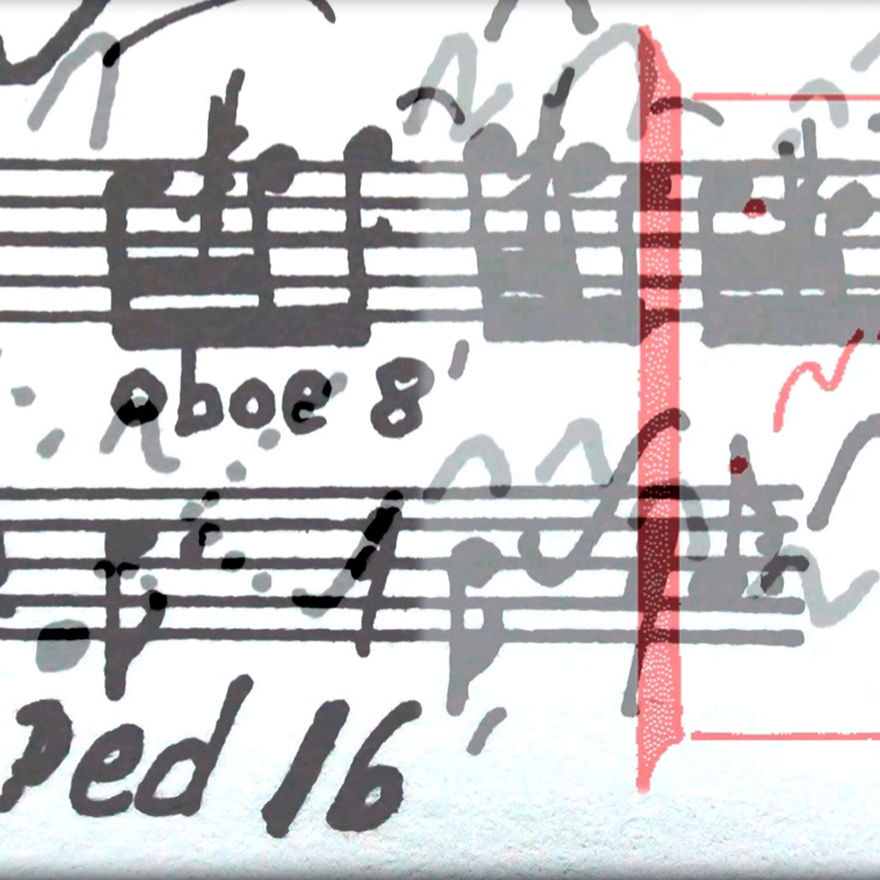
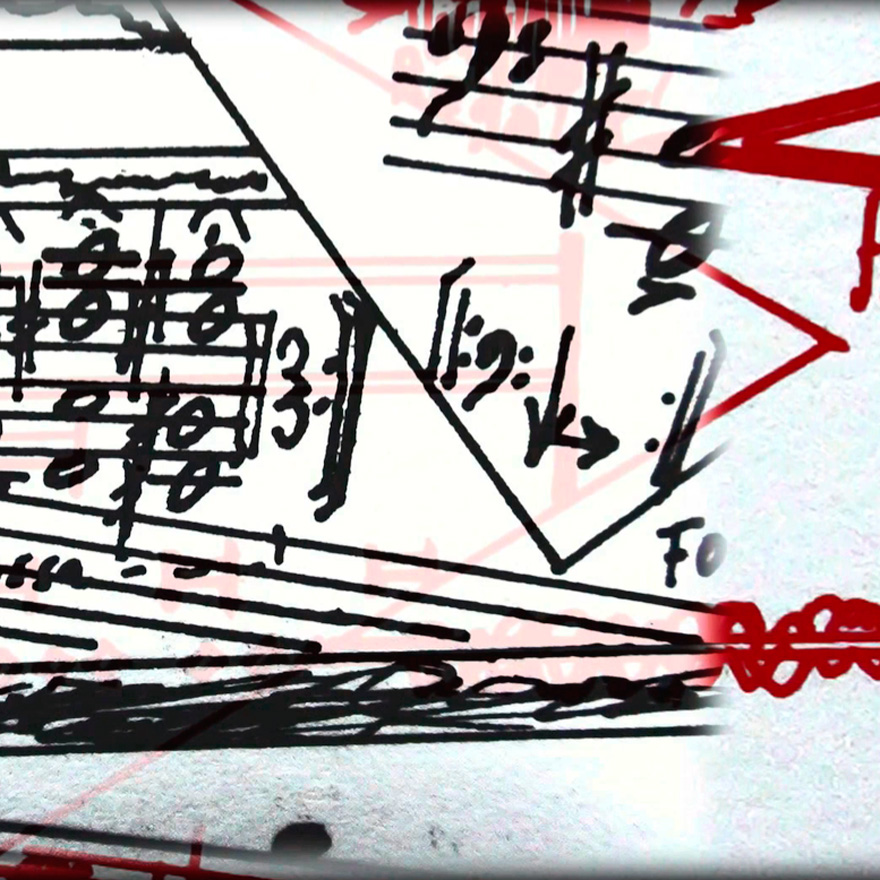
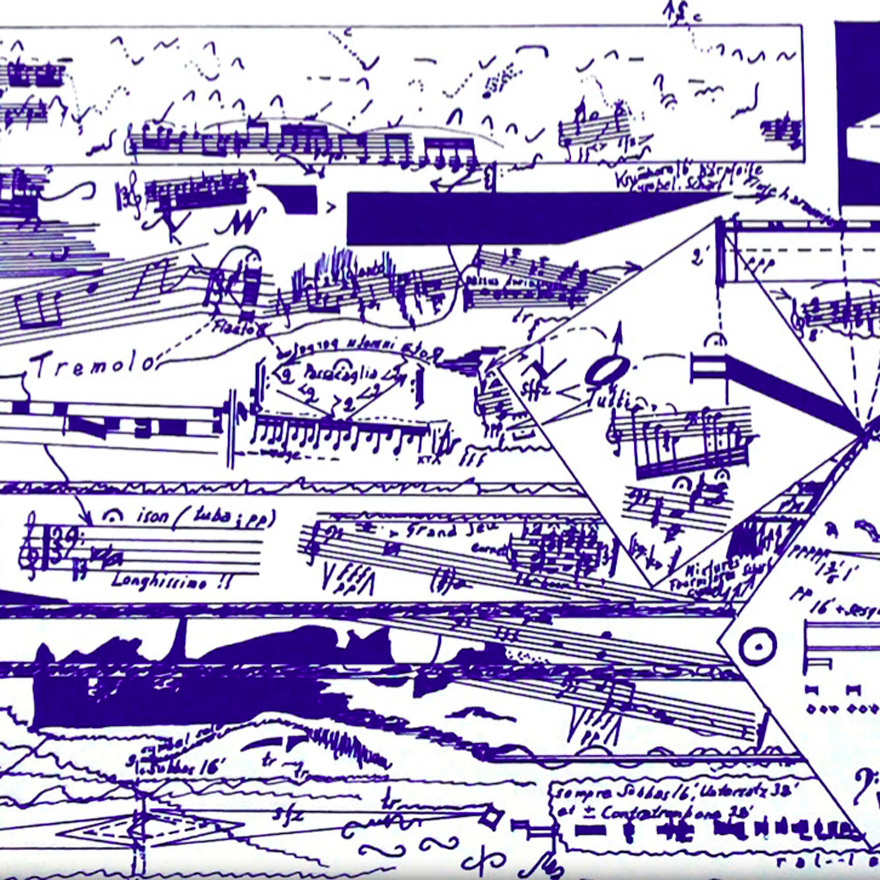
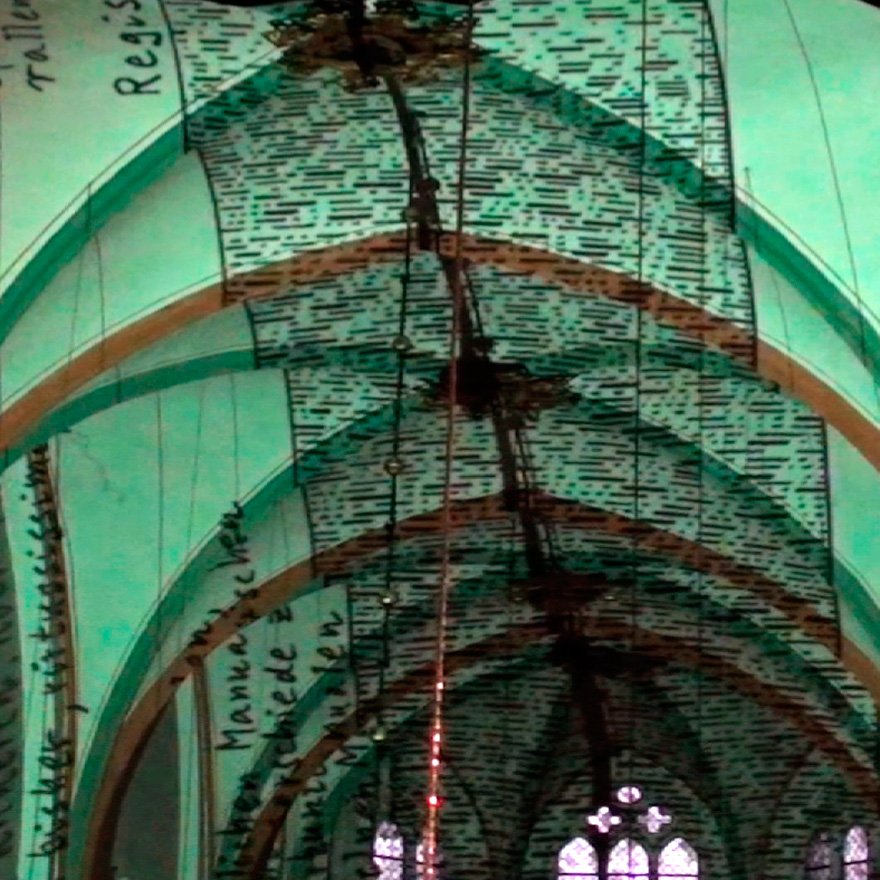
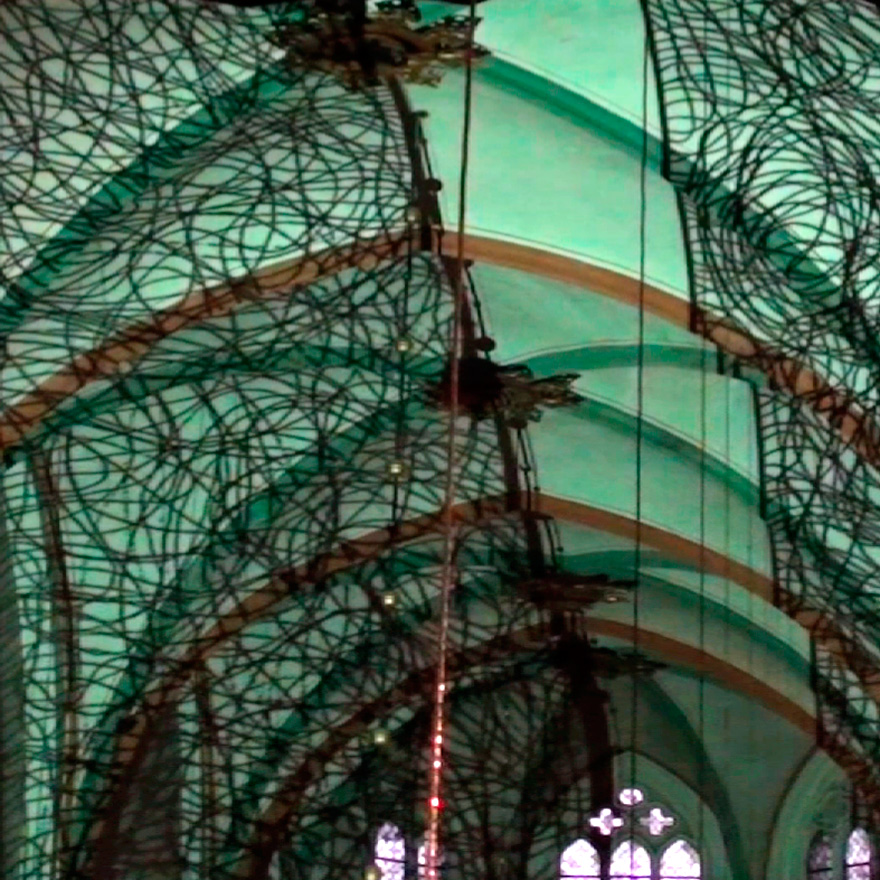
-
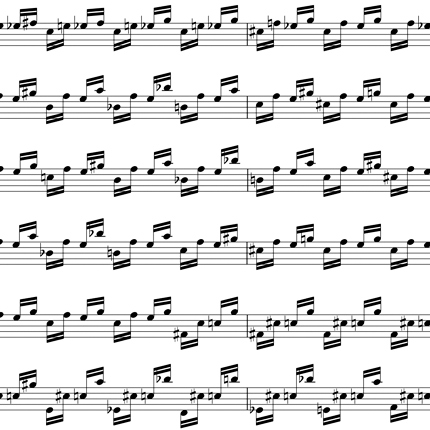
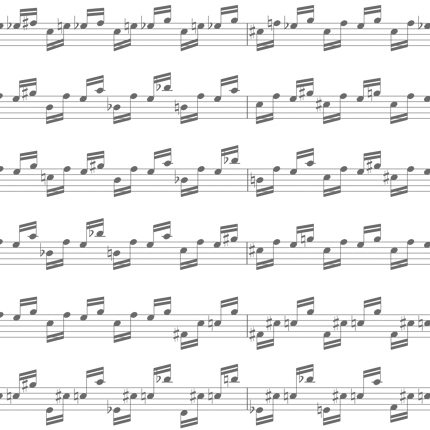

Seven Little Nightmares
For toy piano and soundfiles
«In the summer of 2012, Isabel Ettenauer asked me to write a piece for her. She sent me a link to an eBay auction of an old Schoenhut toy piano. I instantly fell in love with this charming instrument. I began improvising and ideas simply poured out. This is how this little suite came about.»
The suite premiered at the Rainy Days Festival 2012 in the Philharmonie Luxembourg.
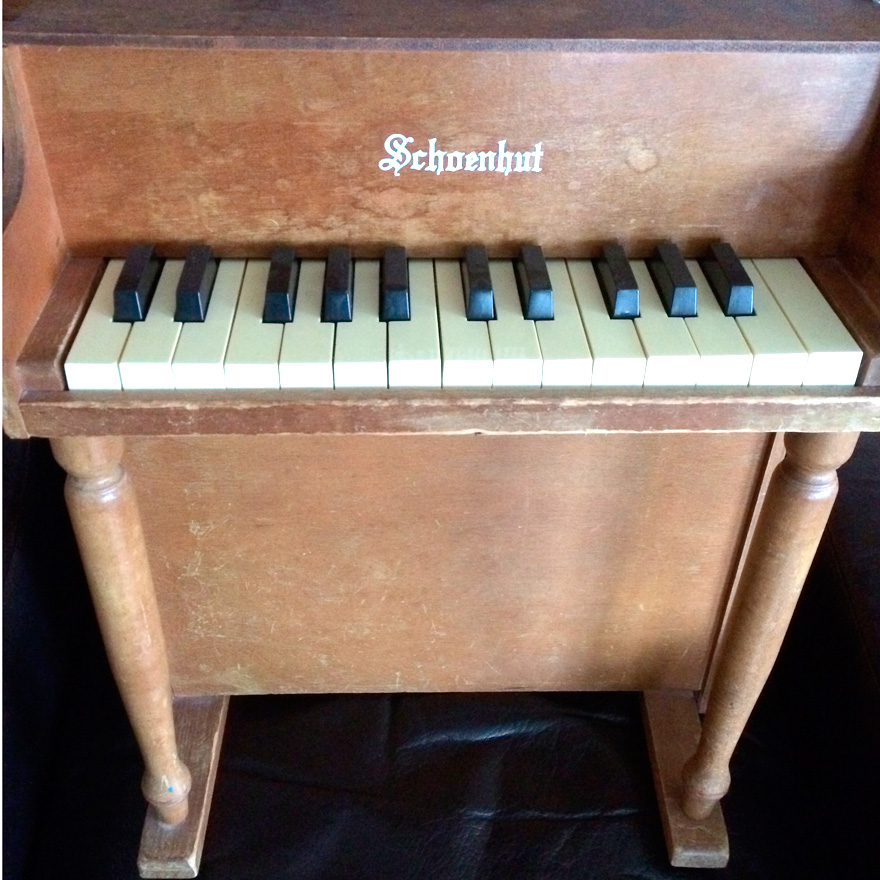
-
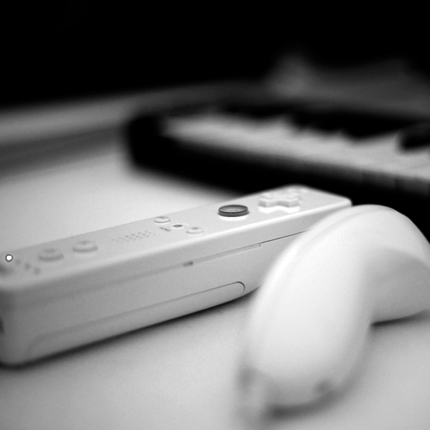
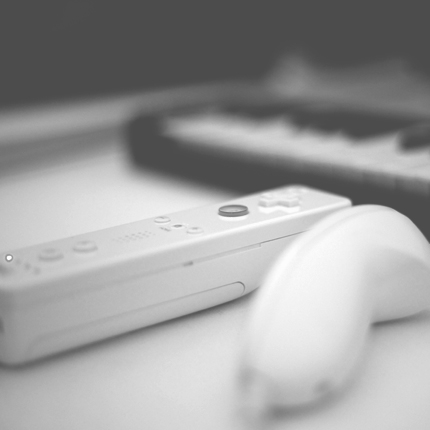

At the big dump
For orchestra | Live electronics (Kyma)
Soloists | Toy PianoCommissioned work by the Filmmusiktage in Halle
Premiere on 27 October 2012 as part of a gala concert
in the Halle Opera by the Staatskapelle Halle
under the direction of Bernd Ruf
Live broadcast by MDR FigaroLive electronics | Franz Danksagmüller
Toy Piano | Benjamin Köthe
Vocals | Anke SieloffDuration: 10 minutes
The composition describes an apocalyptic scenario: at a large rubbish dump, creatures with artificial intelligence (called Graham, Rachel and Vicky) meet with the few remaining people on earth. The latter are searching through the rubbish for mementoes and remembering old songs and dances as they do so. The creatures with artificial intelligence observe the humans and then begin singing themselves – attempting in this way to get closer to human nature.
The electronics on this occasion are controlled by Wiimote and Nunchuck. In this way the singing tempo of the artificial creatures, for example, can be synchronised with the tempo of the conductor.
Mitteldeutsche Zeitung | 28. Oktober 2012
«With a musical innovation of a very different kind, Franz Danksagmüller – composer and virtuoso «Wii» operator – astounded the audience with his futuristic intellectual game At the Big Dump. Controlled via a computer and the game console, he created electronic sounds that distorted human voices and the sounds of real instruments, thus providing the background for an apocalyptic world that is animated by machines.»
> Full article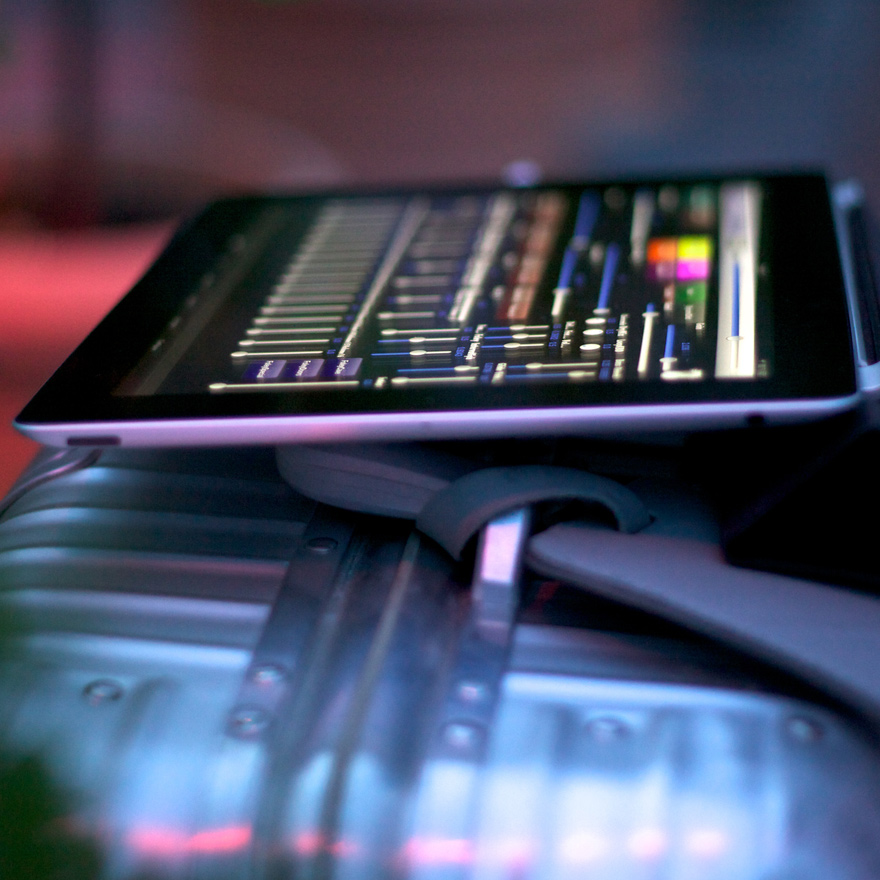
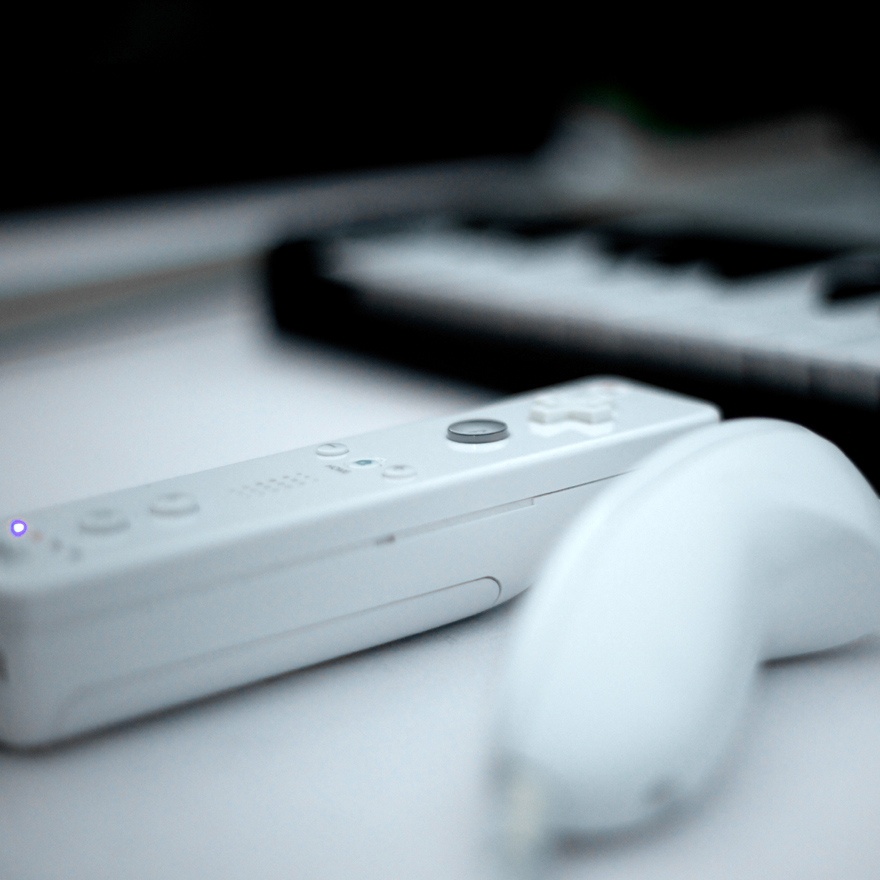
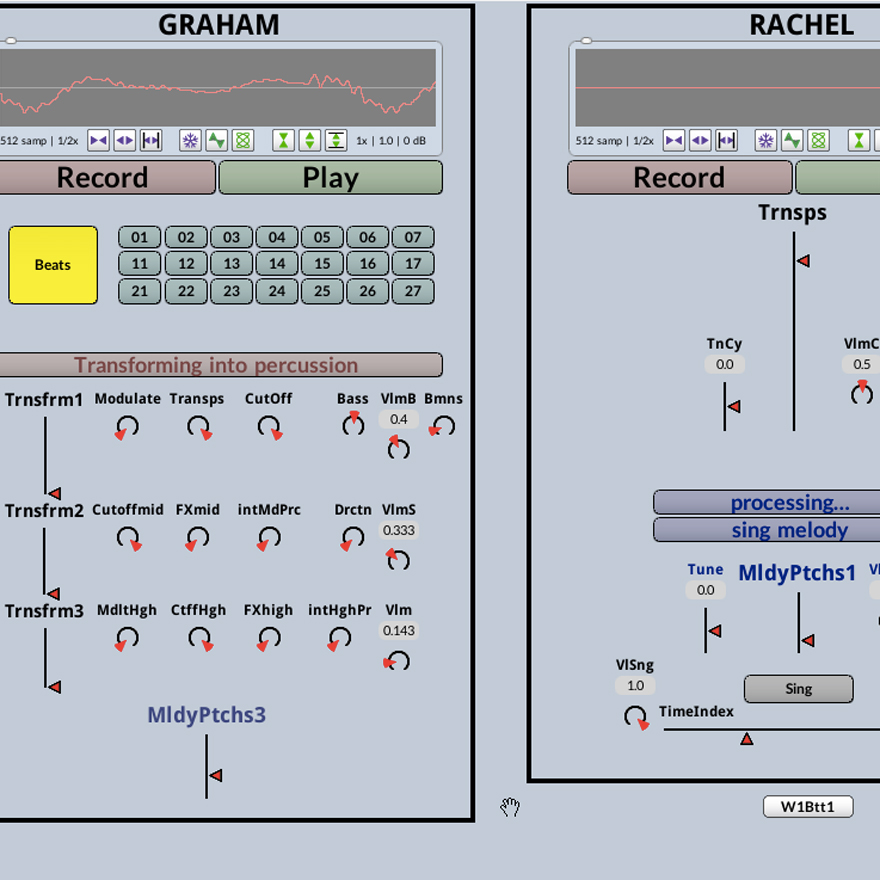
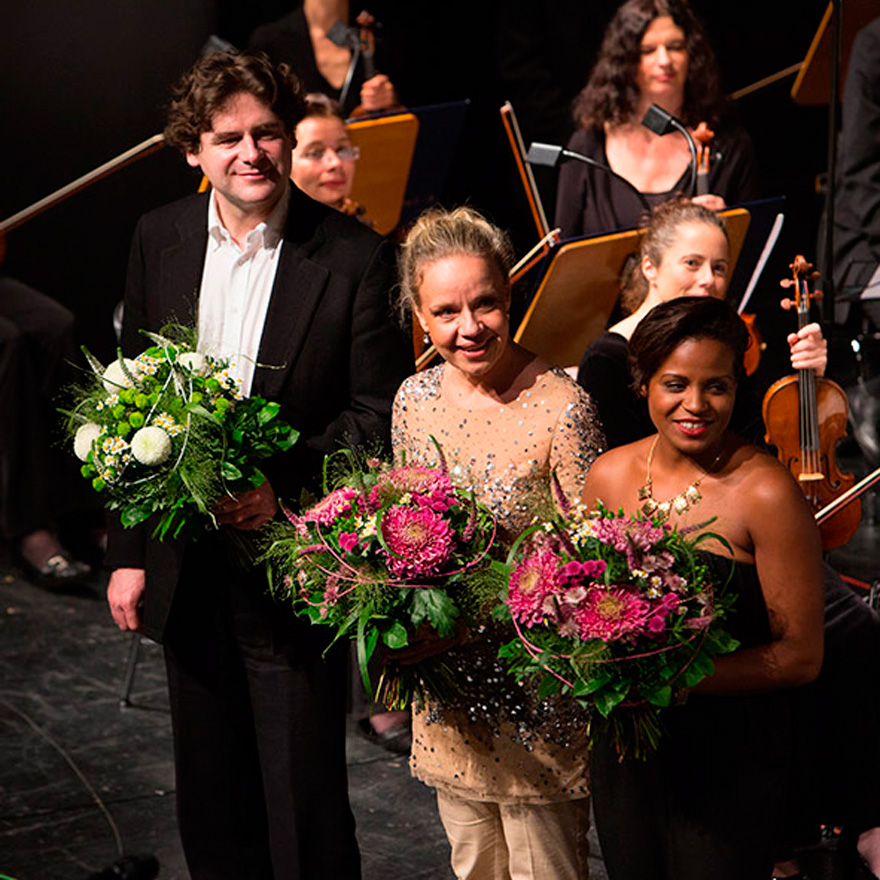
-
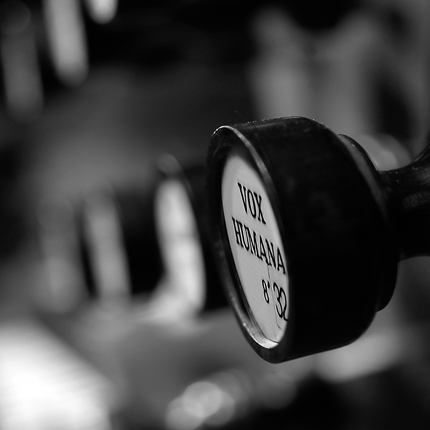
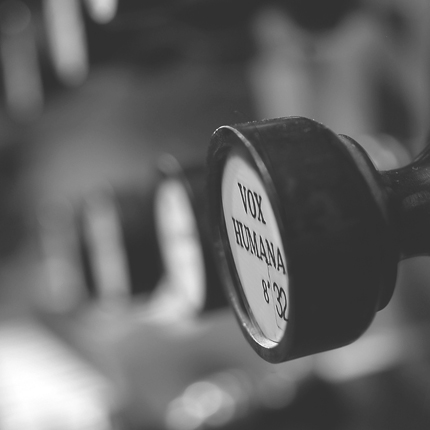

Compositions for Choir
passio
Commisioned work
for the Dommusik St. Pölten | ÖsterreichPremiere on Good Friday, 10 April 2009
as part of the Good Friday liturgy in the Cathedral of St. Pölten
Instrumentation: Choir | soloists | speakers | string quartet | organ and congregation
Duration: approx. 30 minutesThe composition is based on the Passion according to John and is specifically written for the liturgy. This is a reworking of an earlier version for choir, soloists, speakers, drums and live electronics.
veni!
Commisioned work for the
Chorszene NiederösterreichPremiere on 6 November 2009
by Chorus Musical Sacra Krems
under Alfred Endlweber in the Minoritenkirche in Krems | Austria
Ensemble: mixed choir
Duration: 6 minutesThe composition is based on the Latin hymn «Veni veni Emmanuel». A recording can be heard on the CD Vielstimmig 5 zu hören.
metamorphosis
Commisioned work for the
Niederösterreichischen VokalakademiePremiere on 4 August 2006
under Heinz Ferlesch in Melk | Austria
Ensemble: mixed choir
Duration: 6 minutesThis composition is on the CD Vielstimmig 2 enthalten.
Between 1999 and 2005 Franz Danksagmüller was organist and resident composer at the Cathedral of St. Pölten | Austria. The following choral compositions were written during this period:
plena est terra for mixed choir | live electronics
Psalm für Solo | for soloist | mixed choir | live electronics
(recording by ORF)
Credidi for soloists | mixed choir
Offertorium for mixed choir | organ
Psalm XIX for mixed choir | live electronics
(recording by ORF)
Psalm 116 for speakers | soloists | choir | live electronics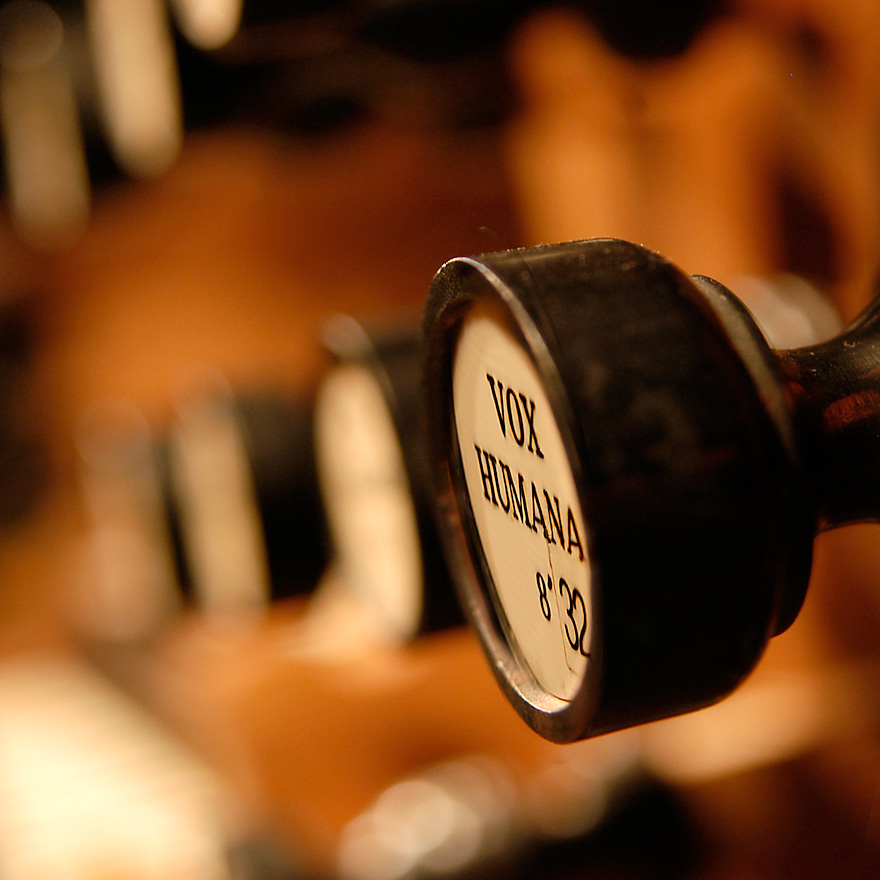
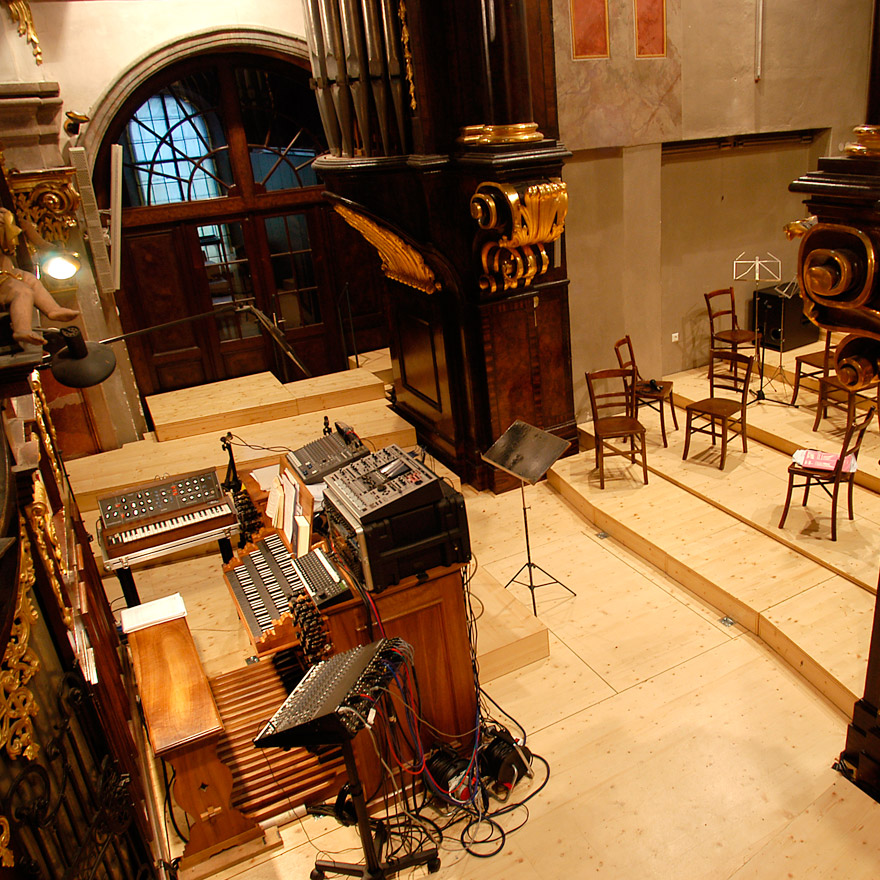
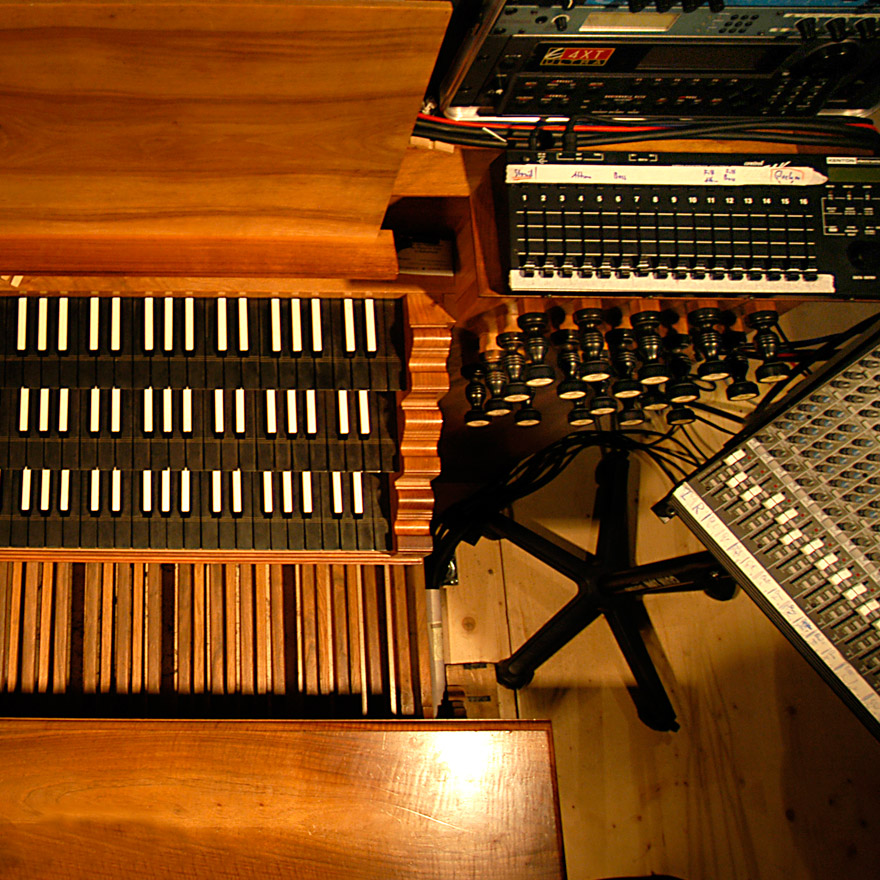
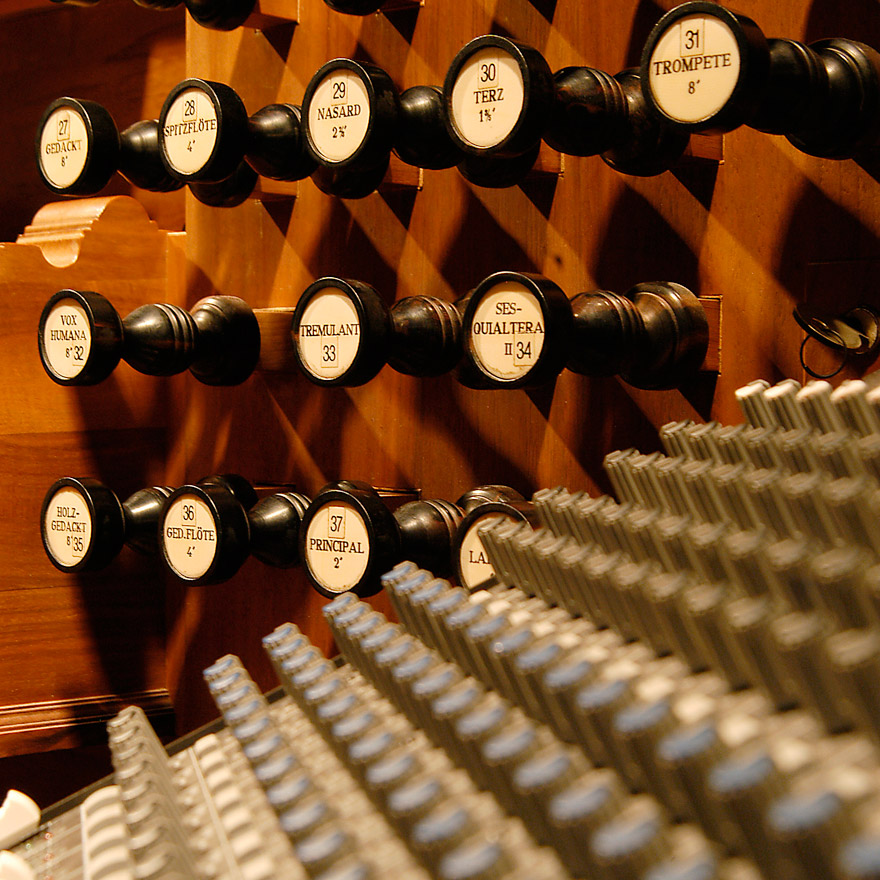
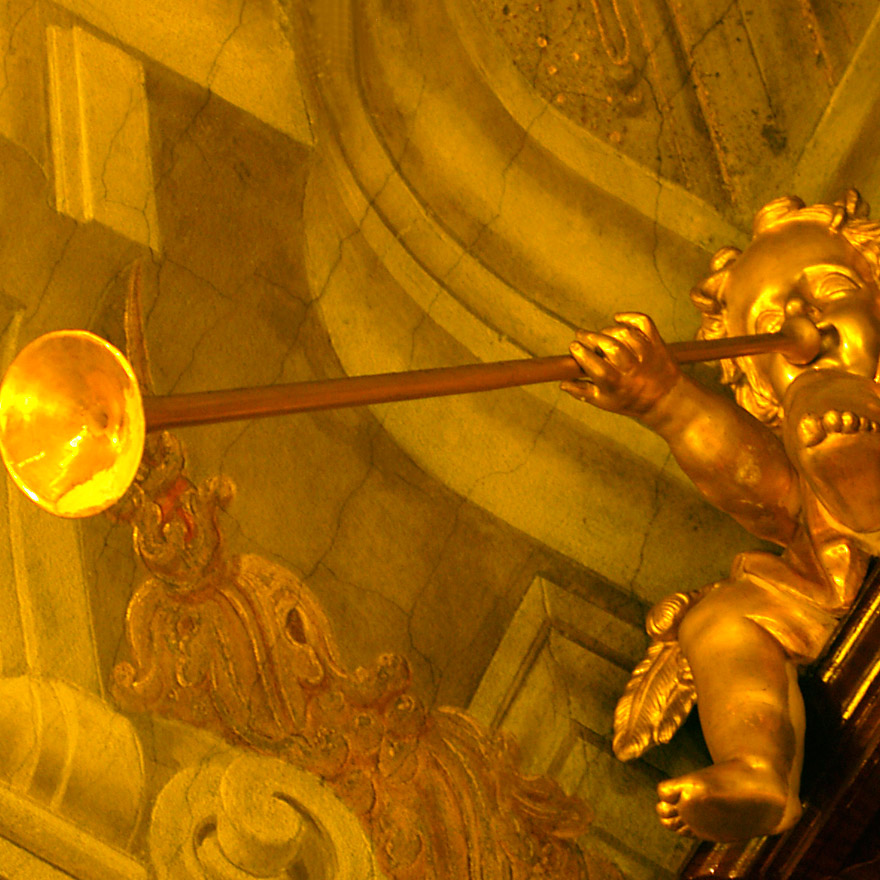
-
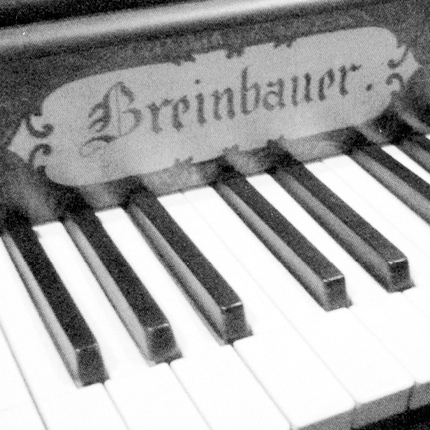
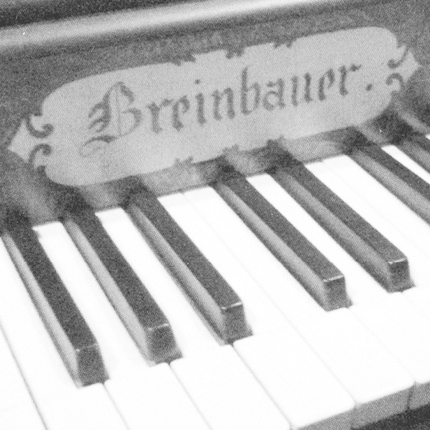

Music of the Biedermeier
Organ works of the late baroque
and early romantic periodsBeginning with one of the last pupils of J. S. Bach – Johann Christian Kittel – an arc is spanned from his pupil Johann Christoph Heinrich Rinck to Johann Christoph Oley, Johann Gottlieb Müthel, Simon Sechter (Anton Bruckner’s teacher), all the way to Felix Mendelssohn-Bartholdy and Johannes Brahms.
This period in the history of organ music is a particularly fascinating one: on one hand the style of many compositions moves between baroque and classical, on the other hand many works prepare the way for the great compositions of the German romantic period. Thus we find the beginning of the postlude No. 27 by J. Ch. H. Rinck appearing in the opening bars of Felix Mendelssohn-Bartholdy’s First Sonata. And it appears as if Franz Liszt adopts the theme of the fugue in No. 26 of the same collection for his famous «Fantasia» and «Fugue on Bach».
2009 a CD with this programme played on instruments by Austrian organ builder Josef Breinbauer came out.
Organ in Pfarrkirche Aschach on the Danube from 1876
Organ in Pfarrkirche Saxen from 1855Works by:
F. Mendelssohn-Bartholdy | J. Brahms | M. G. Fischer | J. C. Kittel |
F. P. Lachner | J. G. Müthel | J. Ch. Oley | J. Ch. H. Rinck | S. Sechter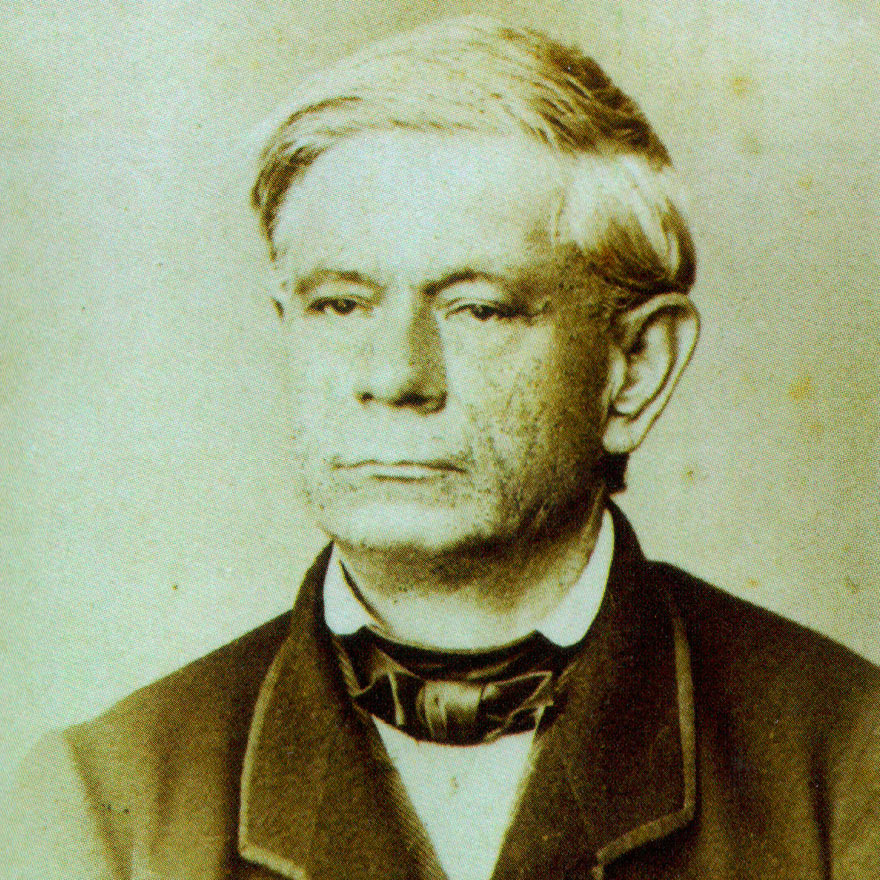

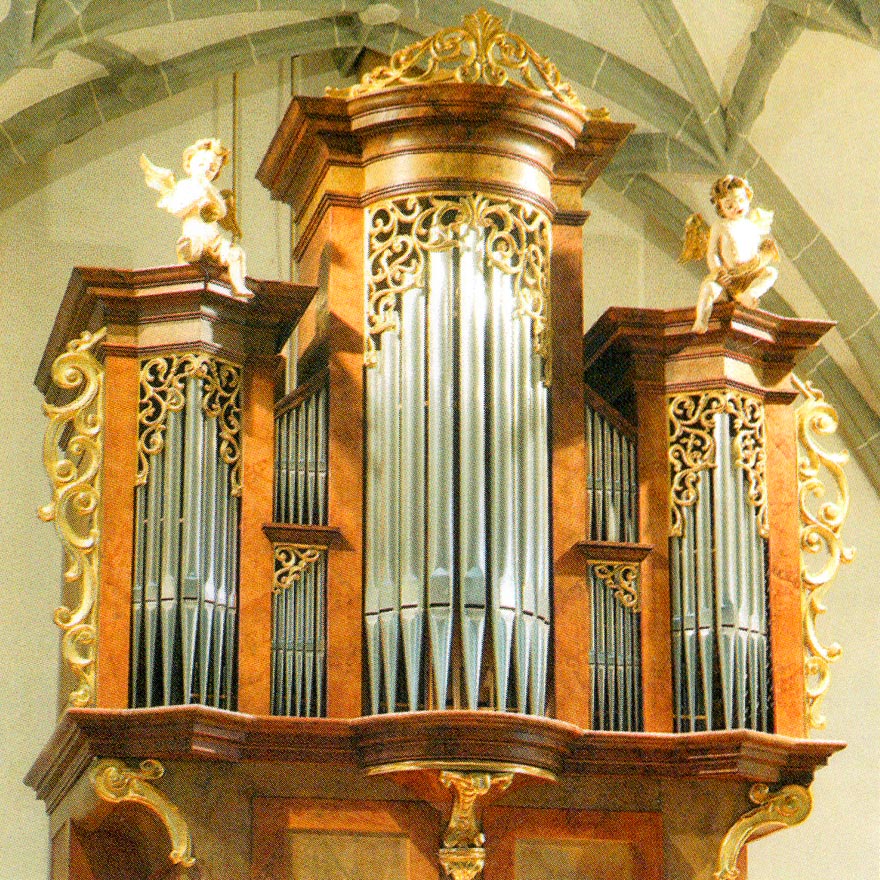
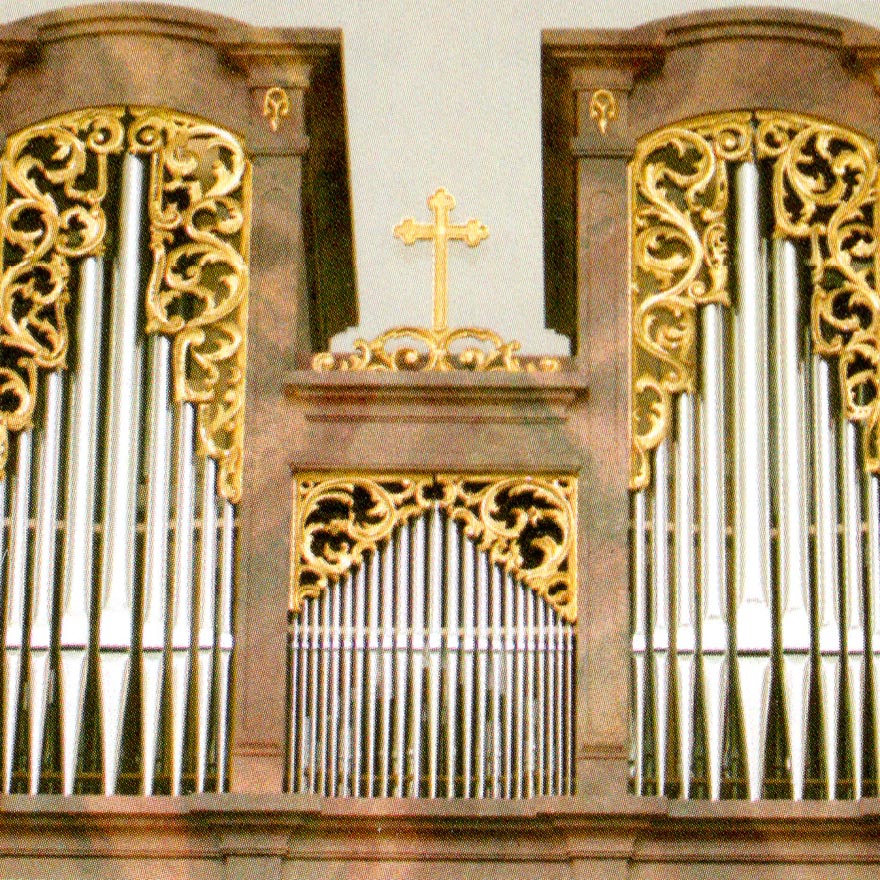
-
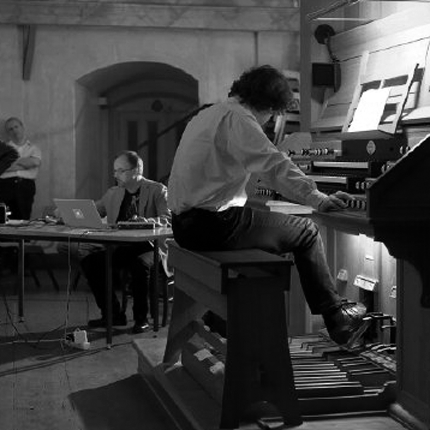
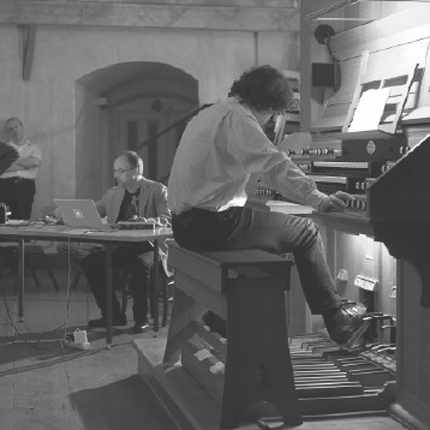

deconstructing mozart
Premiere: 23. September 2006
Festival Musica Sacra | St. Pölten, DomKarlheinz Essl Computer, live electronics | www.essl.at
Franz Danksagmüller OrganThe slow introduction to Wolfgang Amadeus Mozart’s Dissonance Quartet KV 465 is full of harmonic audacities, which amazed Mozart’s contemporaries and still puzzle us today. Here Mozart invented a form of music that brilliantly flouted the tonal conventions of his time and pointed the way far into the future.
A recording of this introductory passage, played with four hands by organists Franz Danksagmüller and Karlheinz Essl on the cathedral organ in St. Pölten, serves as the original material for Deconstructing Mozart, which was premiered as part of the Festival Musica Sacra in the Cathedral of St. Pölten on 23 September 2006.
A number of tonal structures were extracted from this organ recording. These constitute the raw material for the electronic composition and improvisation environment m@zeº2, developed by Karlheinz Essl. Perhaps this process can be compared with the work of an alchemist in his laboratory, obtaining precious colour pigments and paint substances from natural substances, before using them to paint a picture intended to render tangible the «air from foreign planets».
Deconstructing Mozart I > live recording
Deconstructing Mozart III > live recordingMore information about the project
www.essl.at/works/deconstr-mozart.html
Reviews
Mozart deconstructed | Claudius Caravias
in: Niederösterreichische Nachrichten, St. Pölten 25.09.2006
Karlheinz Essl and Franz Danksagmüller pitched into the music of Wolfgang Amadeus Mozart in the Cathedral of St. Pölten last Saturday. As part of the Musica Sacra concert series, they percussed Mozart’s «Dissonance Quartet», a composition full of harmonic audacities, following a digital and analogue approach. Mozart deconstructed is the name of the composition by Karlheinz Essl, who contributed the electronic sounds. He was accompanied by Franz Danksagmüller, who produced an astonishingly digital sound on the cathedral organ.The result was a very compelling, meditative mix of a seemingly new sound world. Essl plays with Mozart’s work, dissolving and recompiling it. Mozart would certainly have enjoyed this sound performance.
St. Pölten – Musica Sacra | Claudius Caravias
in: Österreichische Musikzeitschrift 11-12 | 2006
A very special kind of encounter took place in the Cathedral of St. Pölten. Visitors to the Musica Sacra concert ‘Mozart deconstructed’ experienced composer Karlheinz Essl performing a world premiere of this work. First Mozart’s «Dissonance Quartet» was taken apart. Essl then collected the constituent parts of the composition in his computer, set a fascinating digital centrifuge in motion and generated completely new sound spectra from Mozart’s original composition. The cathedral was transformed into an integral soundscape, loudspeakers distributed along the nave the audience to sink into an incredible world of sound, packed with spherical fascination.Franz Danksagmüller supplied the analogue part on the cathedral organ. It was quite astonishing to hear how he adapted the church organ to the digital world with partly pulled stops, blocked keys and dissonant clusters. Essl extracted new structures from Mozart’s music by assembling images from its constituent parts, just like a painter who draws from the power of colours. Mozart would really have enjoyed this sound performance!
© Bilder: Peter Kainz
